(follows from part I)
«Land of bare mountains, of plains heated by the sun and frozen by the cold, where the diseases of cattle and men, plague, anthrax and smallpox reign; land of hot springs and mountain passes guarded by demons, of sacred lakes teeming with fish; land of wolves, rare species of deer and mouflons, of millions of marmots, horses, donkeys and wild camels, all animals that have never known the bridle, land of ferocious dogs and birds of prey that devour the corpses that that people abandon in the plains: such is Mongolia.
Homeland of people who are disappearing and watch the calcined bones of their ancestors whiten in the sun, people who conquered China, Siam, northern India and Russia, and whose chests collided with the iron spears of the Polish knights who were defending then Christianity from the invasion of wild and nomadic Asia: such is Mongolia.
A land of great natural wealth that also produces nothing, needs everything, and seems to suffer from all the evils and cataclysms of the world: such is Mongolia. "
(FA Ossendowski, "Beasts, men, gods", chap. XVII, "Mysterious Mongolia")
As some of you readers probably already know, the month of August saw me on a trip to Mongolia — especially in the northern region bordering Siberia - during which, with the support of the Bolod guide (http://www.bolodtours.com/) I had the opportunity to visit the most significant places, to learn the habits and customs of the nomadic population and to collect material for a series of articles that will be published on AXIS mundi as well as on other publications. Pending the publications in question, I decided to publish a report photographic (divided into two parts) of the journey, accompanied by short notes, with the aim of bringing the reader closer to the discovery of the Mongolia first of all from a visual point of view.
[Click on the photos to view them in full screen]
4 - Bulgan / Selenghe.
The provinces of Bulgan and Selenghe are characterized by immense valleys interspersed with rivers (the most famous is precisely the Selenghe river, which gives its name to the territory it crosses), conifer groves, now inactive craters, and the usual, omnipresent , egg shamanists, on whose mounds of stones the faithful leave the most disparate offerings (money, personal items, sacred icons, horse skulls, crutches). At the Buddhist monastery of Bulgan, whose foundation dates back to the XNUMXth century, Ferdinand A. Ossendowski first met the semi-legendary Baron Roman Nicolaus von Ungern-Sternberg. On its ceiling you can admire the symbol of Kalachakra, a term that in Buddhism Vajrayana indicates the samsaric wheel of time, time cycles, deaths and rebirths. Today in this place the very young lamas play carefree with a puppy dog: here sacred and profane intersect in a palpable way.
5 — Khövsgol.
Lake Khövsgöl is the second largest in the country by area after UVS Nuur, but the first by volume due to its depth (about 140m compared to only 12 by UVS). It contains about 70% of the country's fresh water, which is why the natives refer to it as the "Sea of Mongolia" and consider it sacred, just as Siberians consider sacred the "twin" lake Baikal, the largest in the world. whole Asia. Indeed, already in the Khövsgöl region you can breathe the air of the Siberian taiga: in addition to the typically alpine lakes, you will come across groves of larch and birch trees, rivulets and streams. On the shores of the main lake and on the wooded paths you can meet, in addition to the horses that are raised by the natives living in colorful wooden houses, even substantial herds of yaks.
6 - The Tsaatan: reindeer-men.
In the extreme north of Mongolia, on the border with Siberia, live the last 230 members of the Tsaatan tribe (lit .: "reindeer men"), an ancient ethnic group of Turkish-Altaic origin with their own tradition and language that lives in symbiosis with the their own reindeer, from which they get everything they need for sustenance. The Soviet regime in the 30s tried in vain to "flush out" them and persuade them to abandon their traditional life, with the illusion of a job and a sedentary life. They are very attached to their shamanic traditions and live in tents similar to those of Native Americans, testifying to the ancient migration through the Bering Strait.
7 - Tsagaan Nuur: the White Lake.
Tsagaan Nuur is the last village of wooden shacks scattered in the steppe accessible by jeep before reaching the vast taiga, on the border with Russia, inhabited by "reindeer-men". To give it this name (lit .: «White Lake») is the glacial water mirror that represents the greatest naturalistic attraction of the area in question, on whose calm waters you can spot flocks of swans. The surrounding area is entirely volcanic: from the semi-artificial pyramidal structures of magmatic rock that line the lake to the inactive crater in its surroundings it almost seems to be in Iceland more than in Asia.
8 - Stele of the Deer, ancient tombs, Uighur fortresses.
The name of the Mongolian monoliths known as the "Stele of the Deer" derives from the fact that on their surface, in addition to lunisolar symbols and inscriptions in ancient languages, deer in flight have been carved. Archaeologists have unearthed over 500 similarly recorded stones across Mongolia. It is believed that they were built by the ancient populations who lived in these steppes, the Scythians and the Cimmerians, in the Bronze Age (about 1000 BC). The Steles in the photos are located in the Arkhangai province. The Bronze Age civilizations also built ancient mound tombs, consisting of a pile of stones stacked one on top of the other and sometimes surrounded by a rectangular perimeter which was also stony. The tradition and use of burial sites was then continued by more recent populations, including the Huns. Of more recent age (VII - X century AD) are instead the fortresses built by the Uighurs, which denote a very peculiar architectural style.
9 — North-central Mongolia.
Just outside Ulan Bator, near a egg, stands a statue of a well-known shaman, who died in a road accident a few meters away, a few years ago. It was erected by his pupils and by the people he had helped and healed with his art in life: they see in his tragic fate a kind of sacrifice, as after his death many of them experienced an unexpected improvement in their conditions of health or a sudden increase in pdiscover shamanic powers. People leave votive offerings under the statue, including bottles of vodka (in Mongolian shamanism this alcoholic drink has great relevance) and a wooden statuette representing a wolf, an animal that, due to its propensity to live on the margins of society, fully reflects the shaman's approach to existence. At the National History Museum of Ulan Bator you can admire, in addition to petroglyphs dating back to the Paleolithic and late Neolithic times, traditional costumes dating back to various historical periods and other characteristic Mongolian objects (ritual masks, board games, musical instruments).


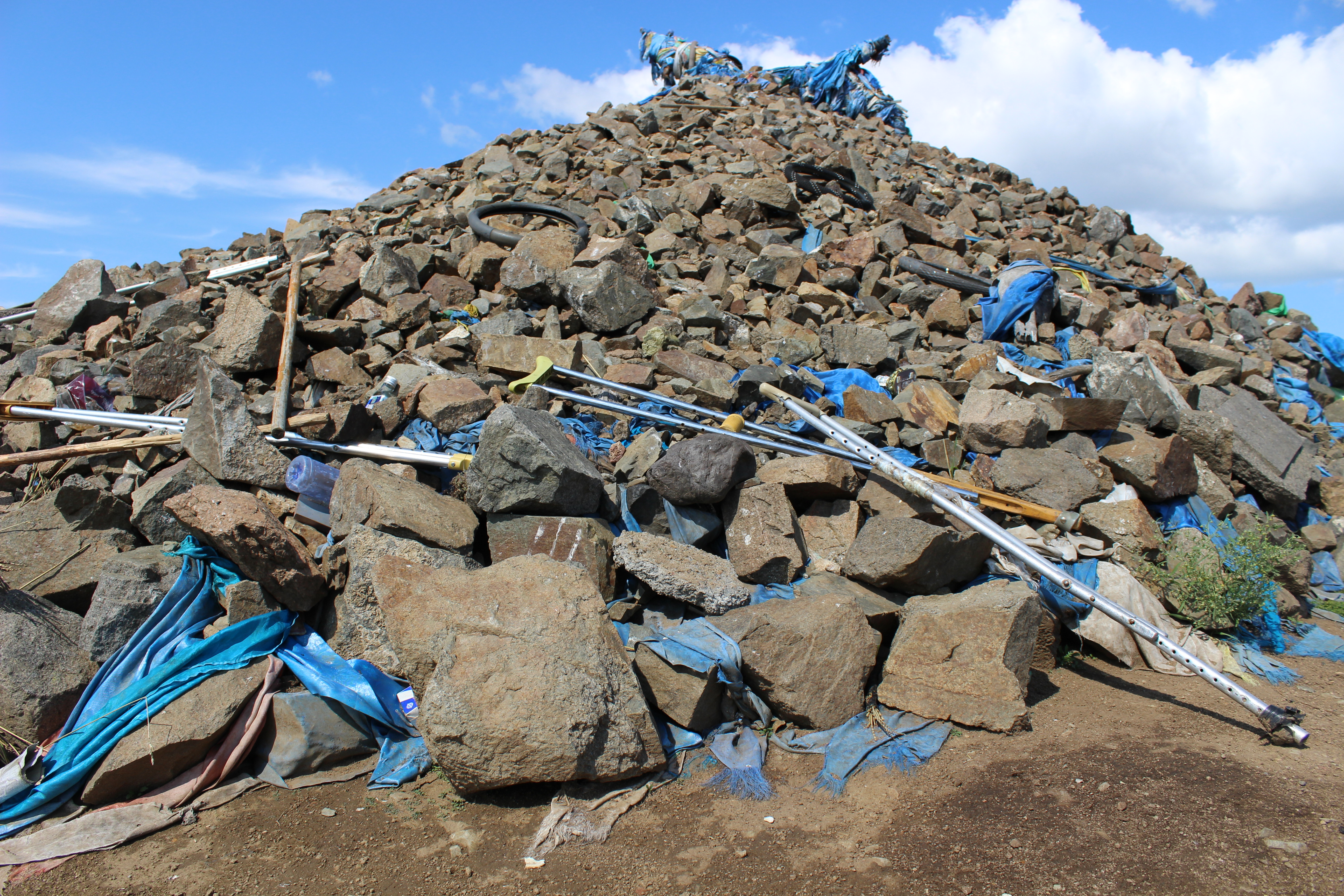

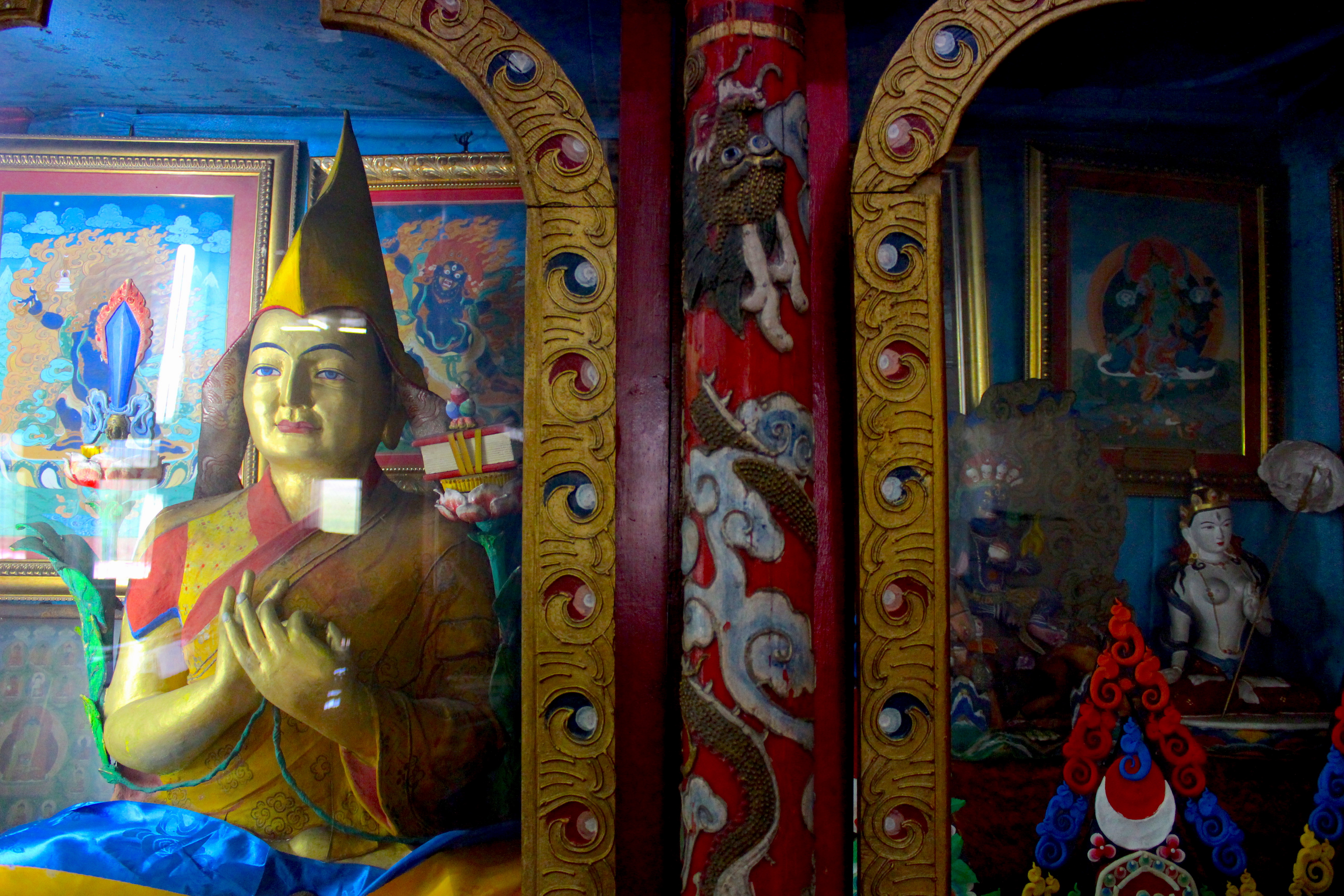

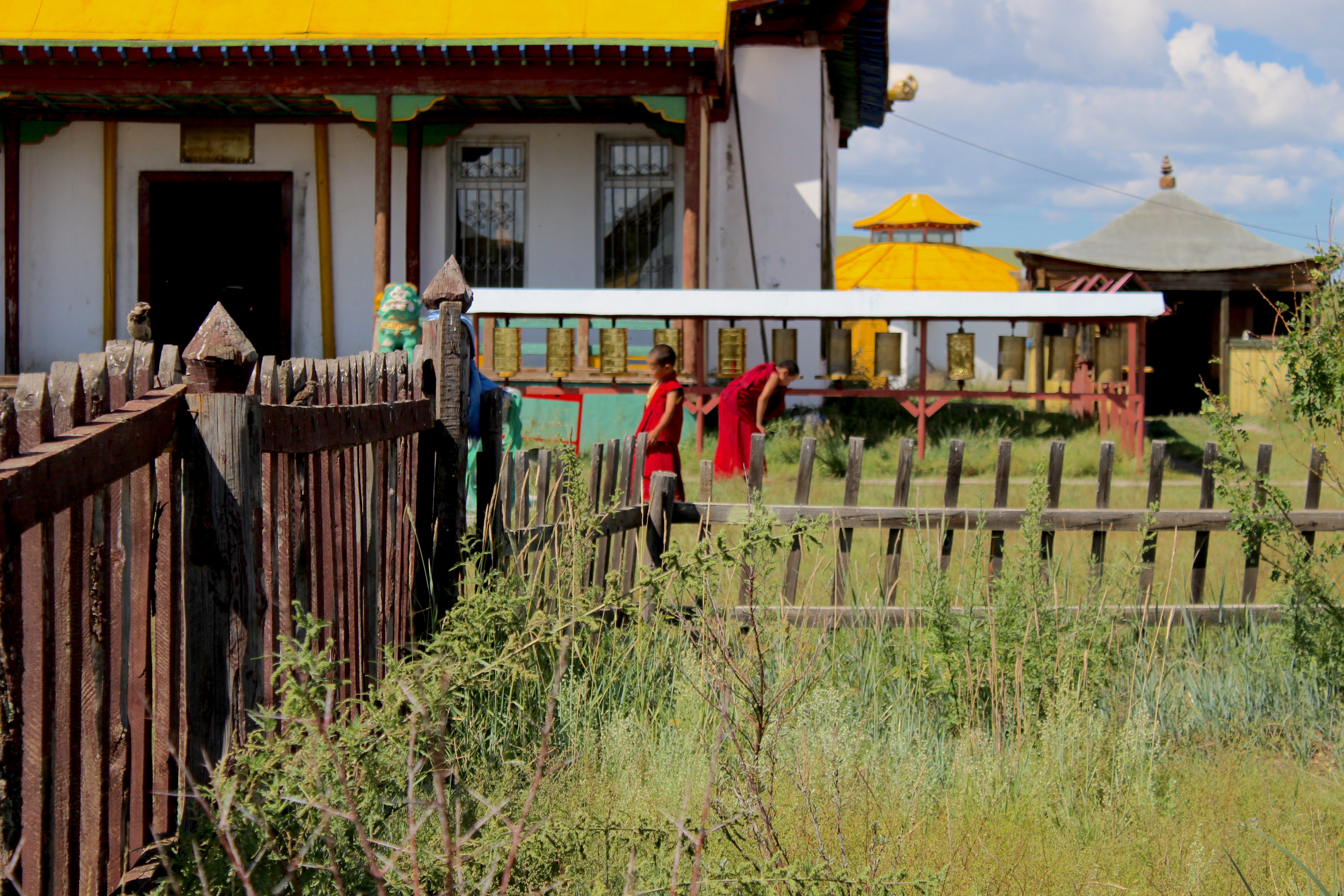
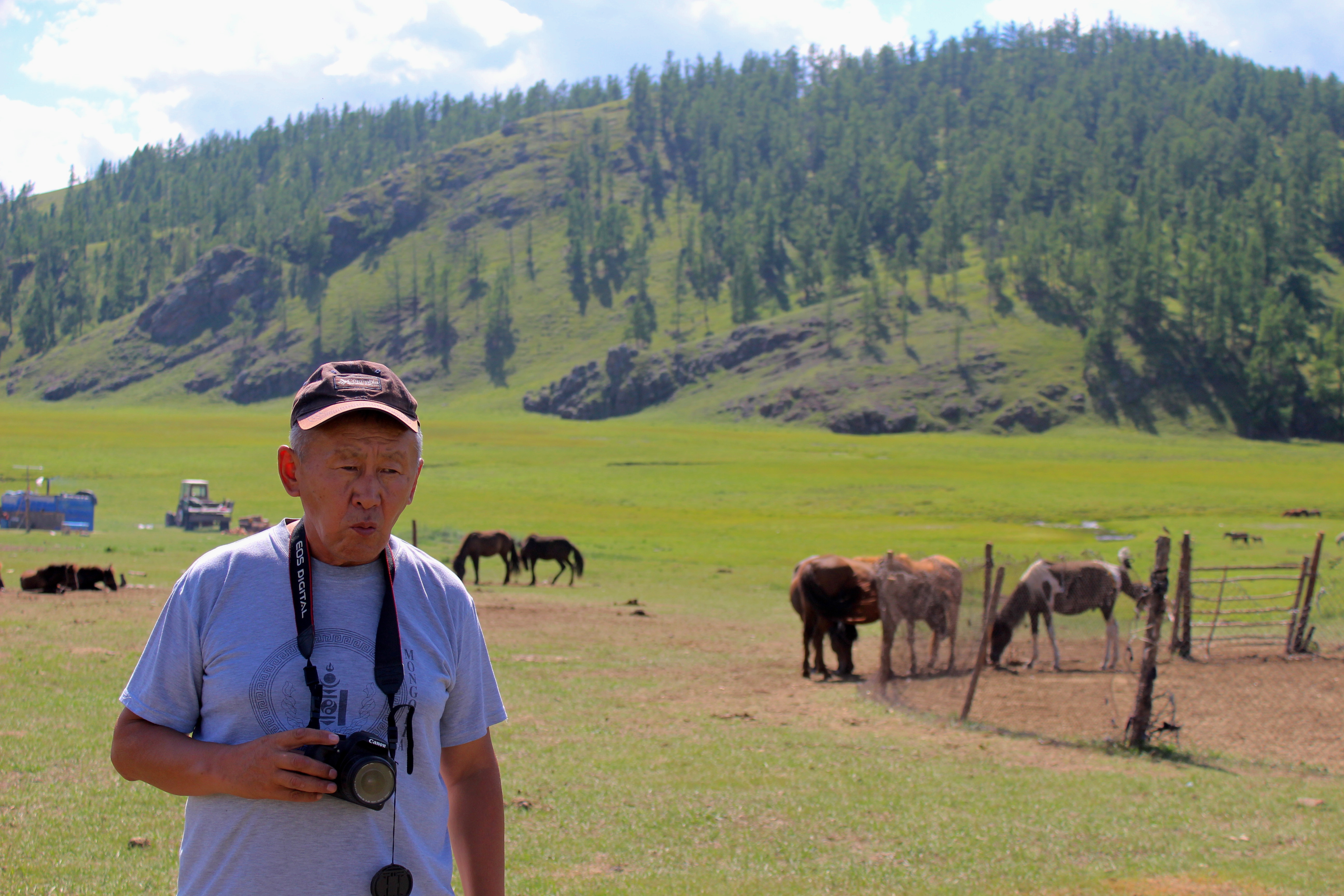
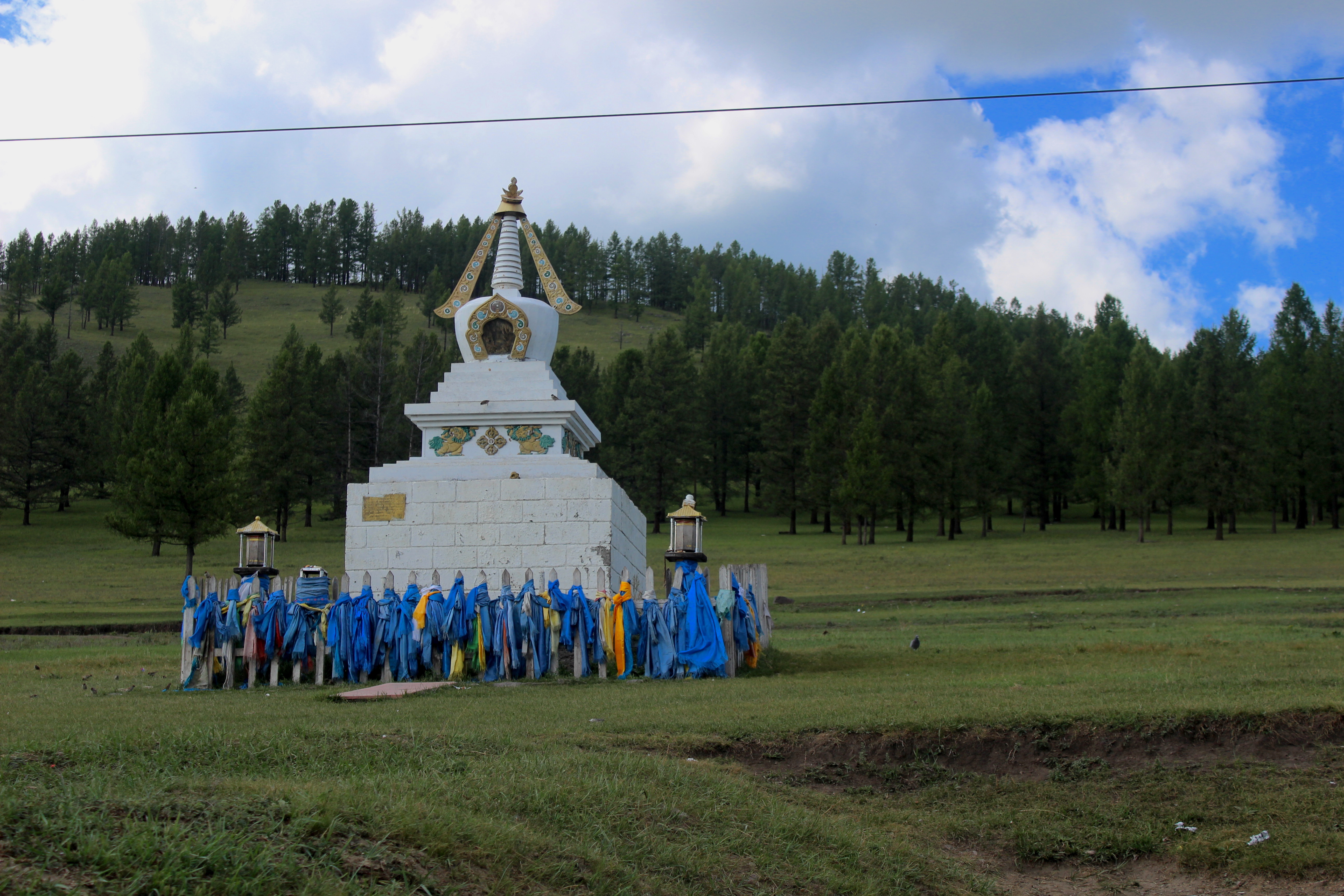
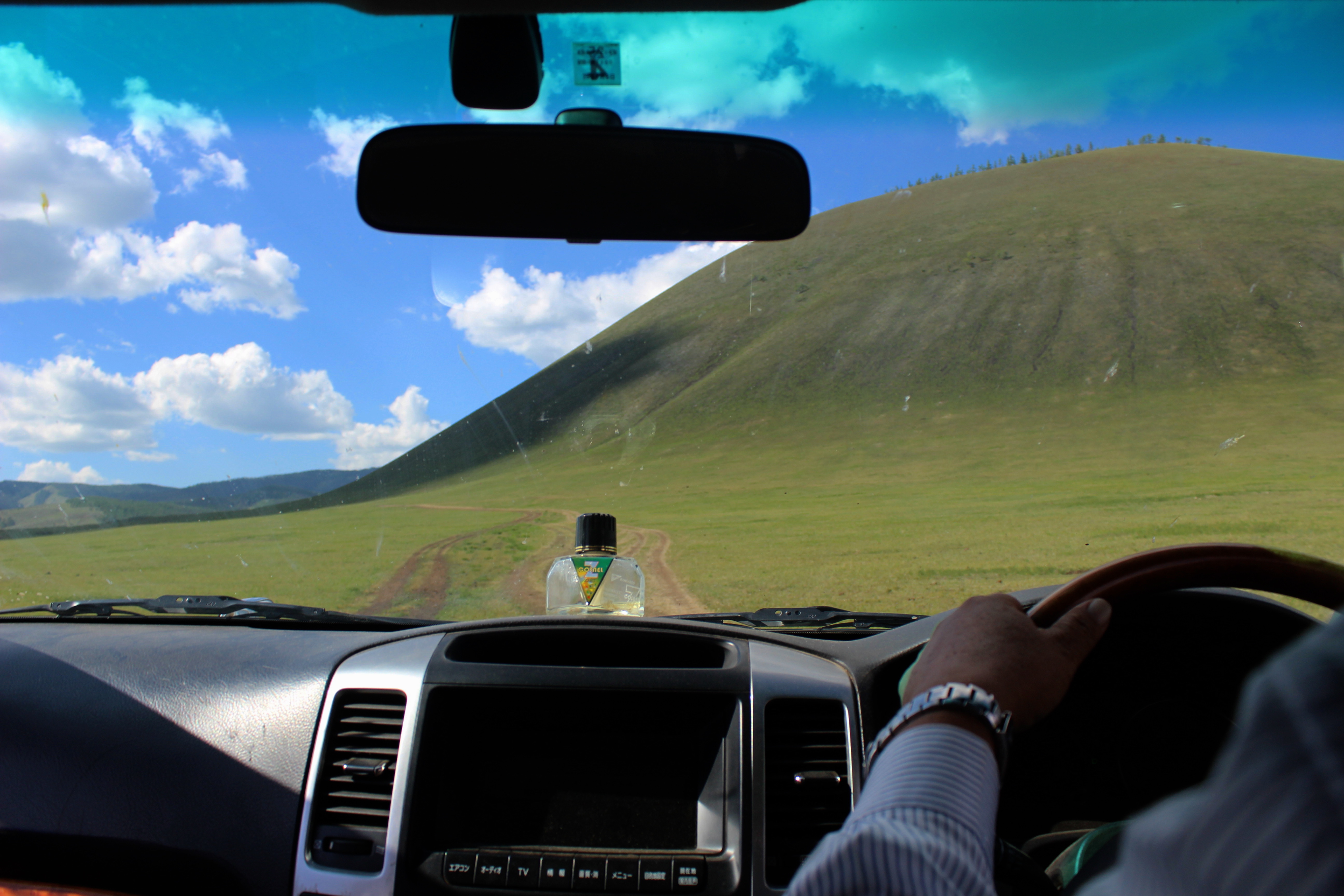


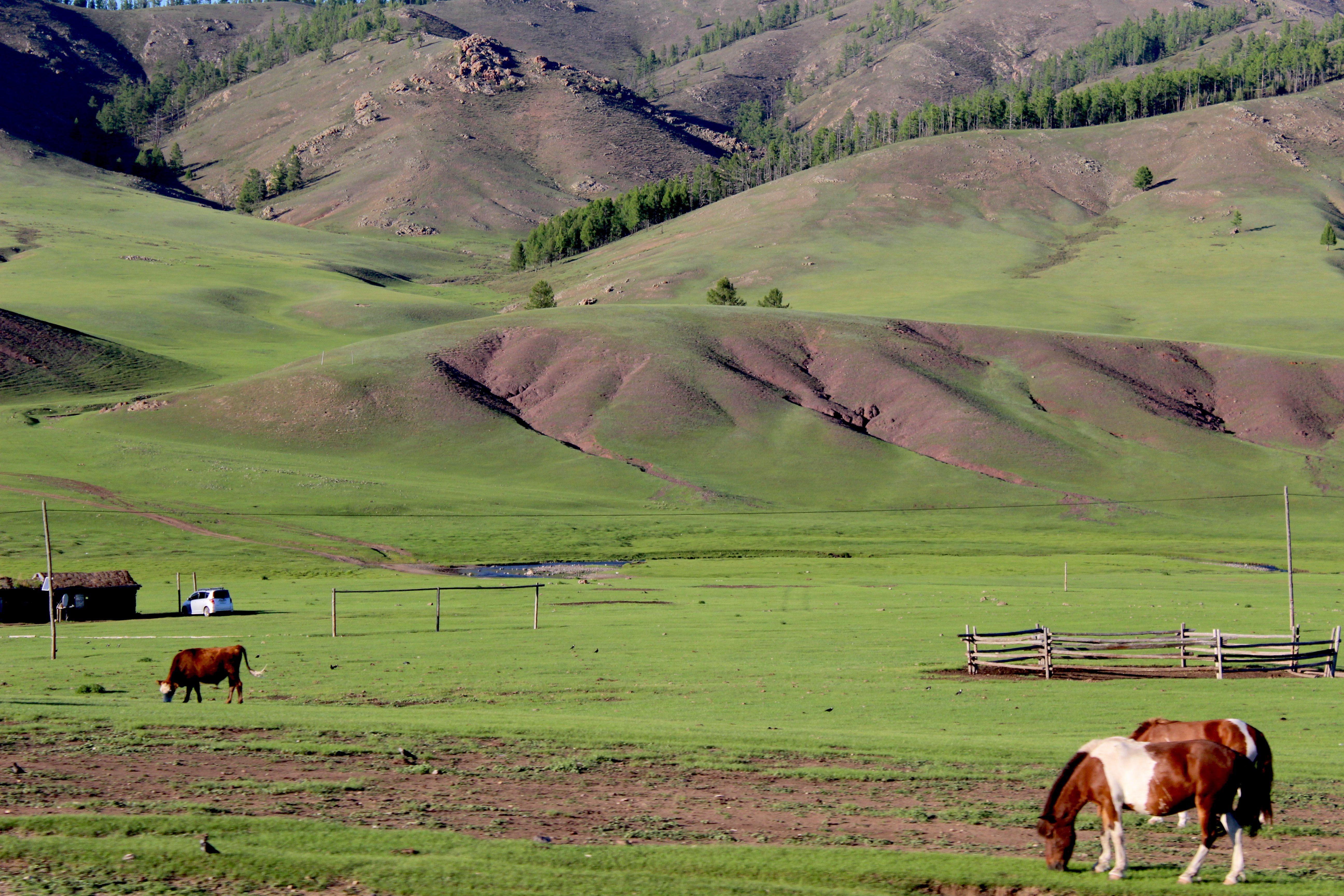
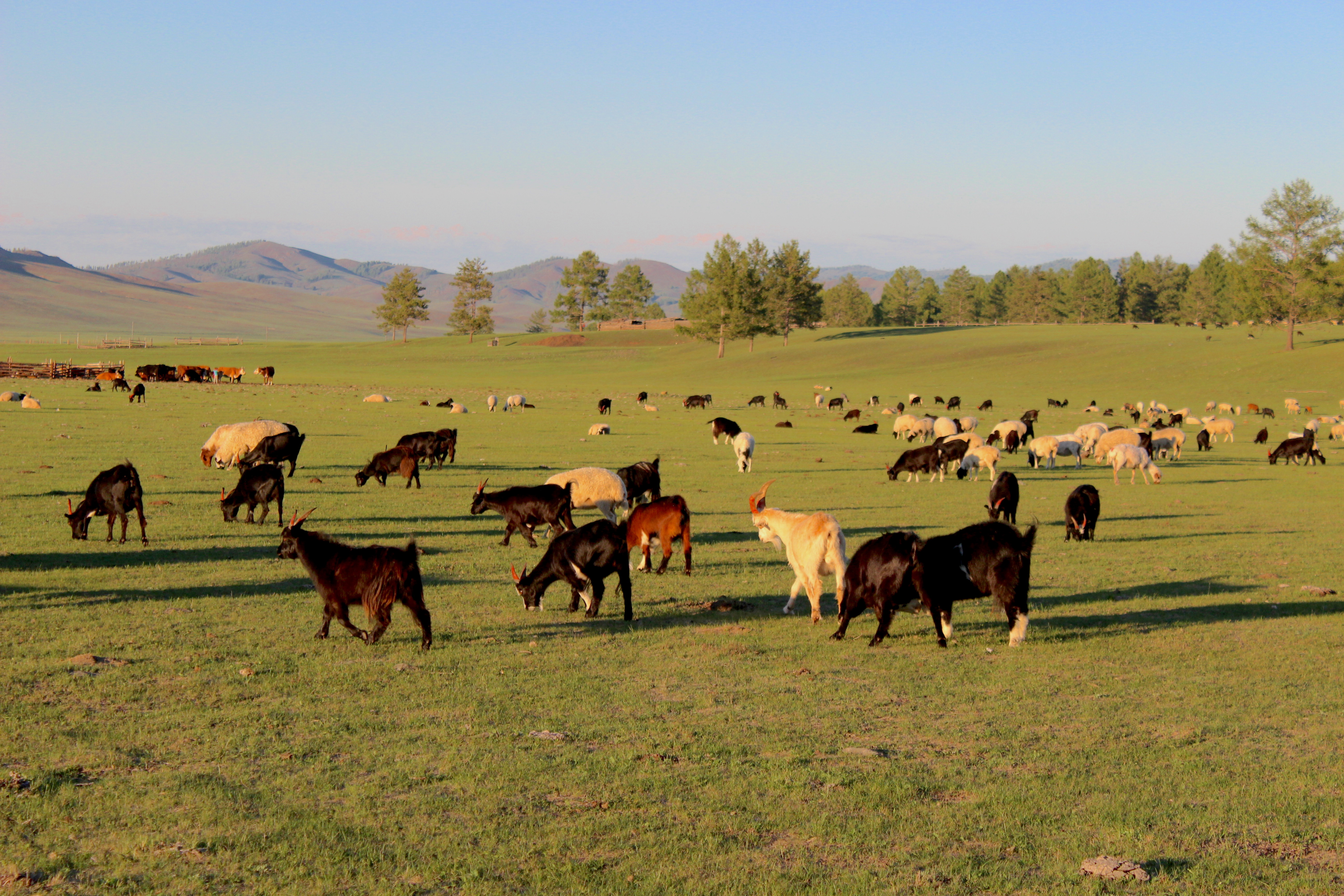
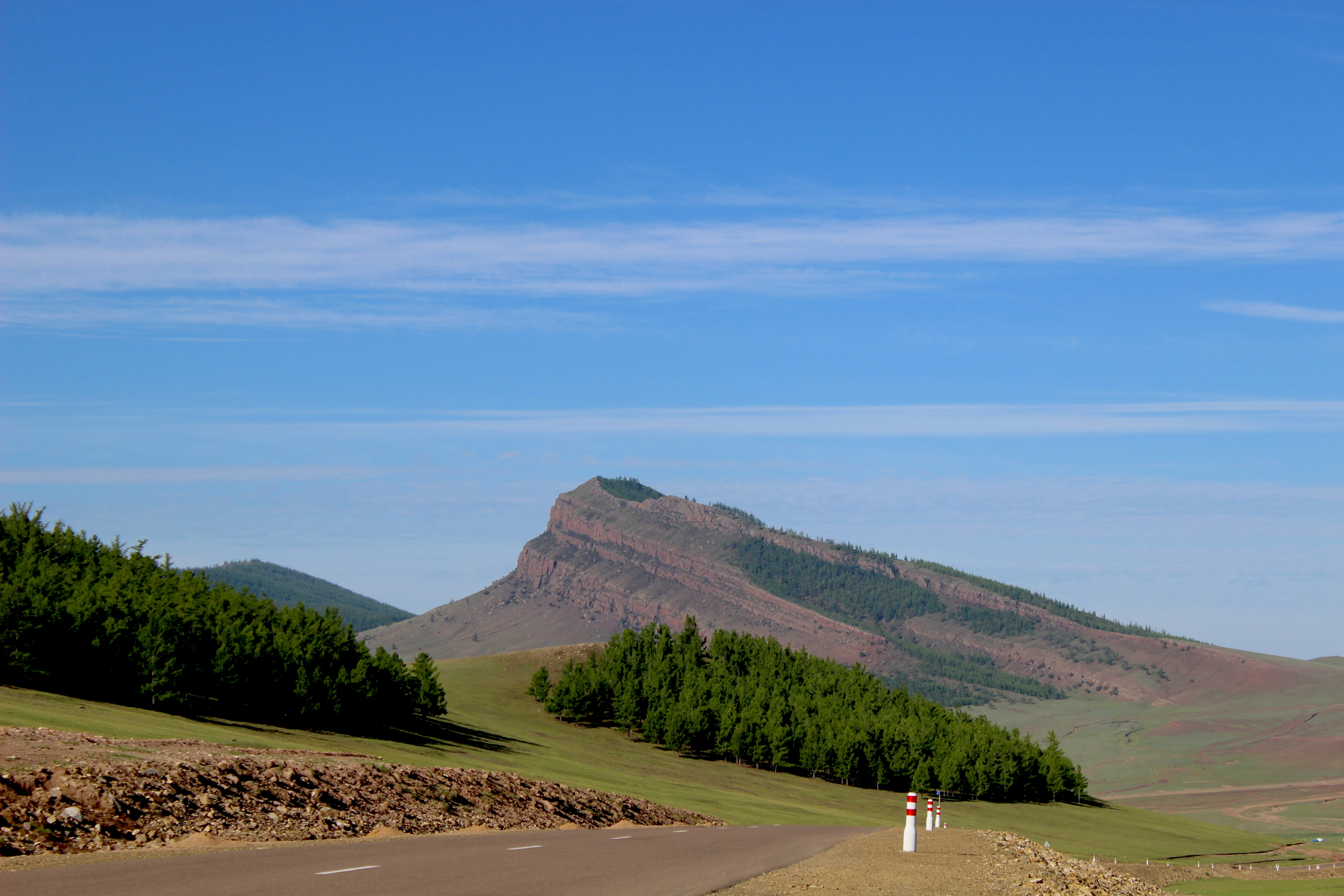
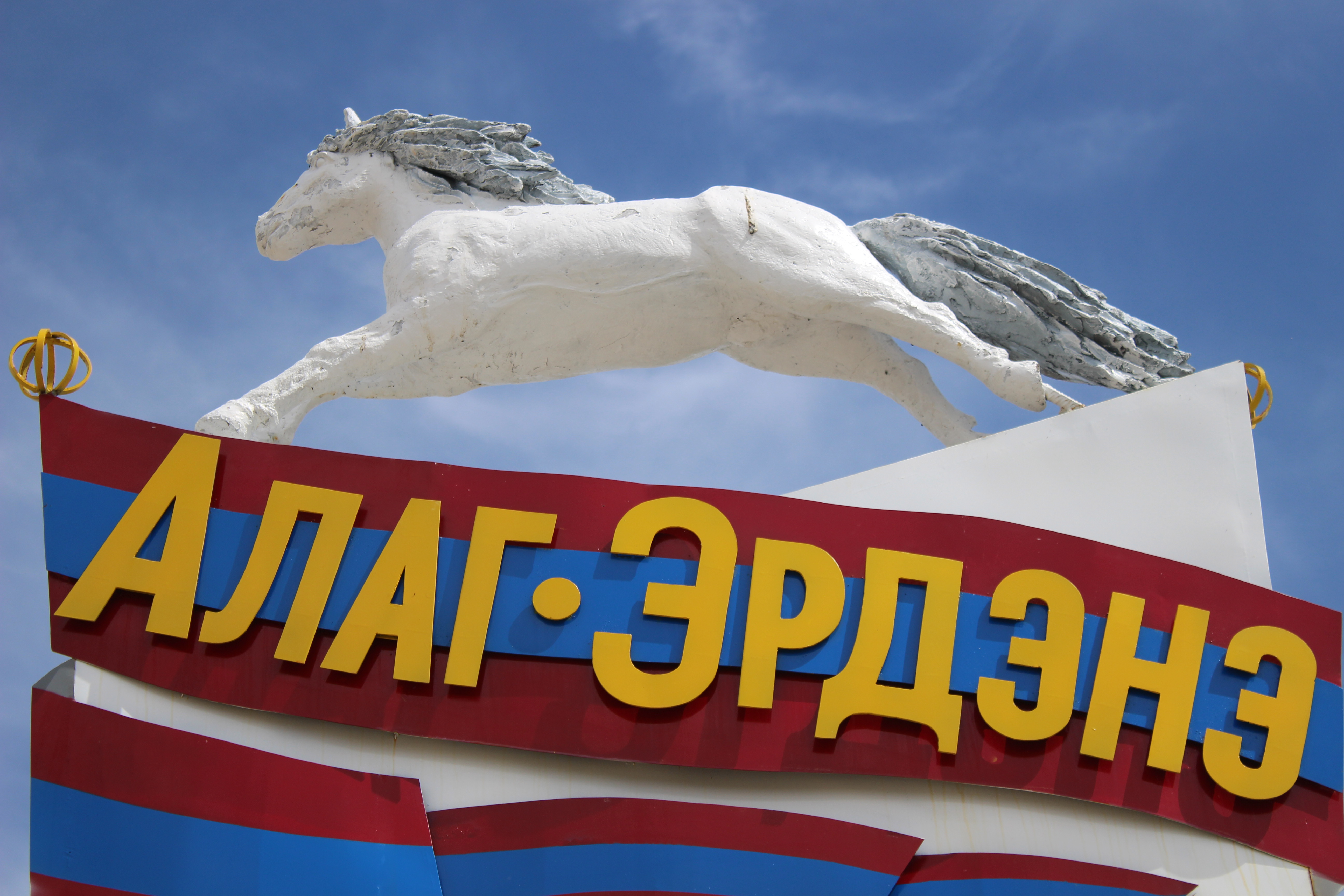


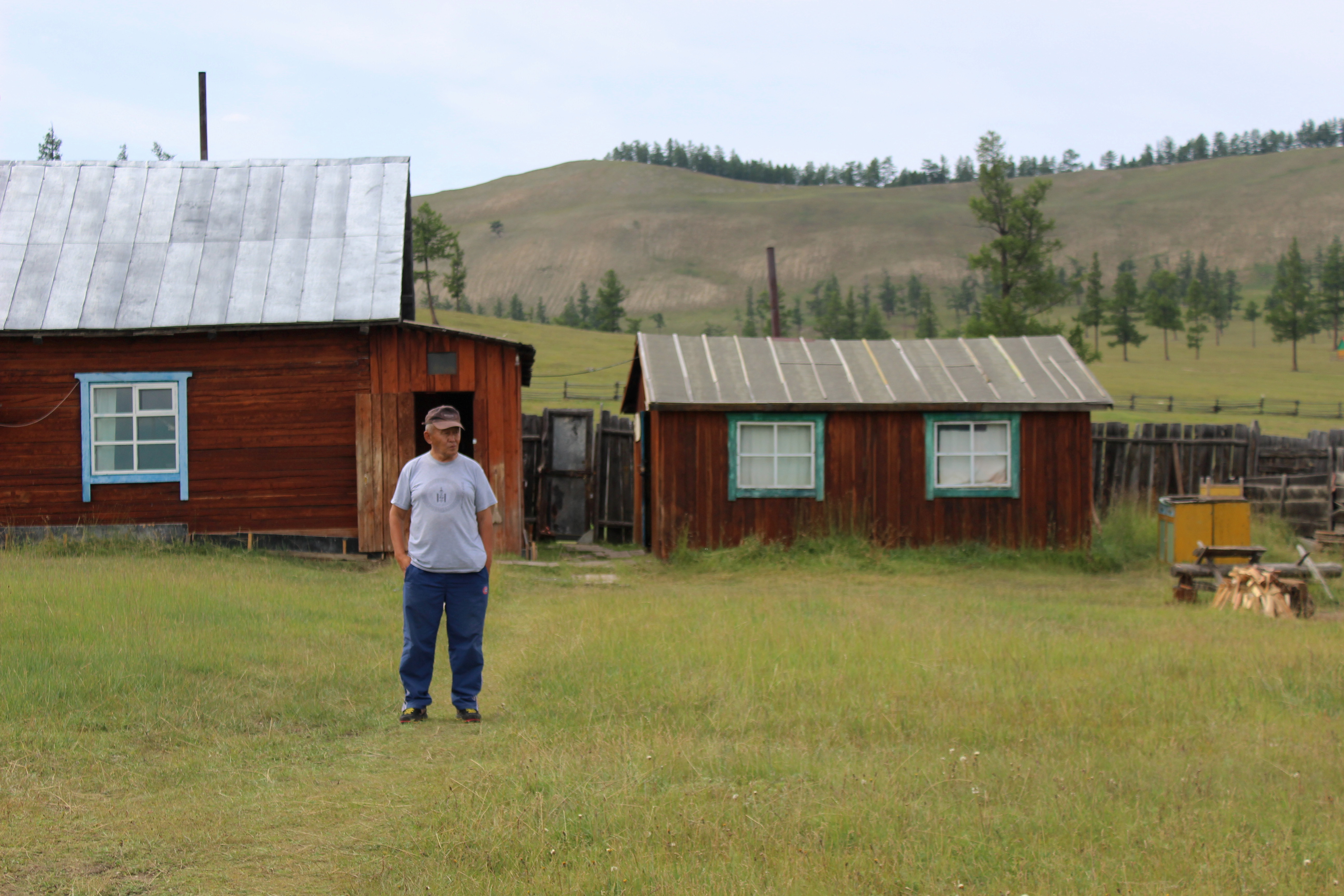
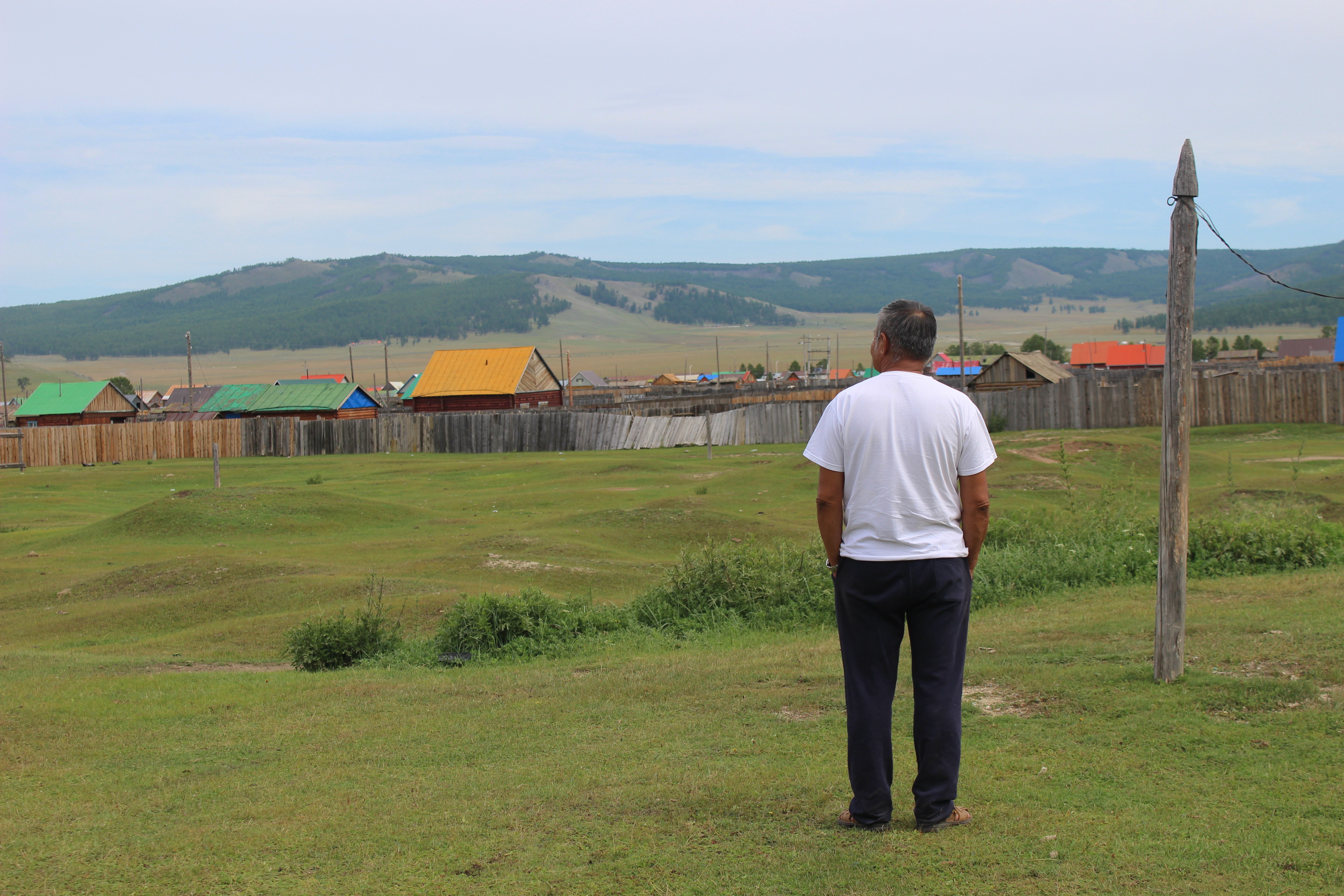

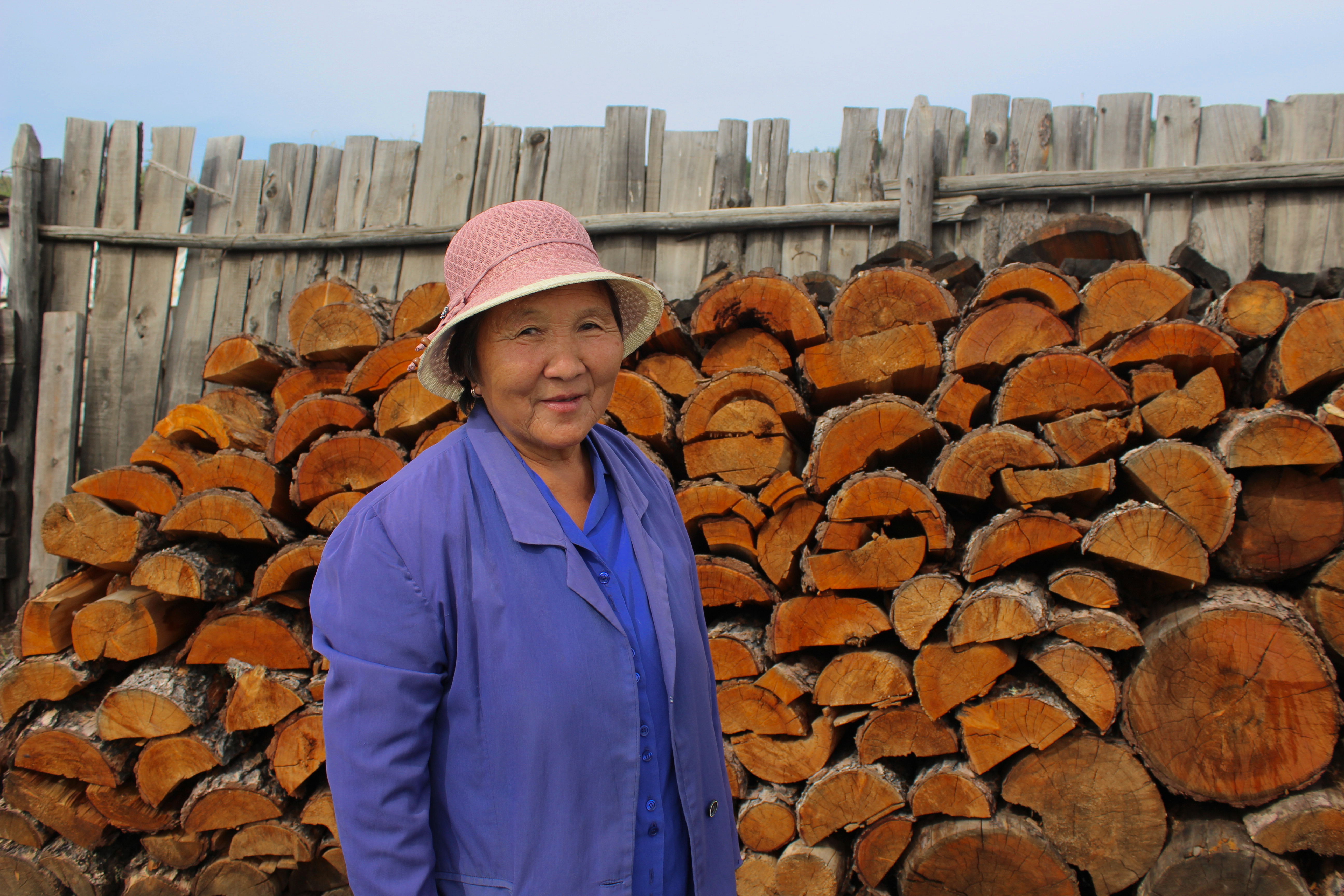
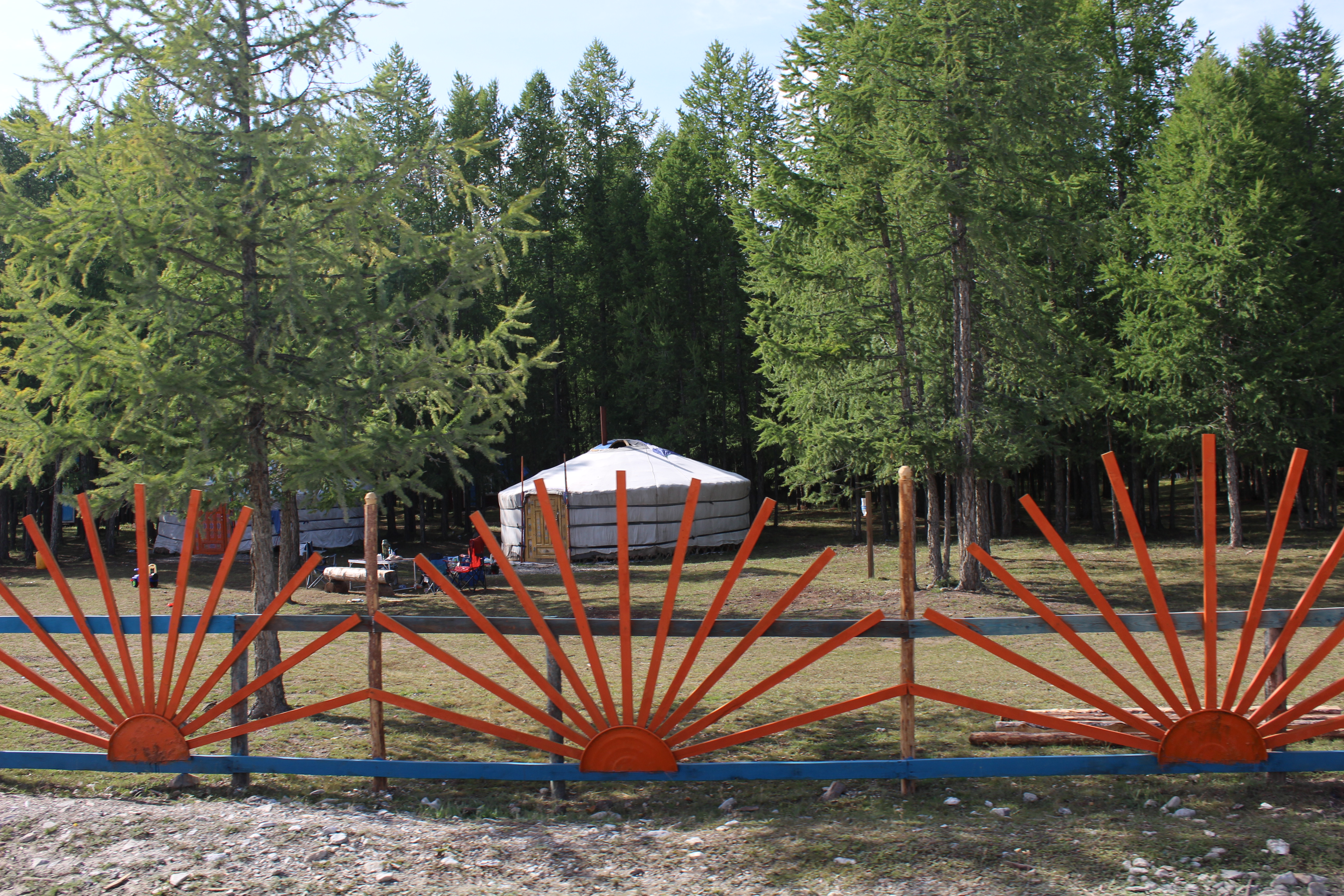
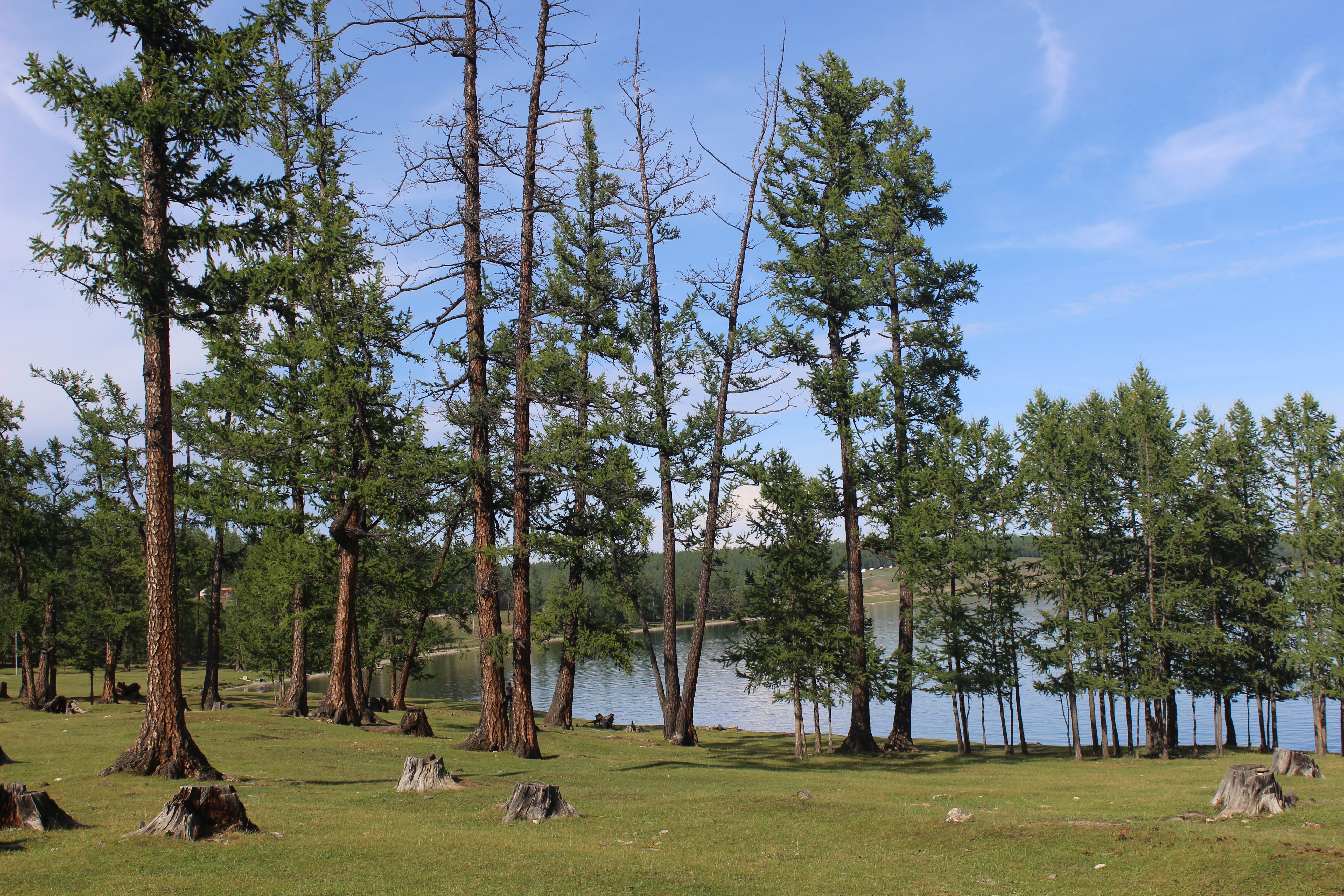
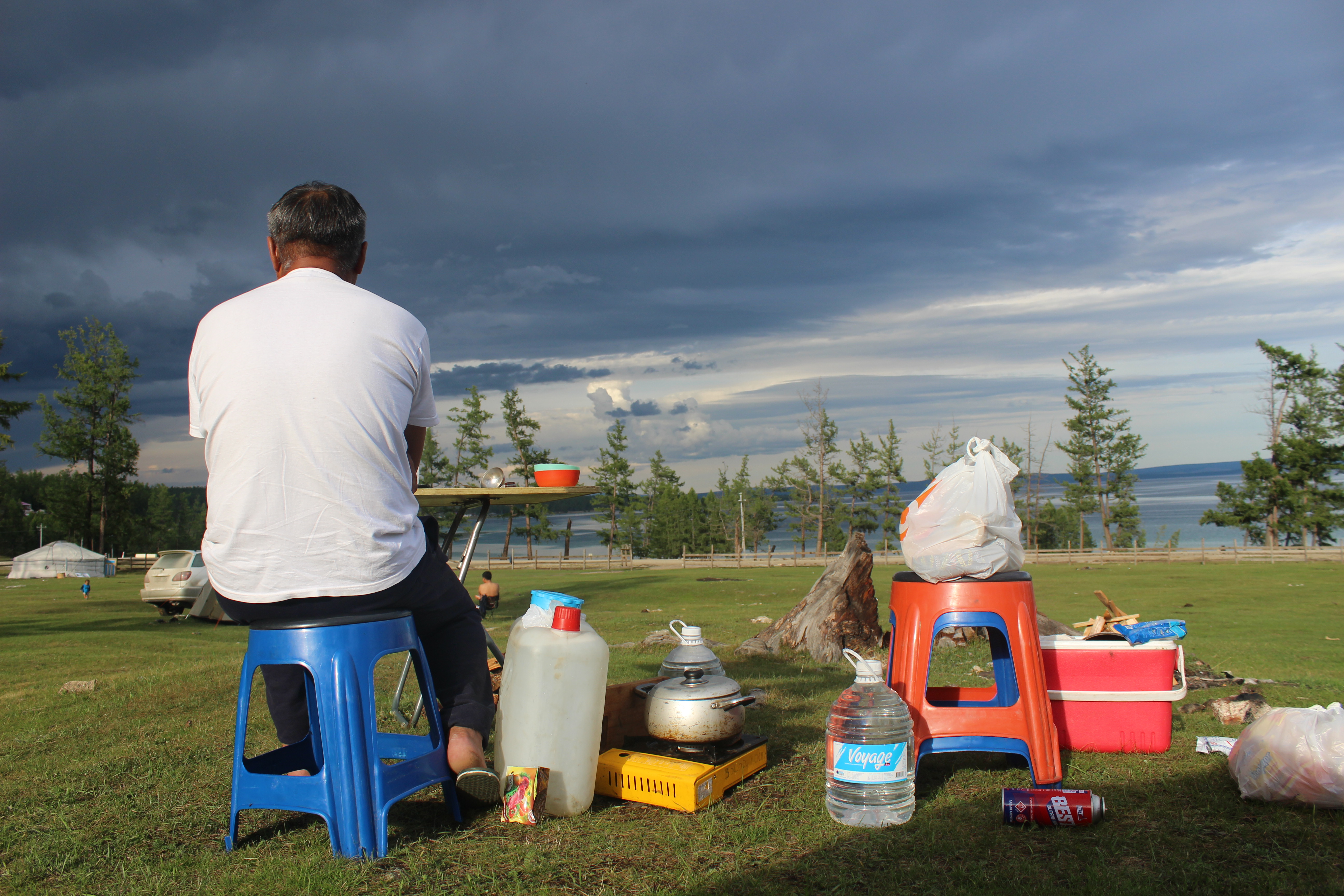


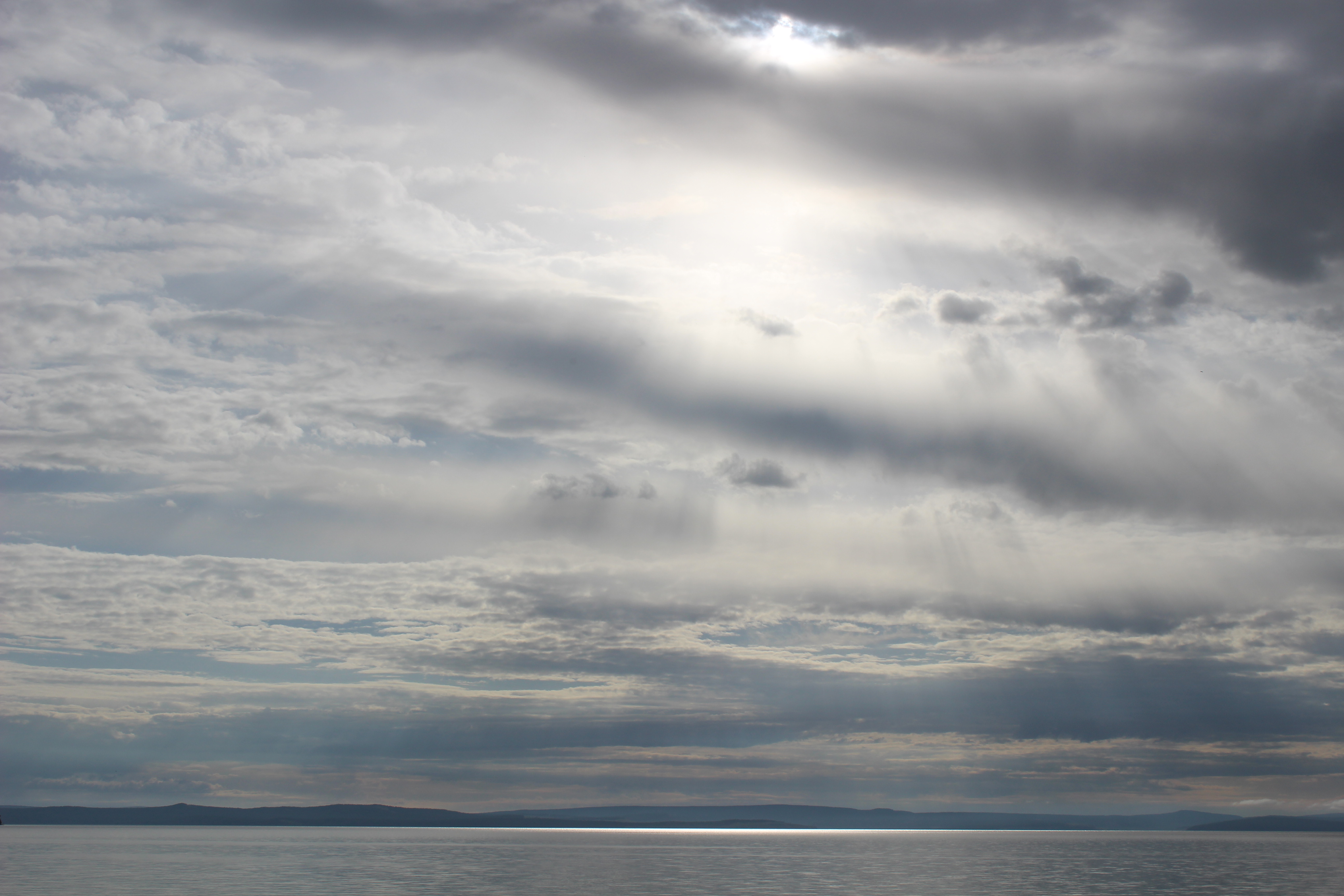

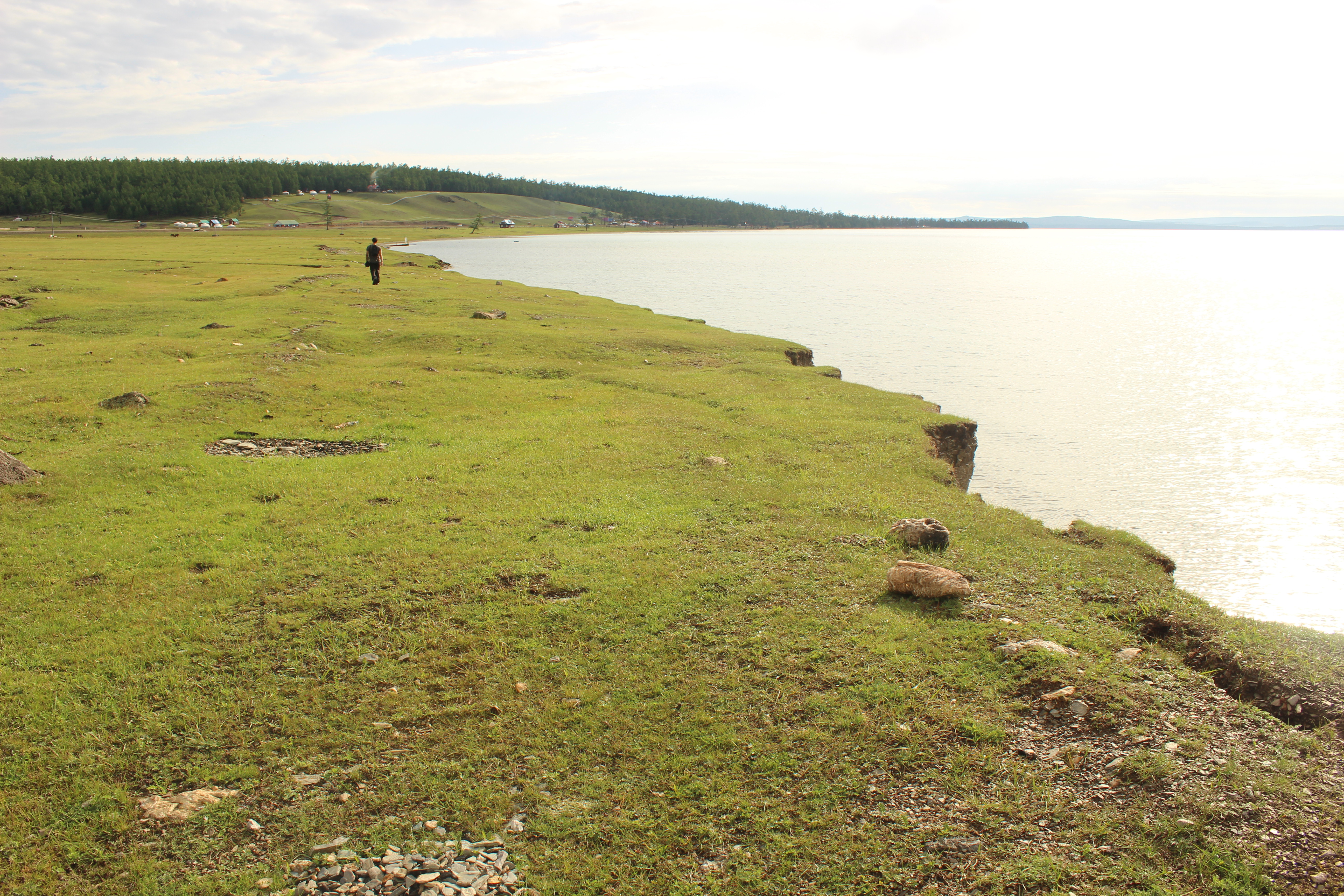
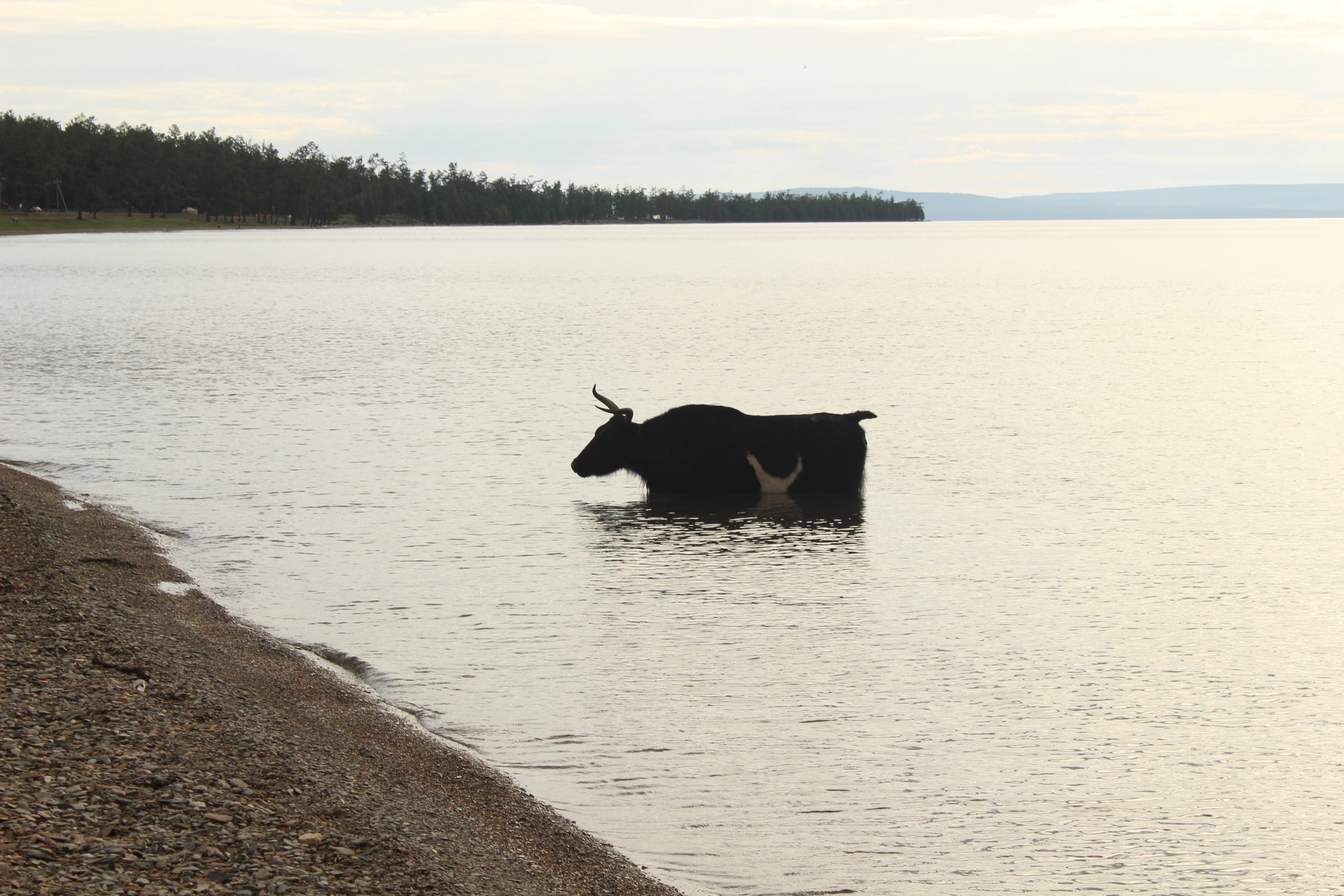

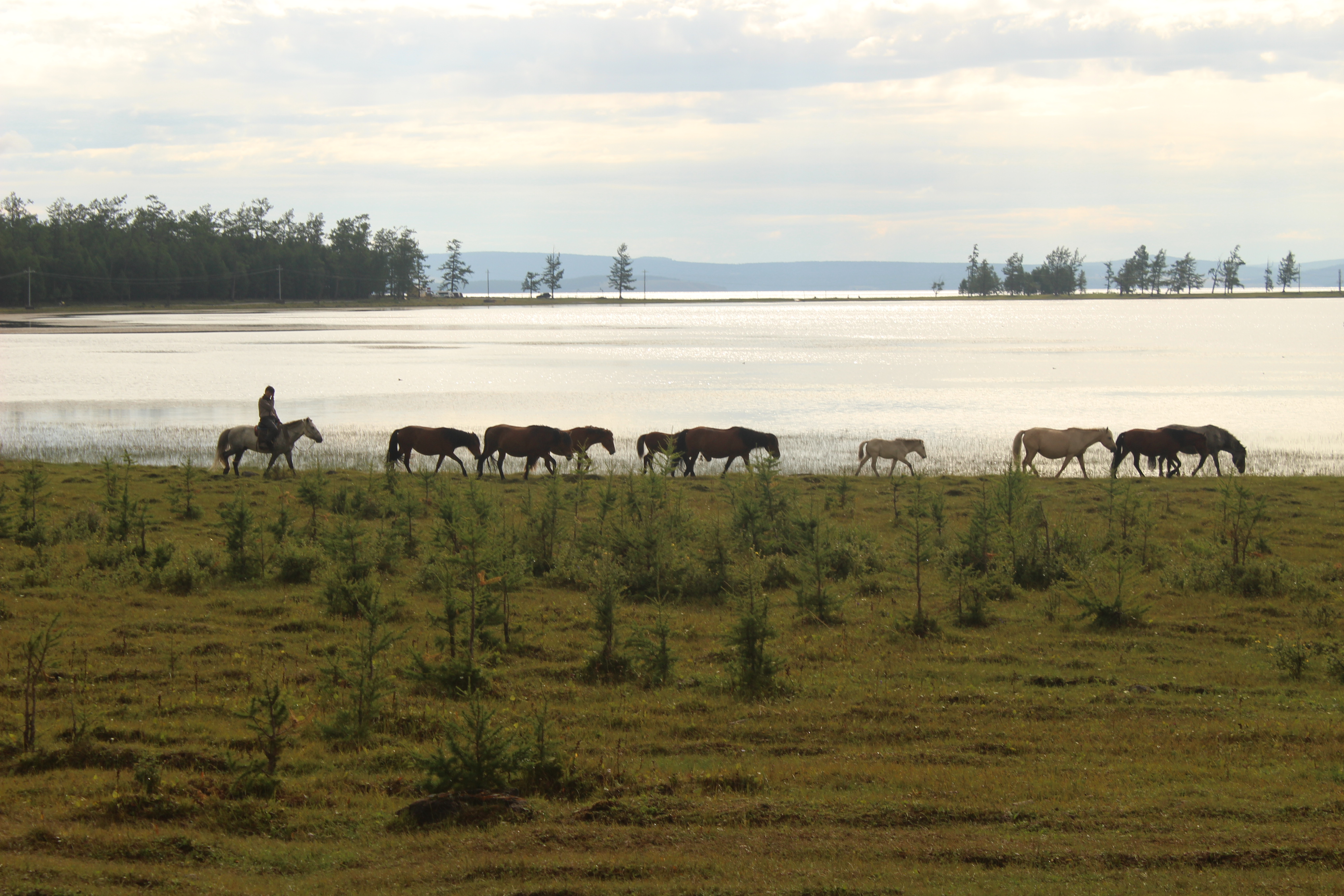
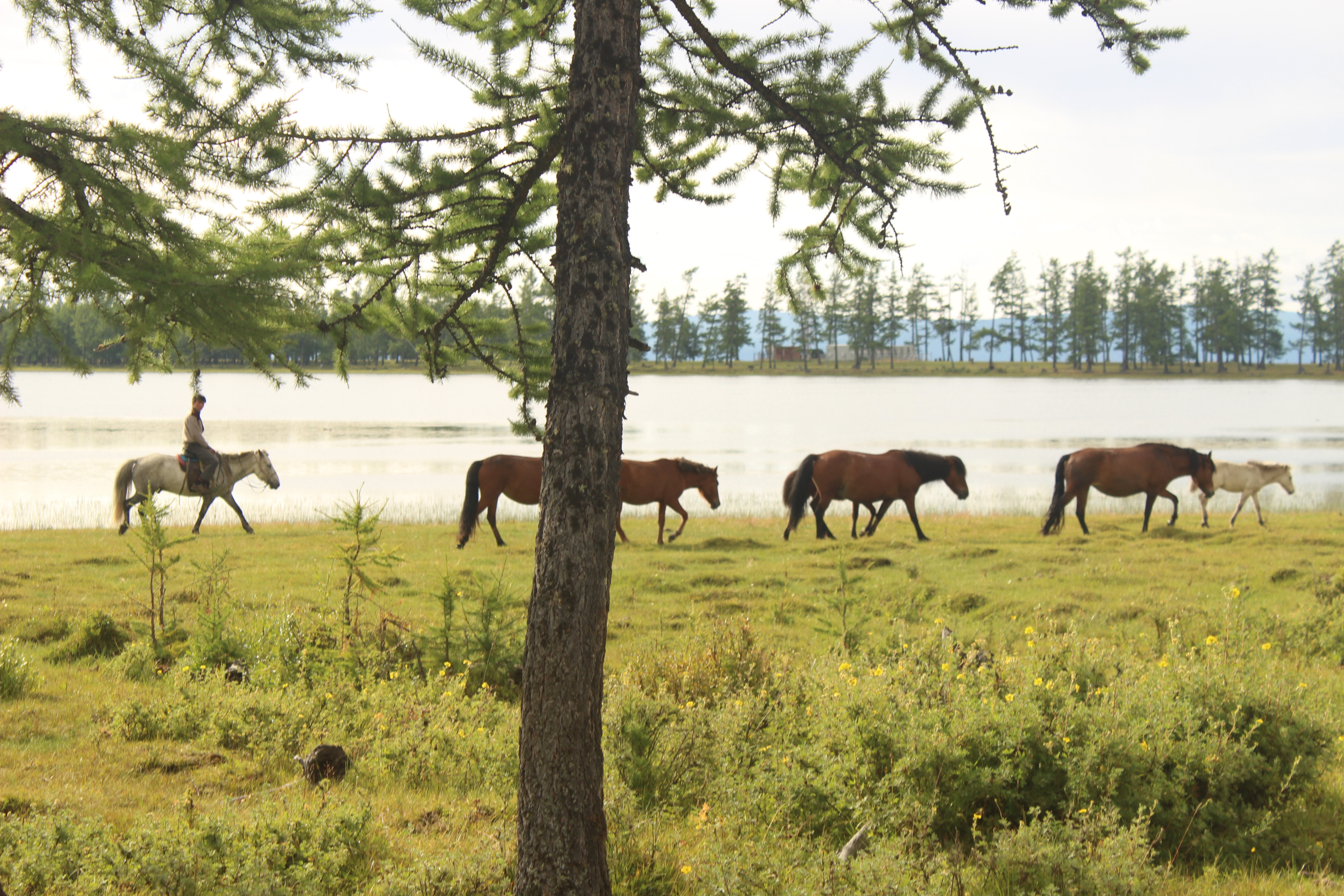
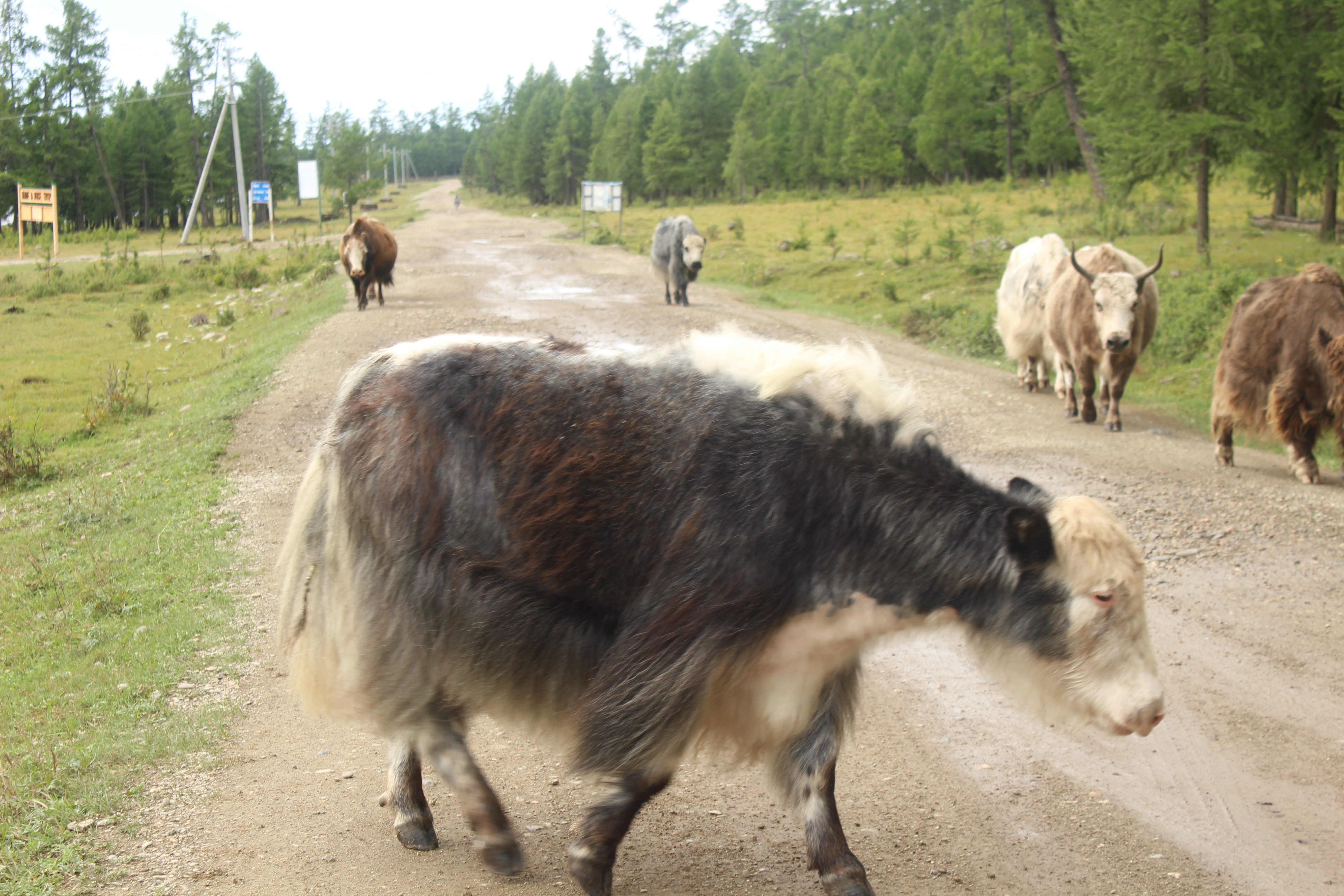

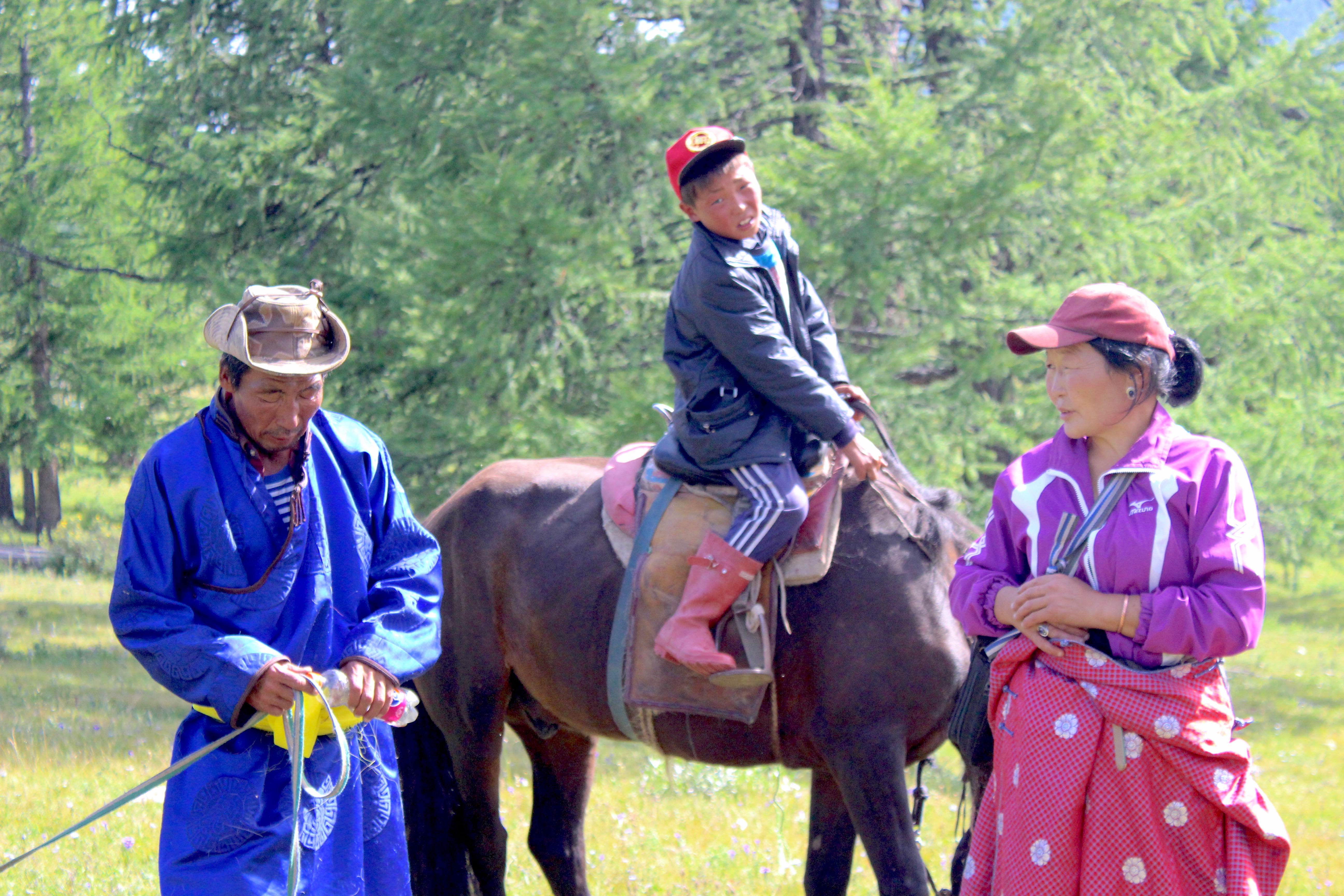
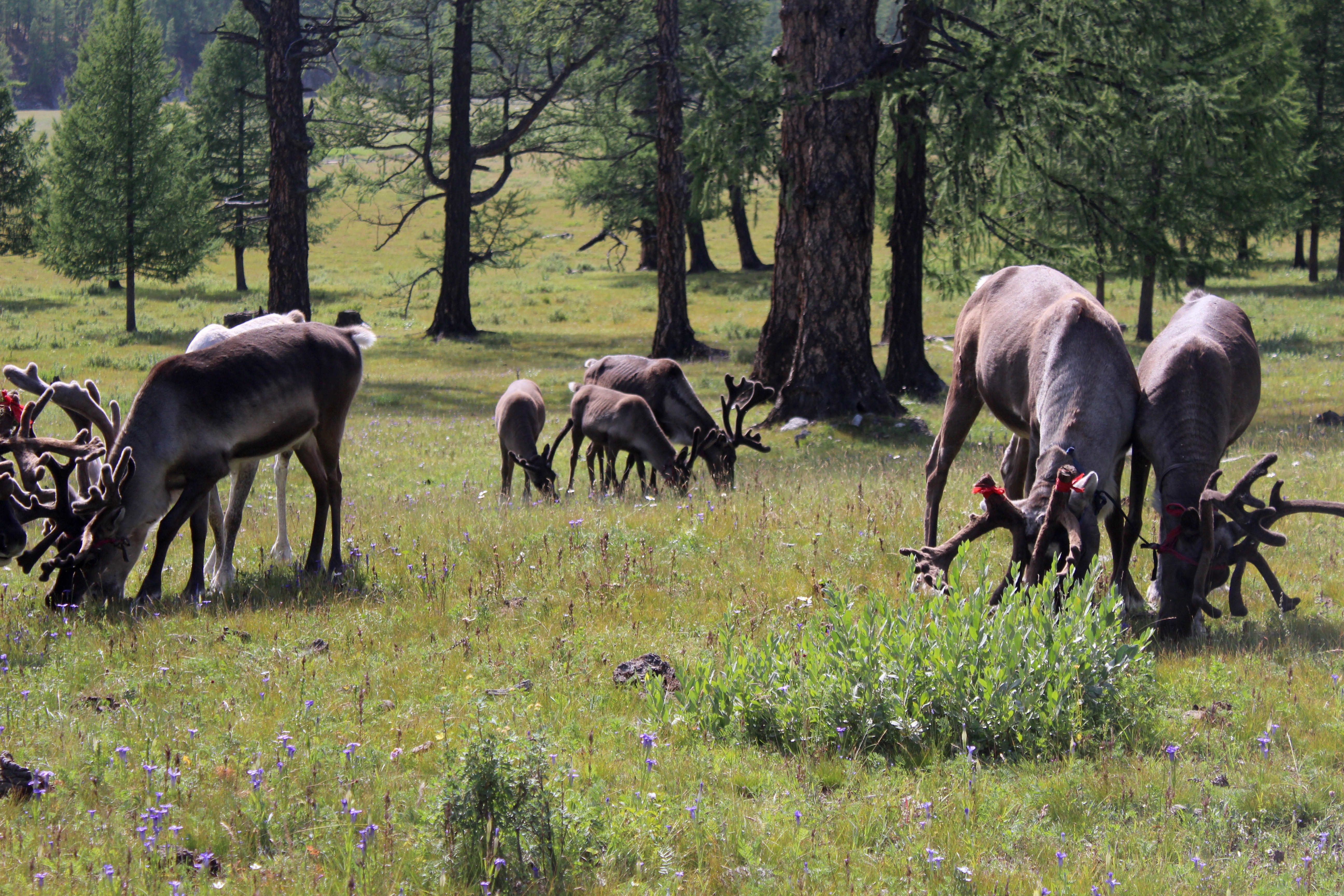
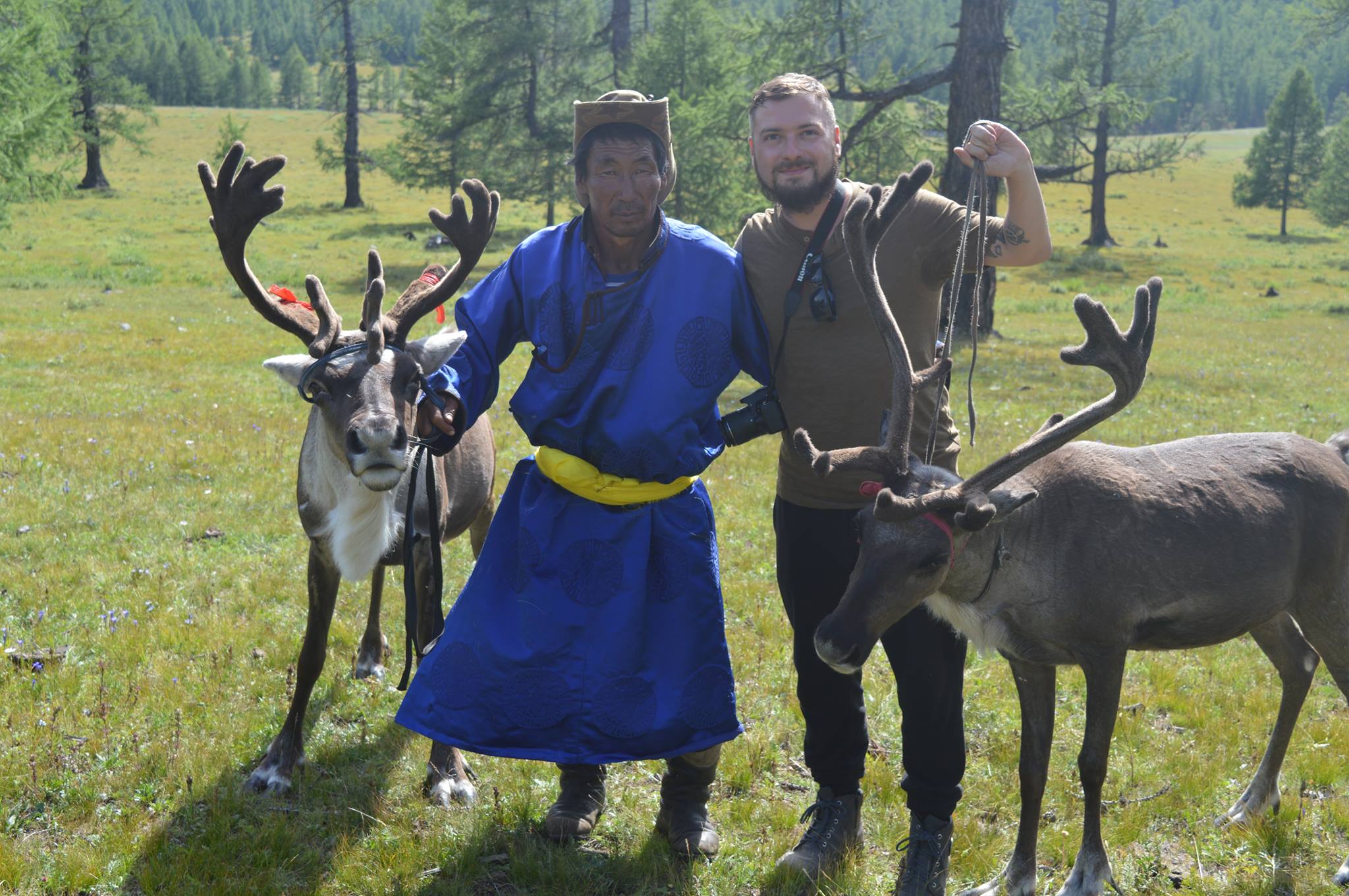




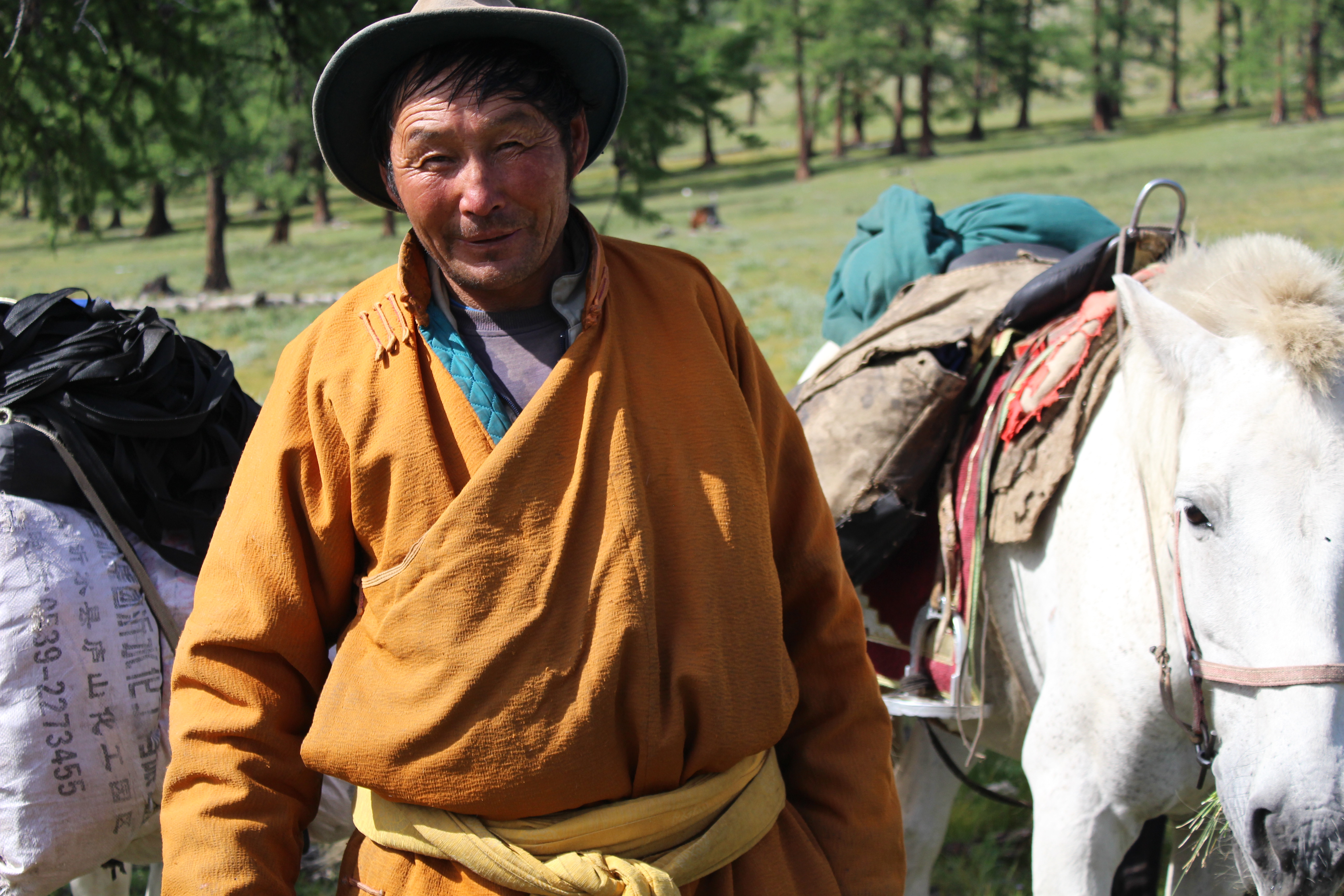
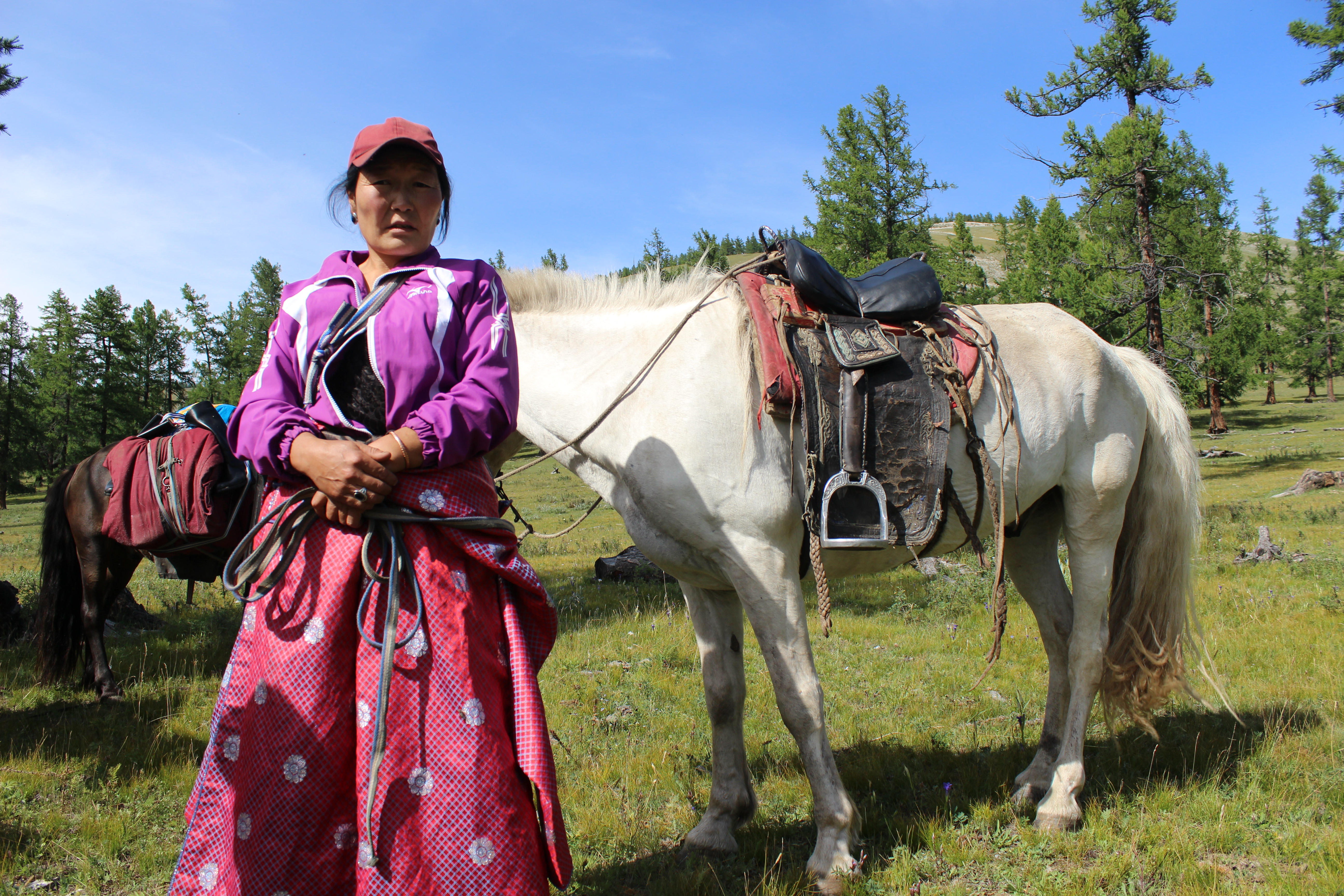


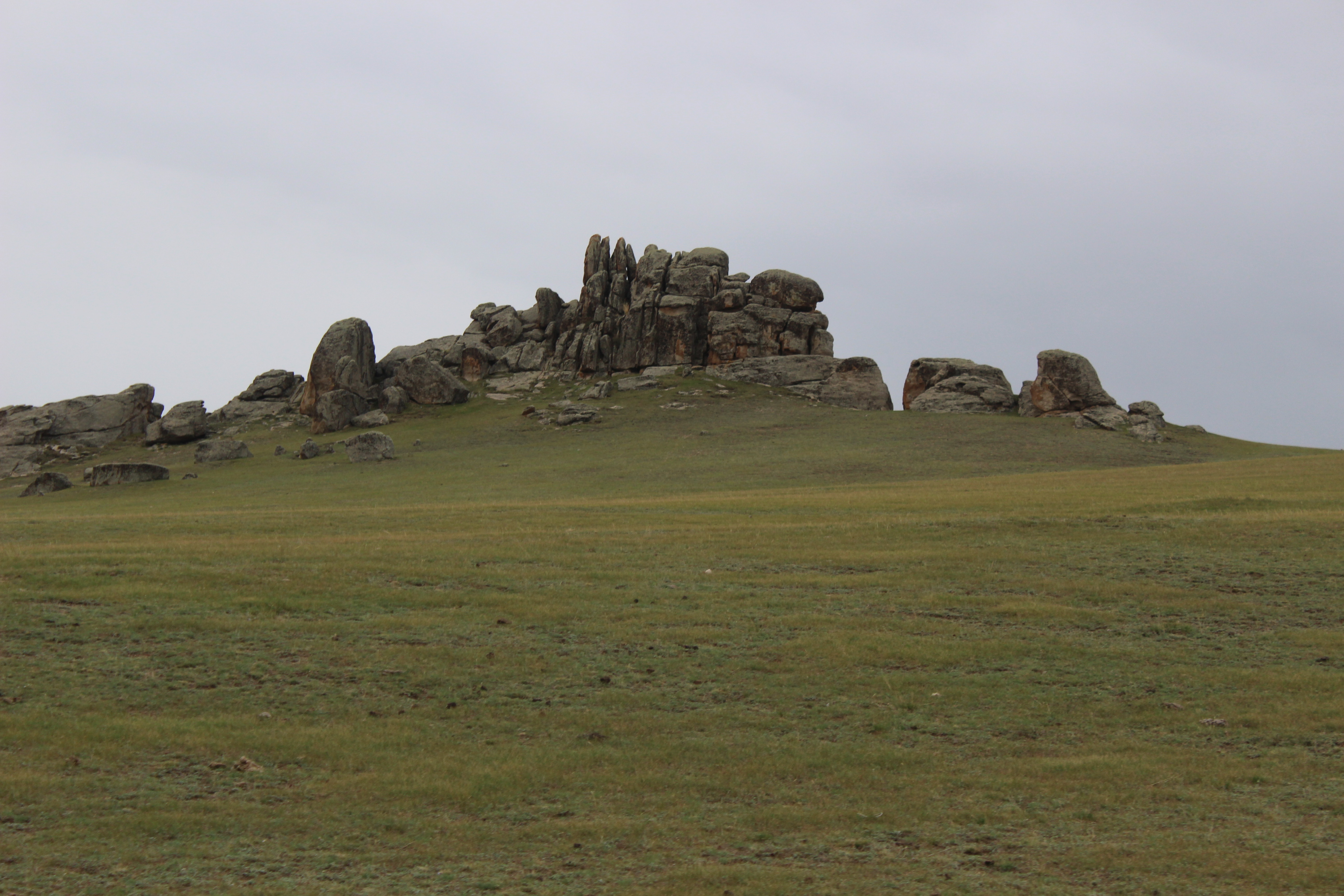


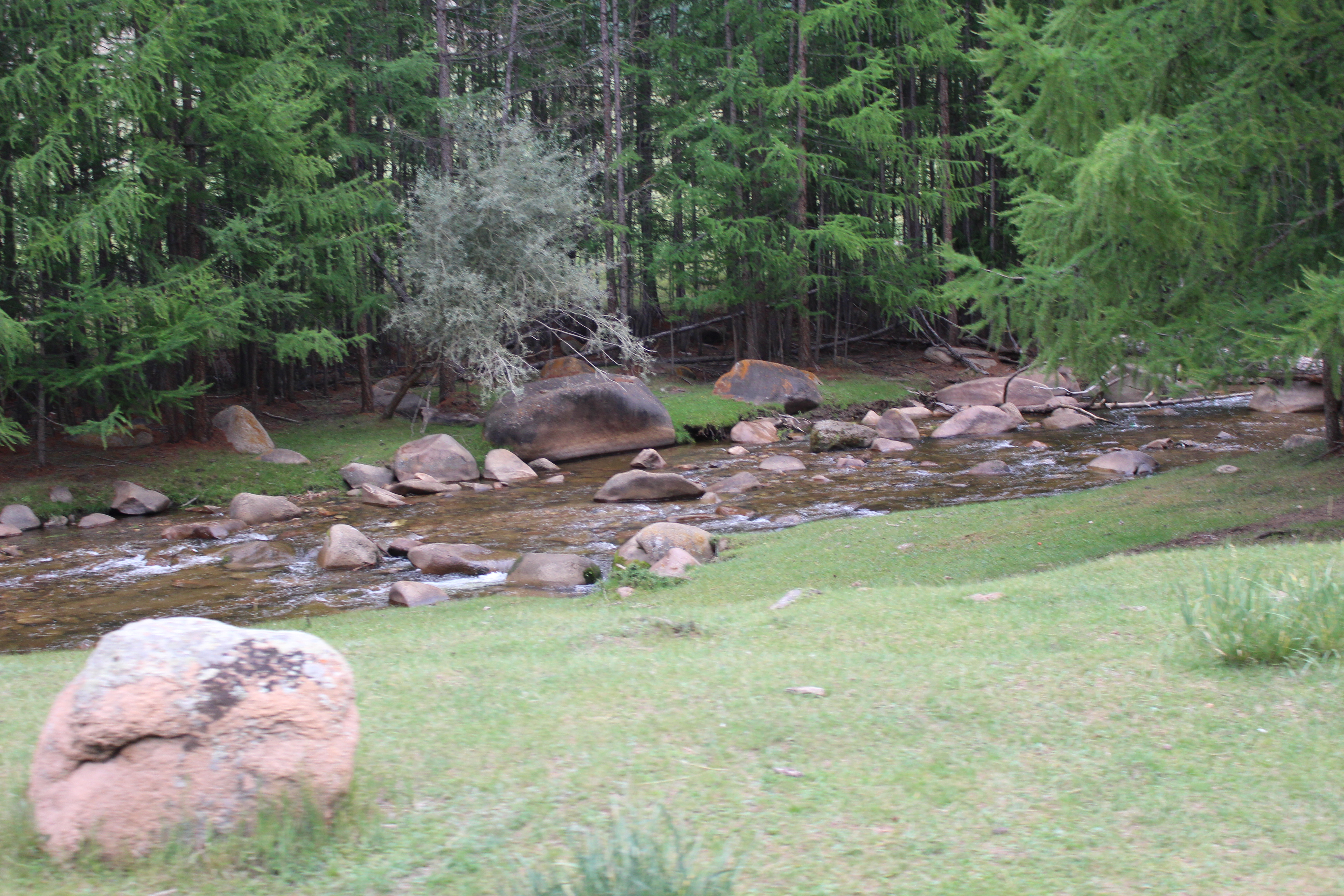
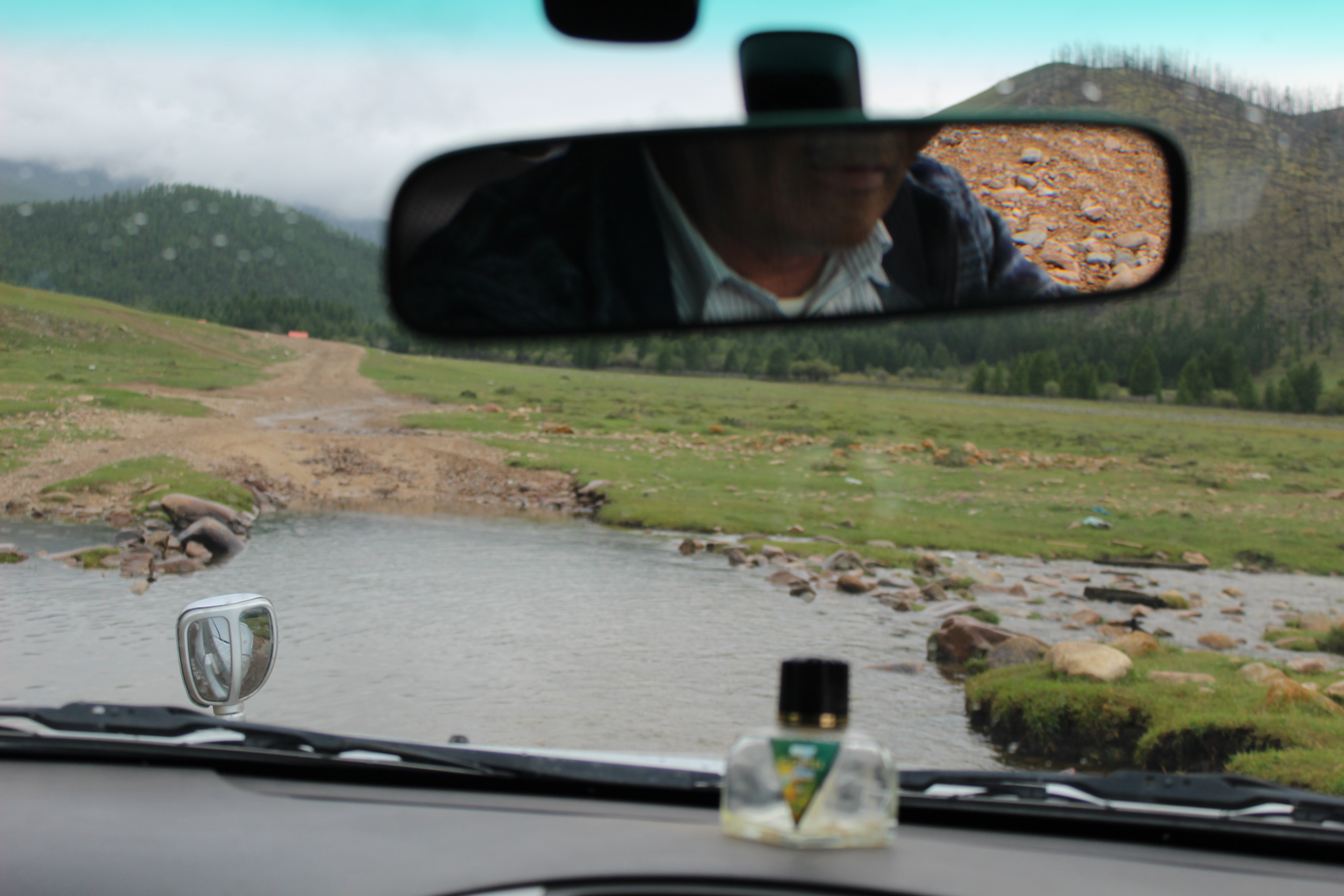

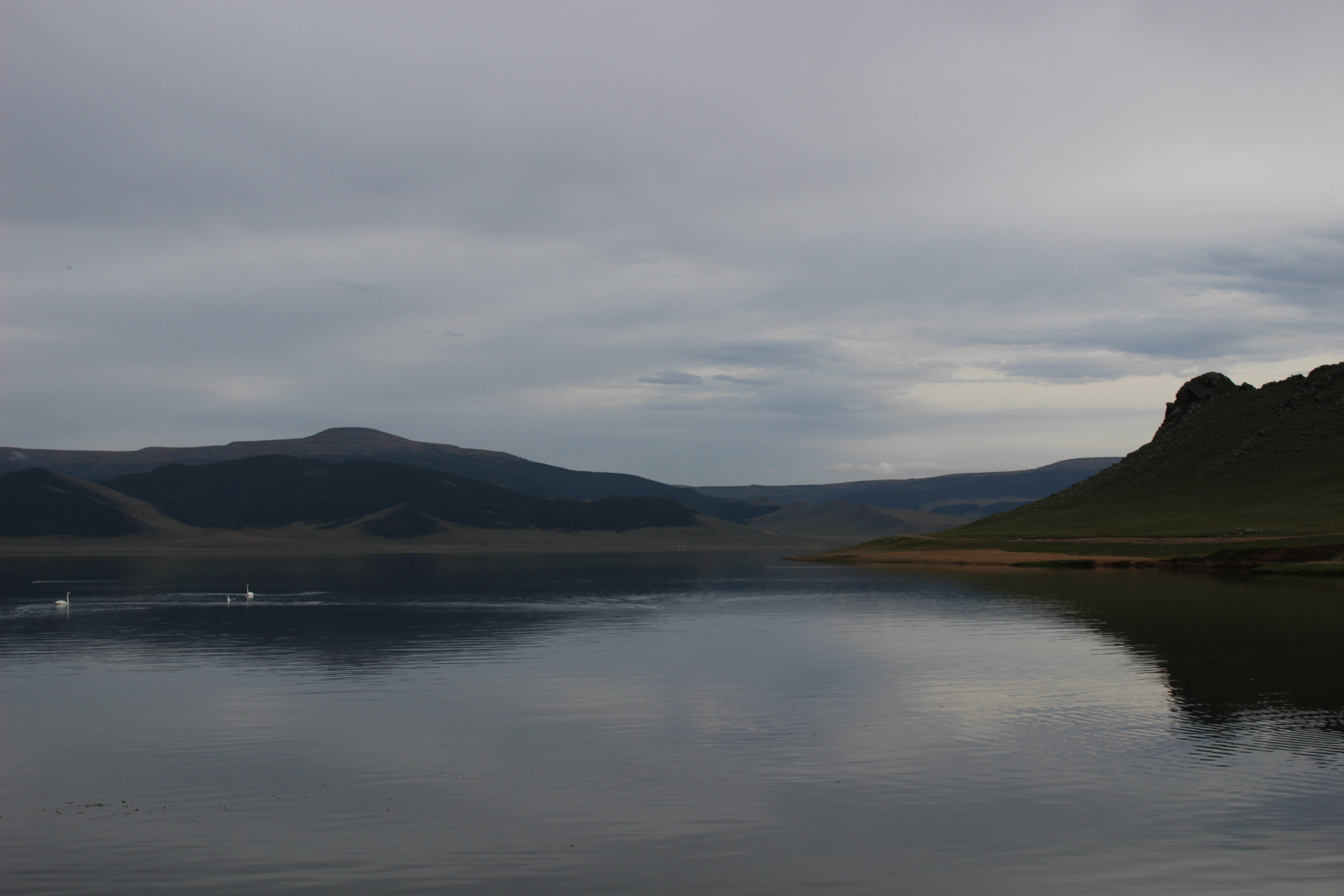









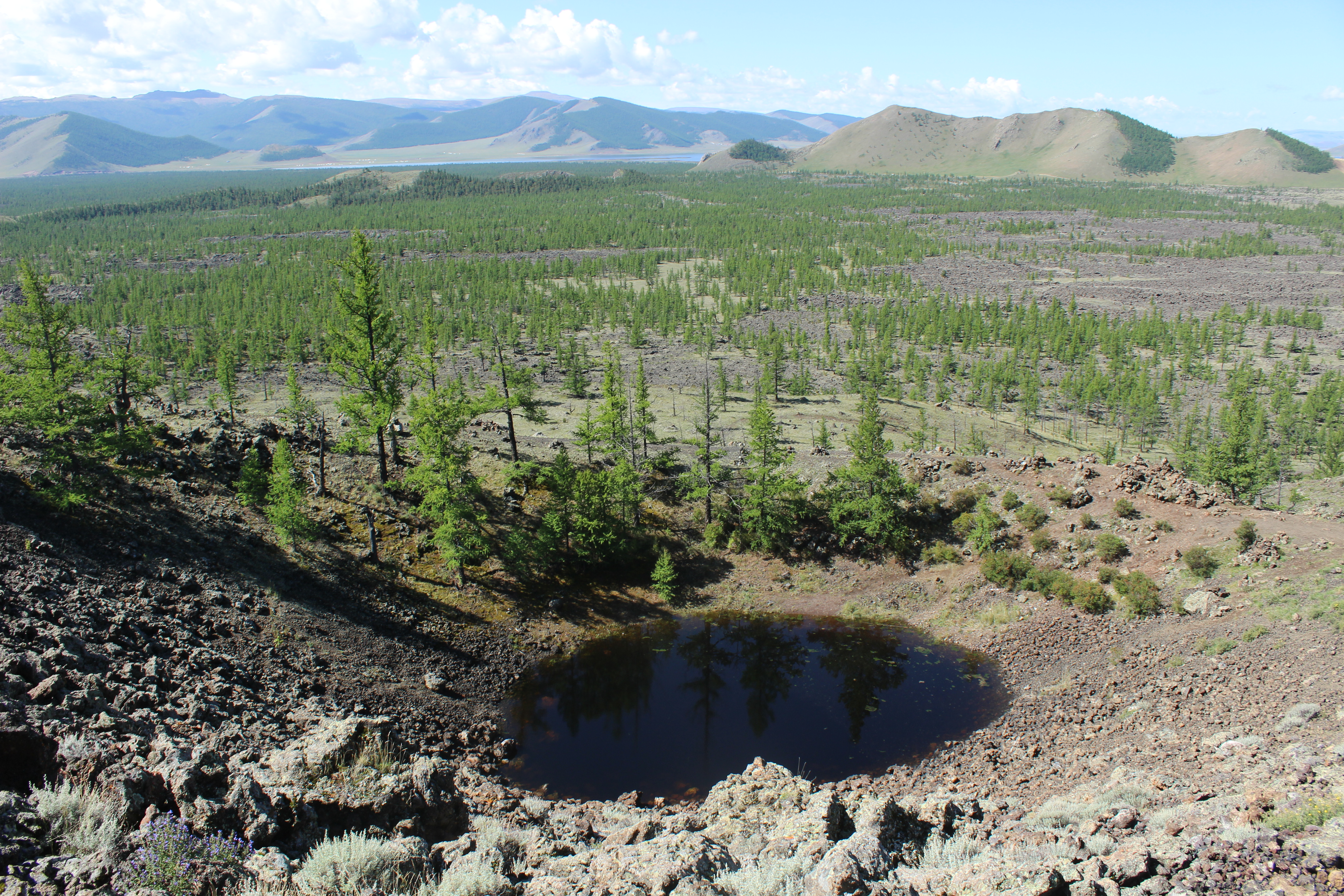
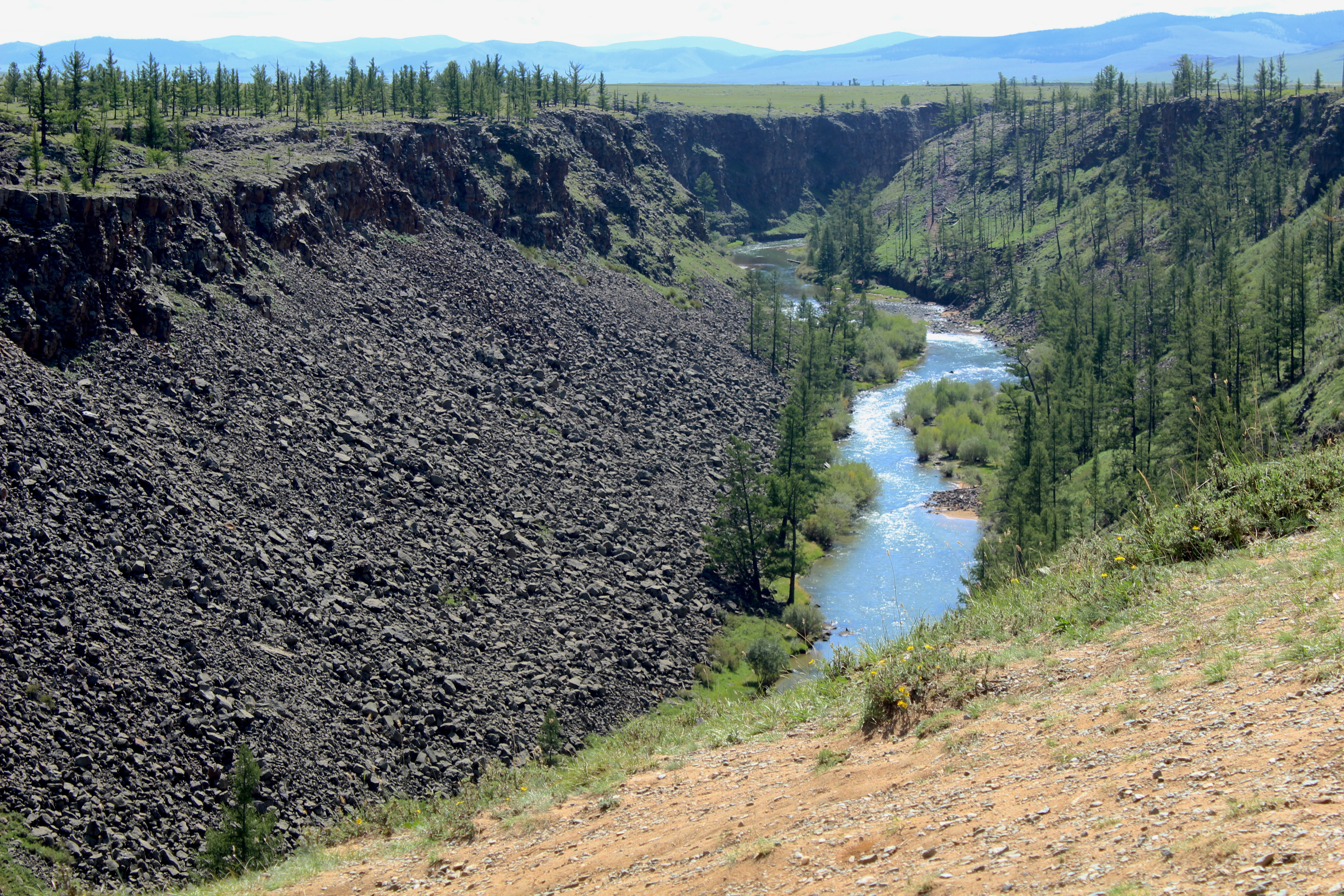

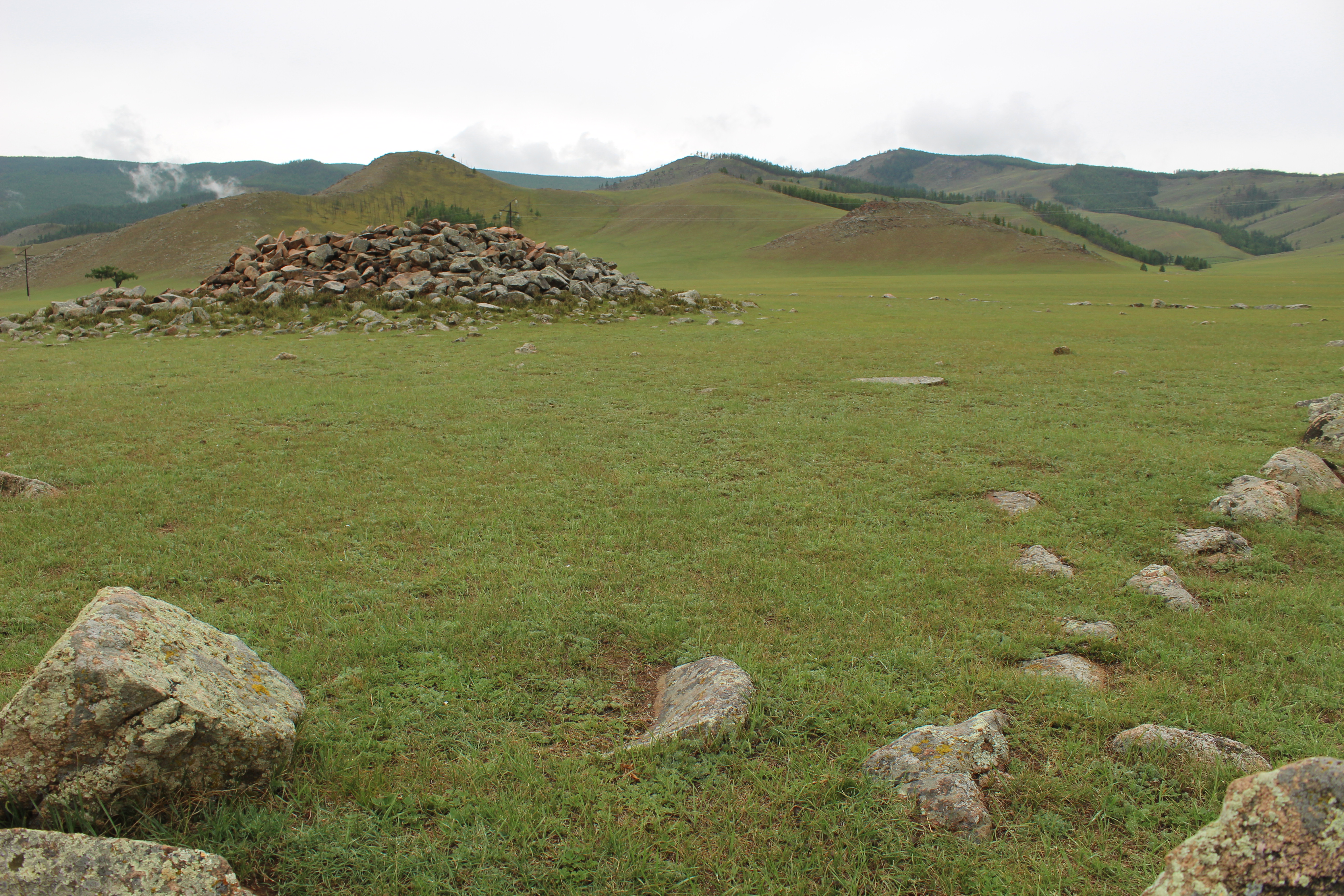
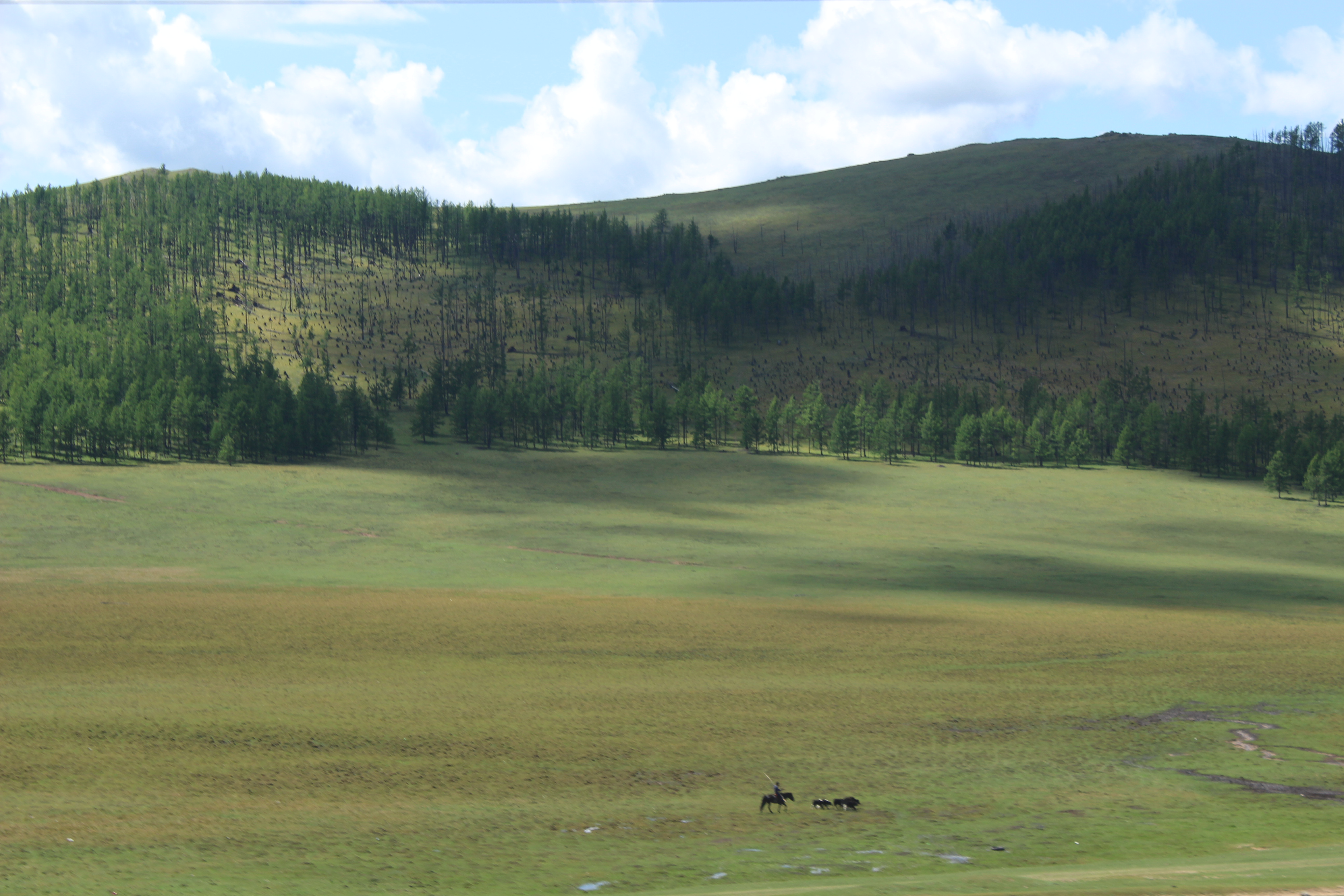
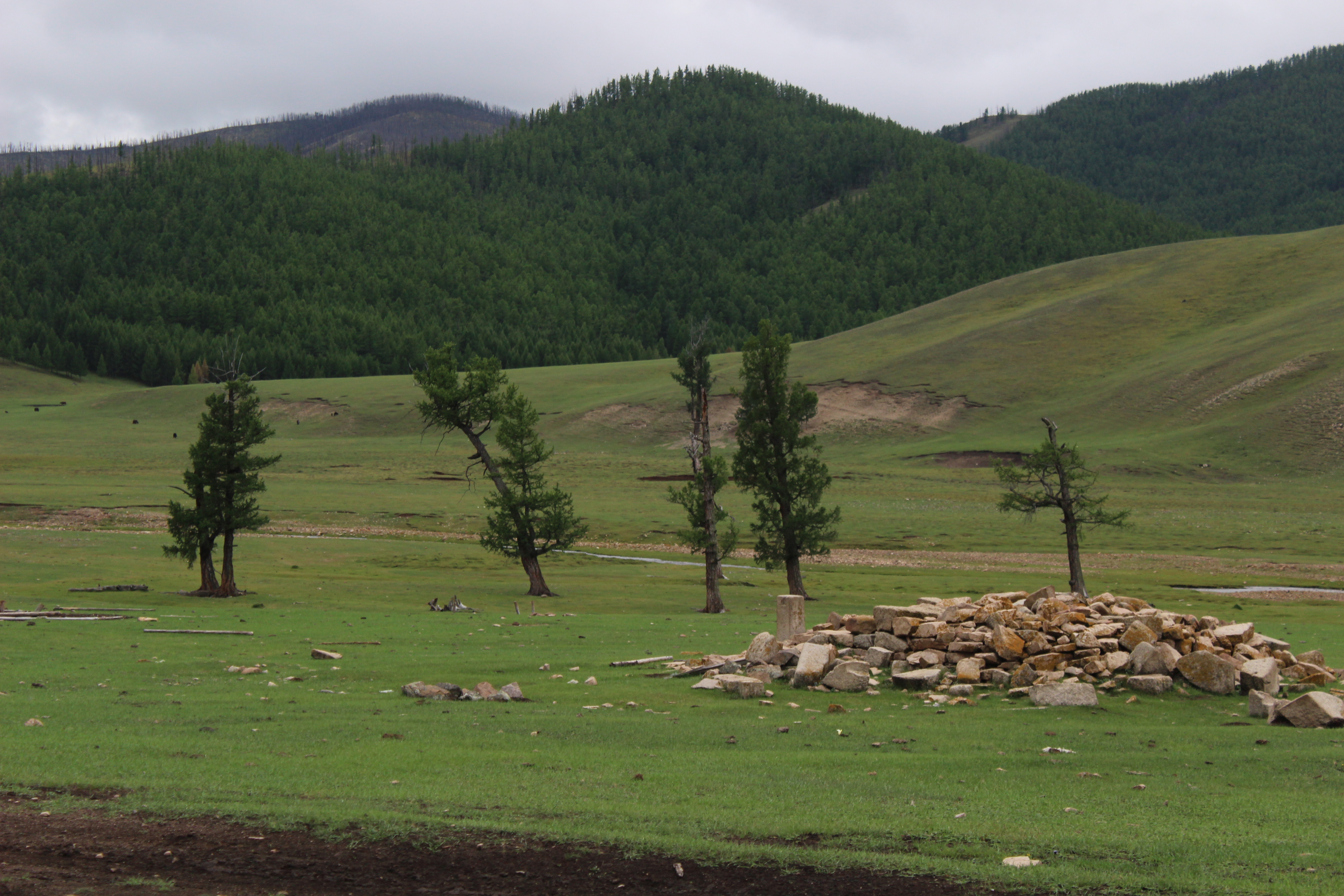


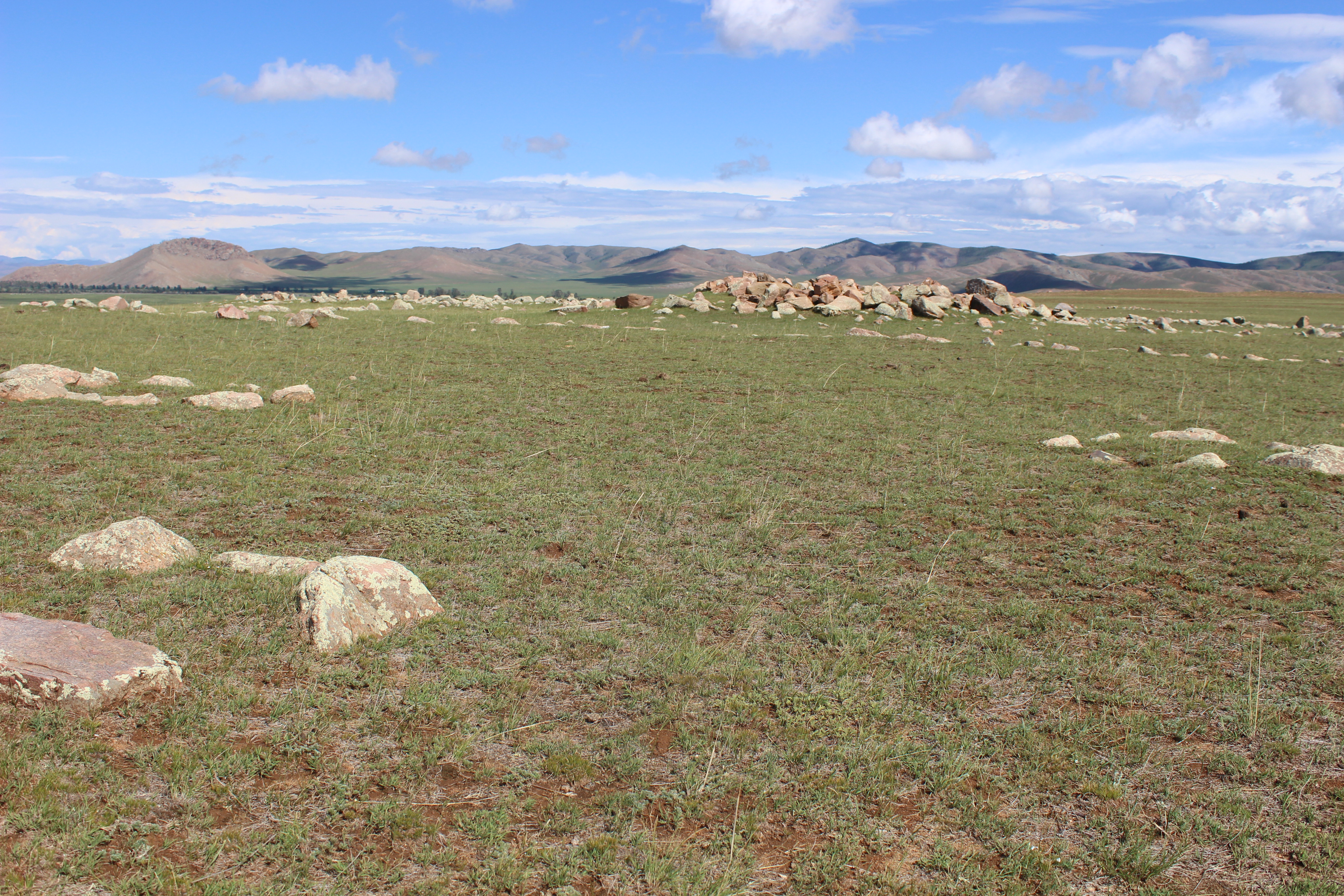


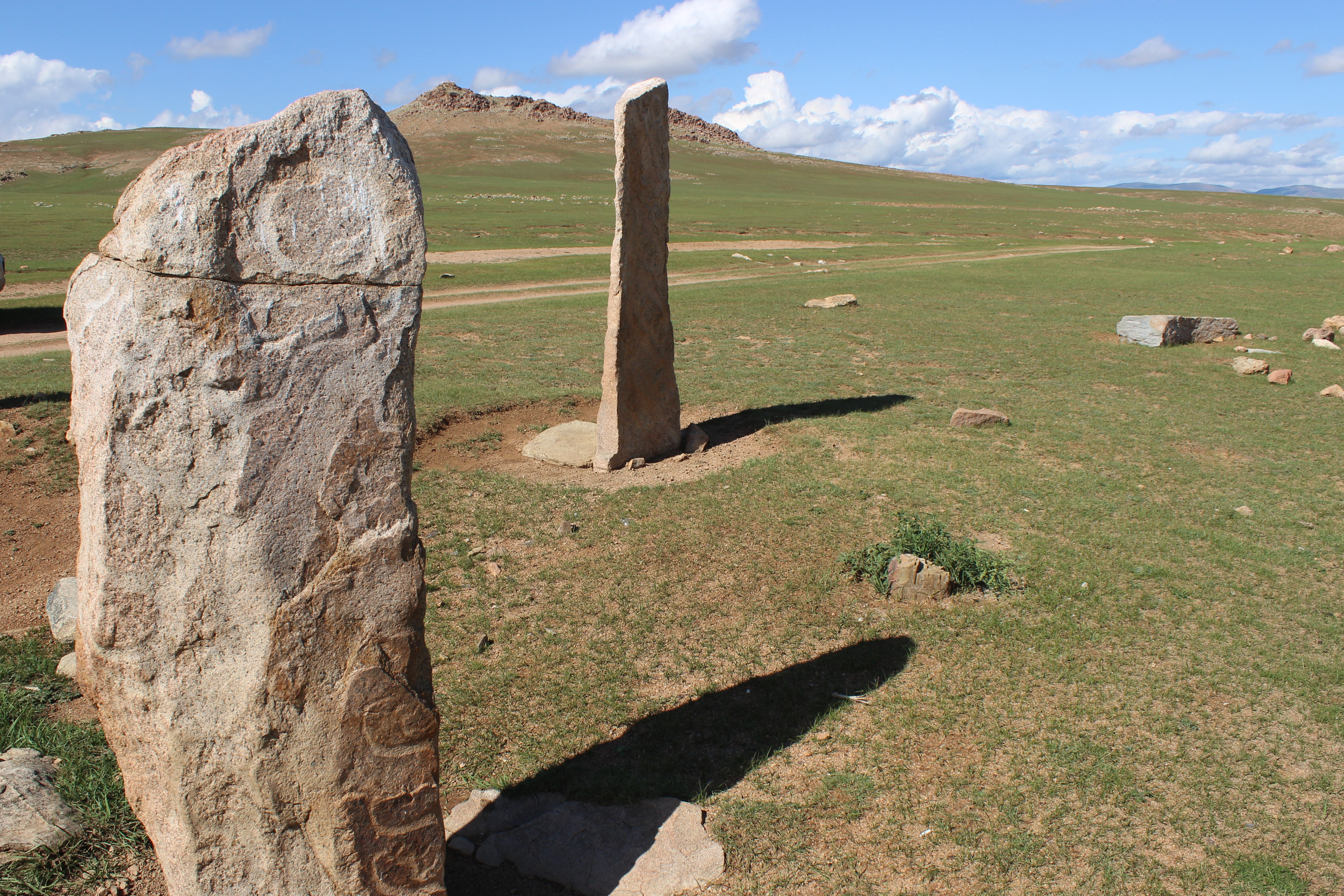

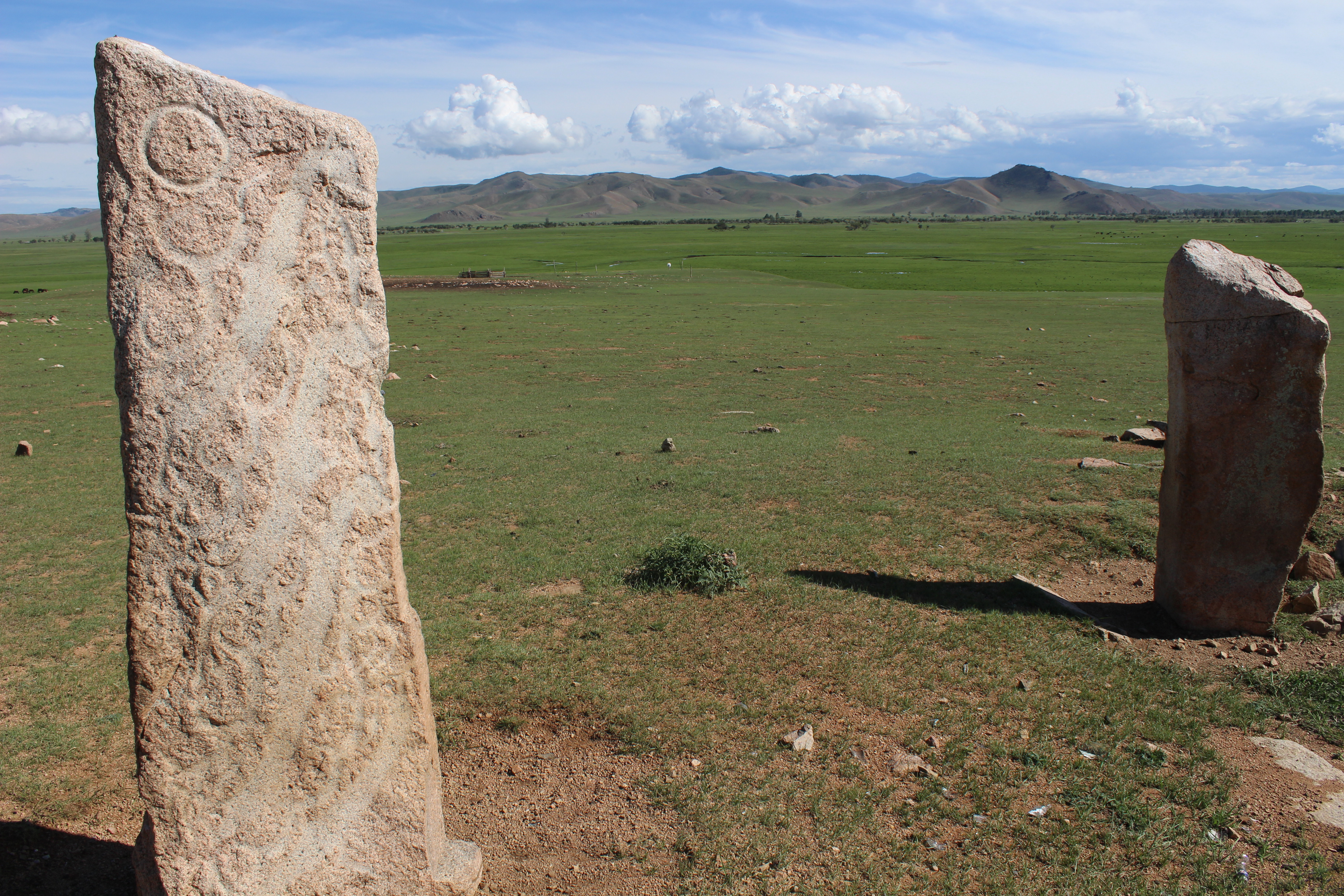


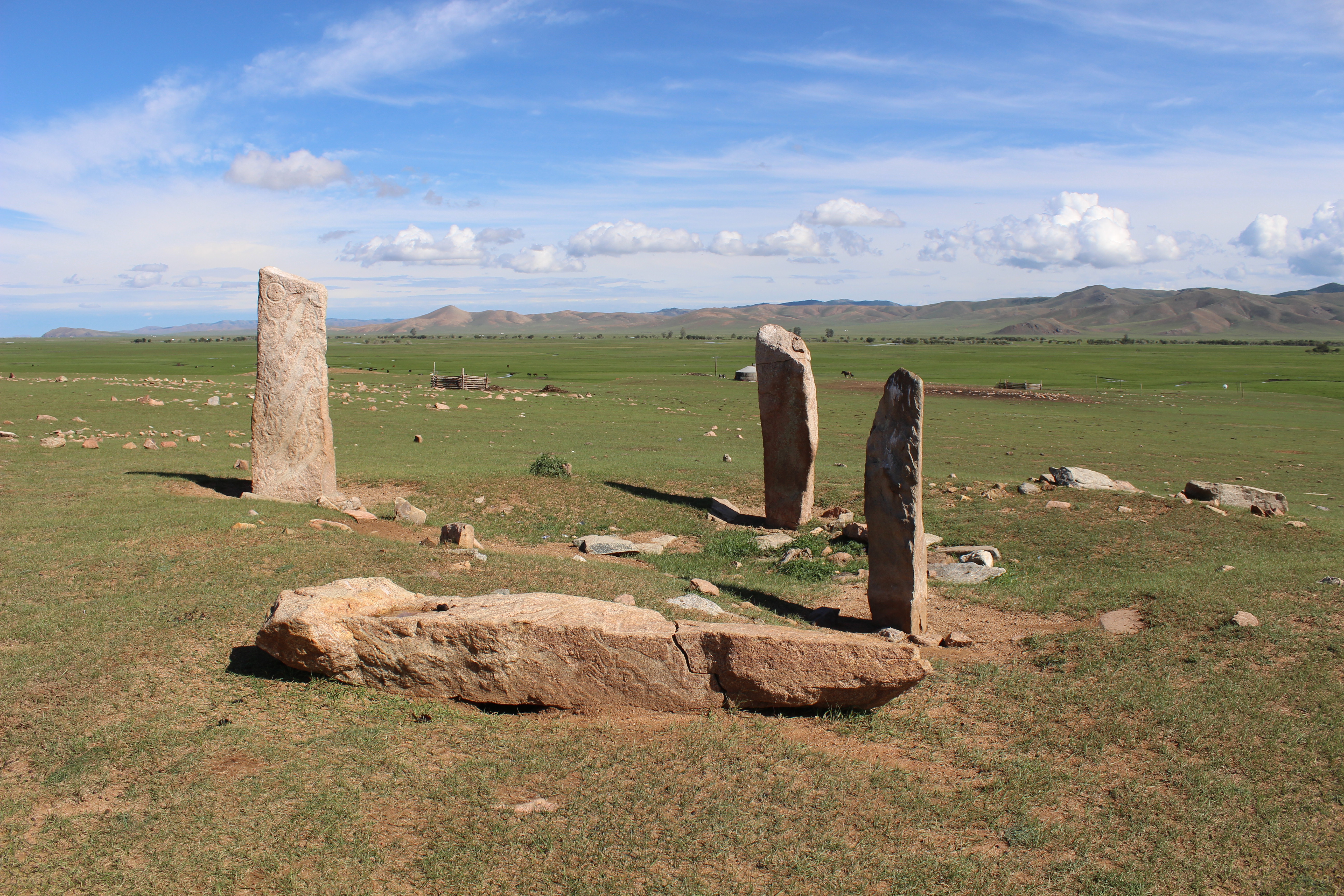


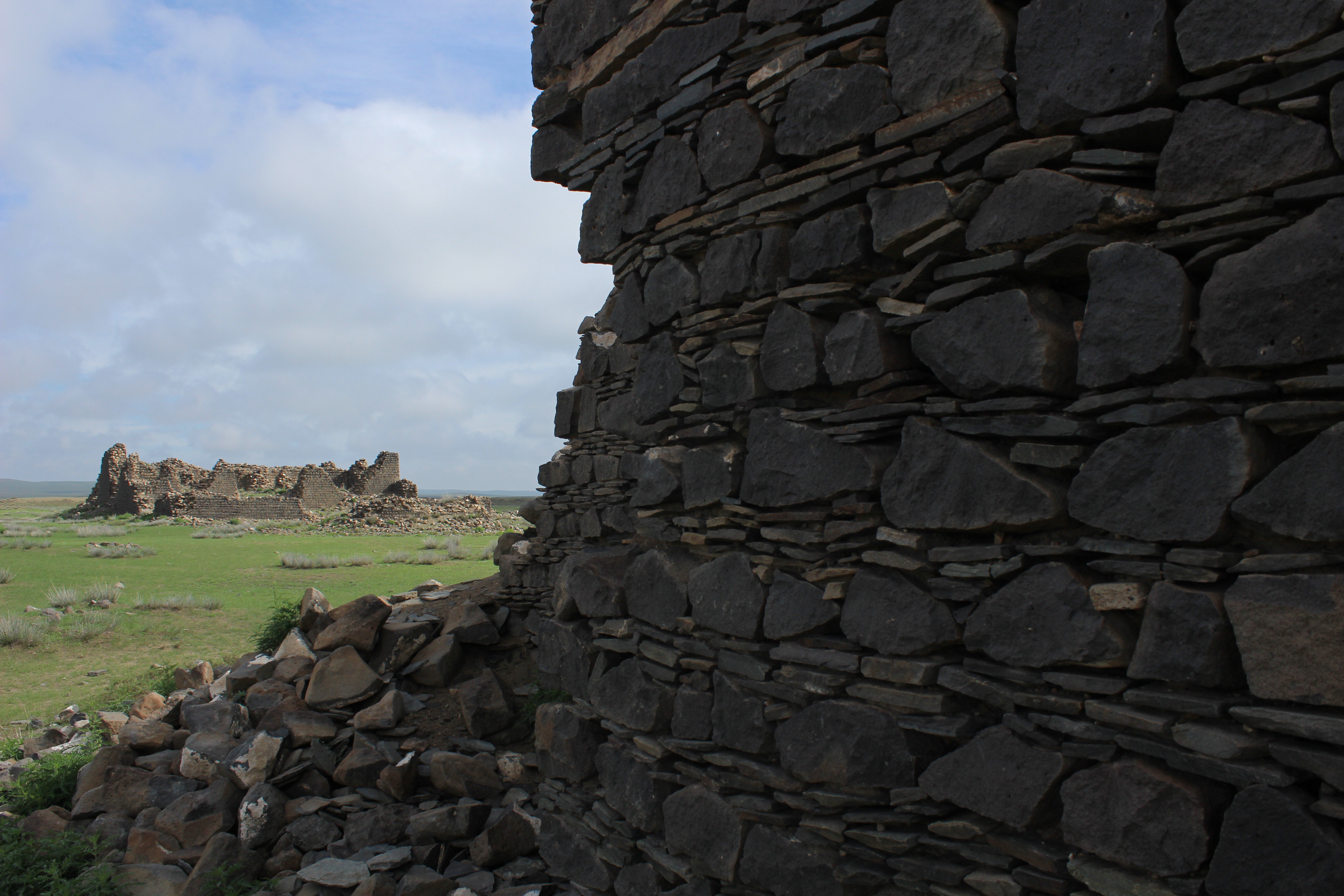


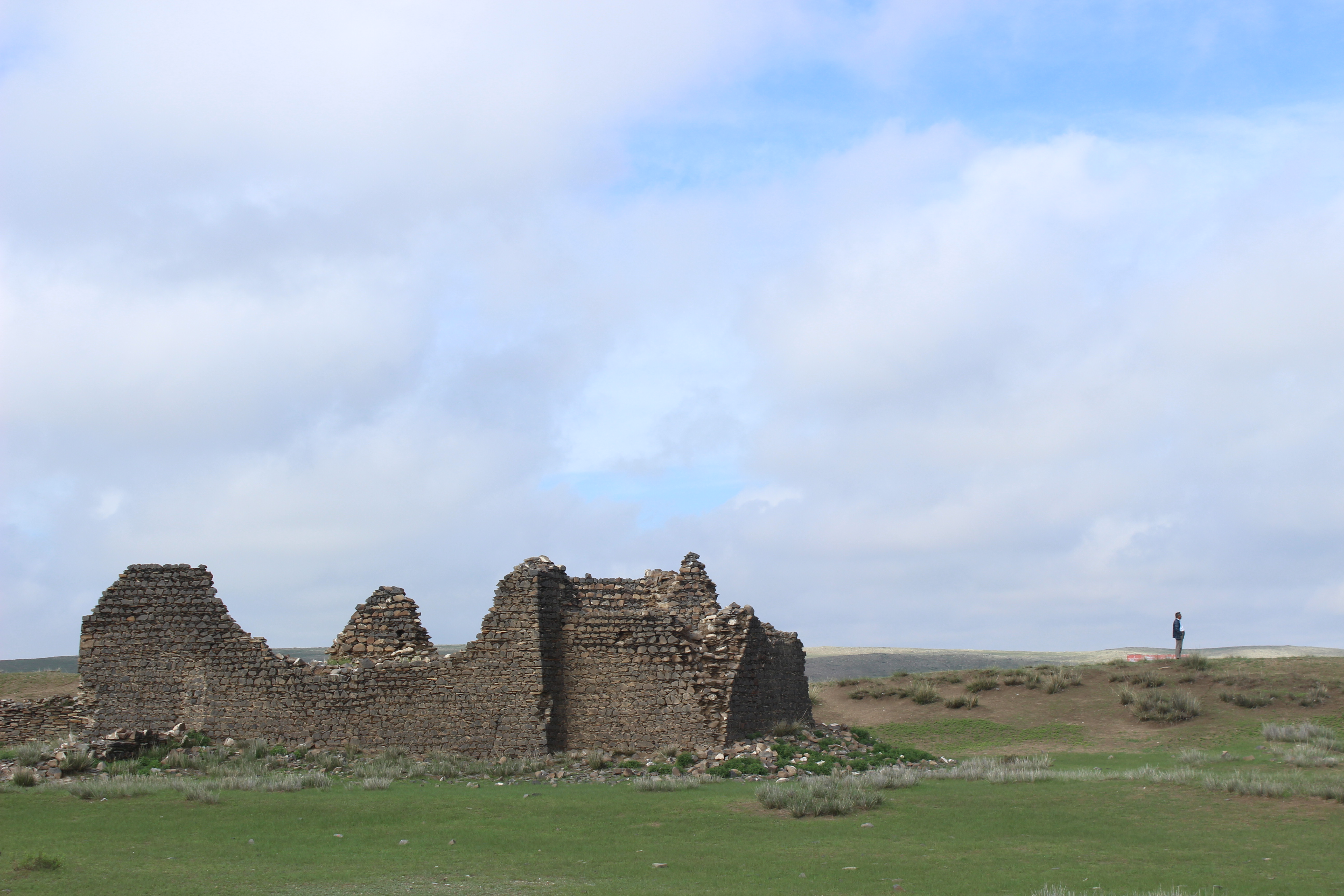
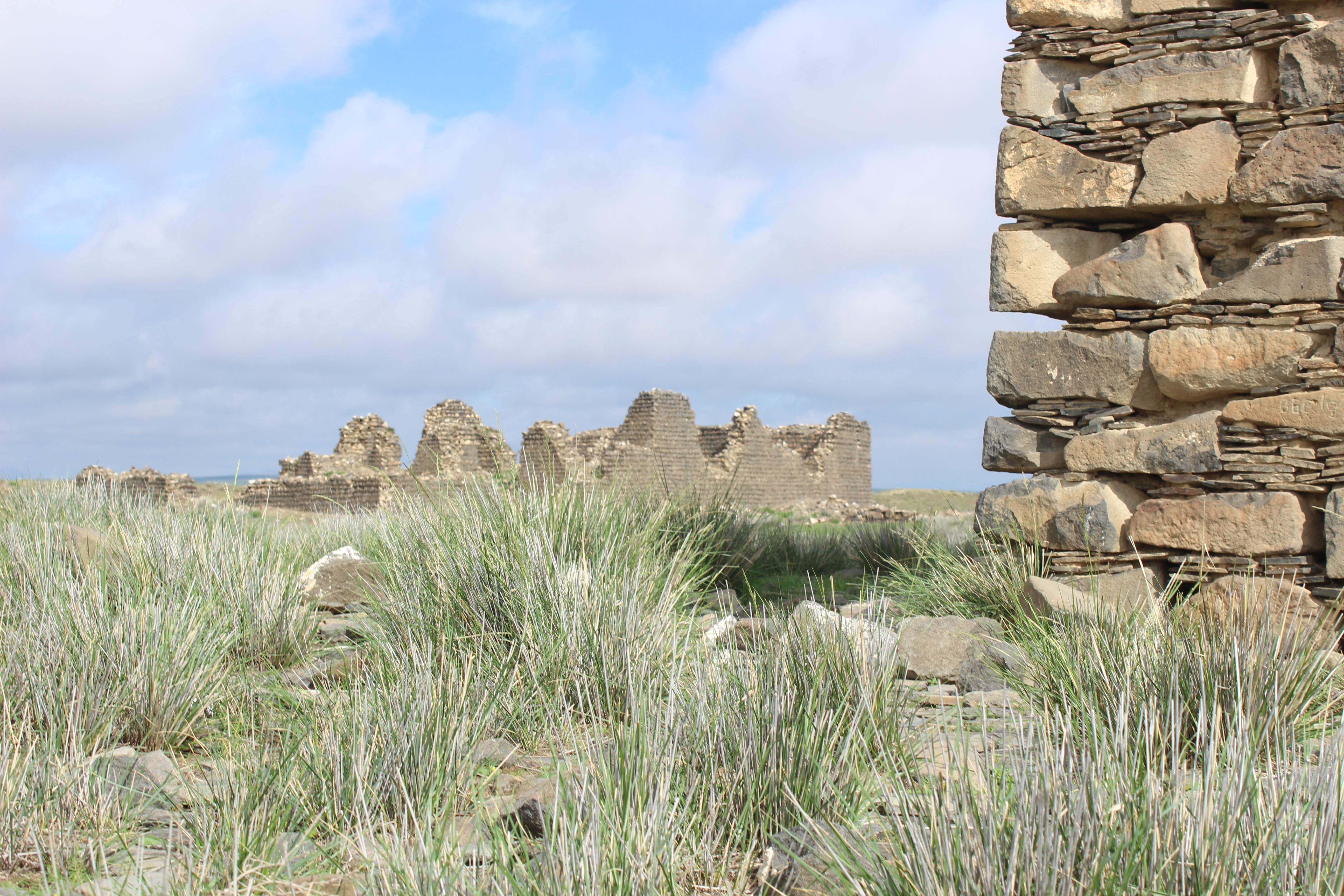

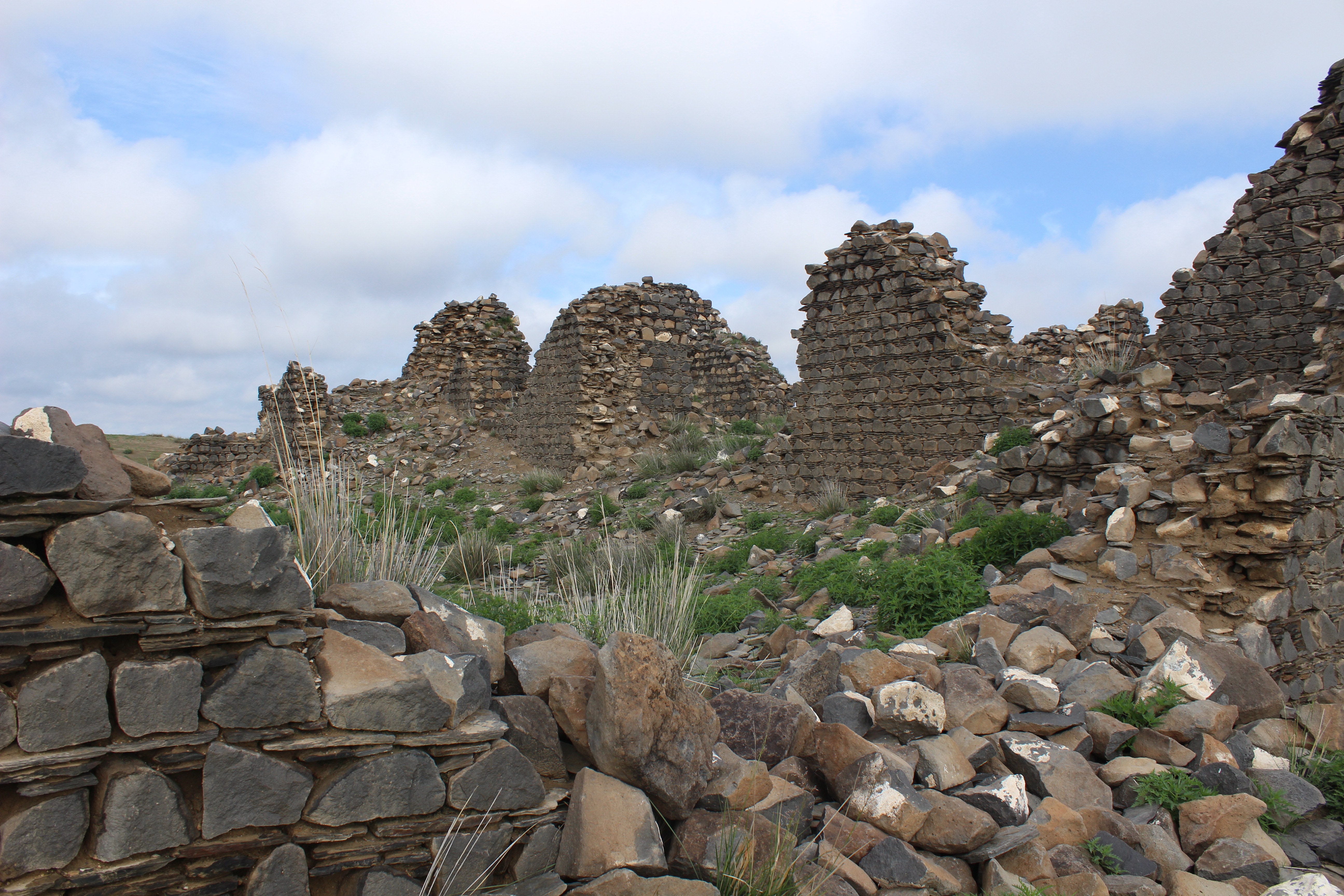
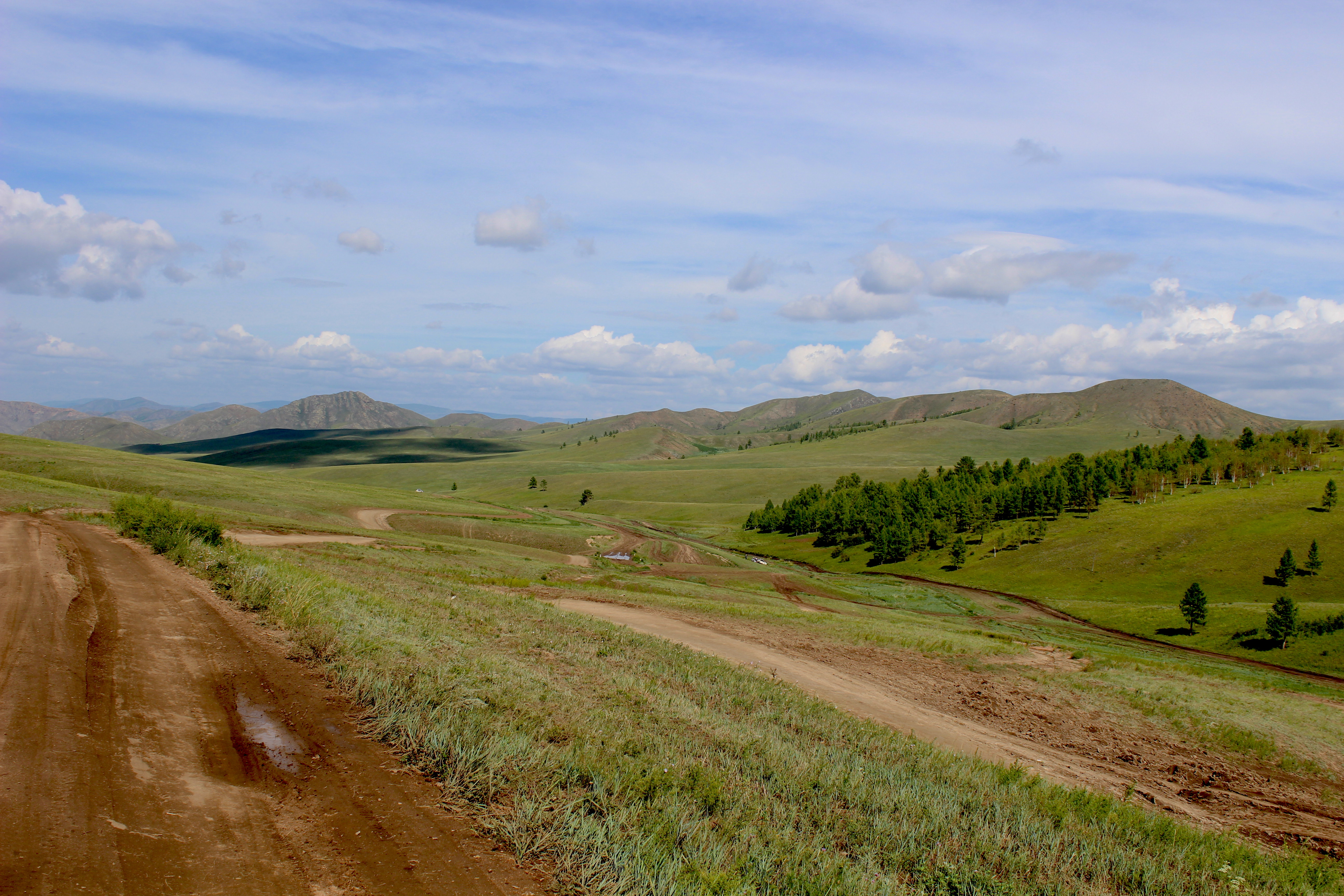
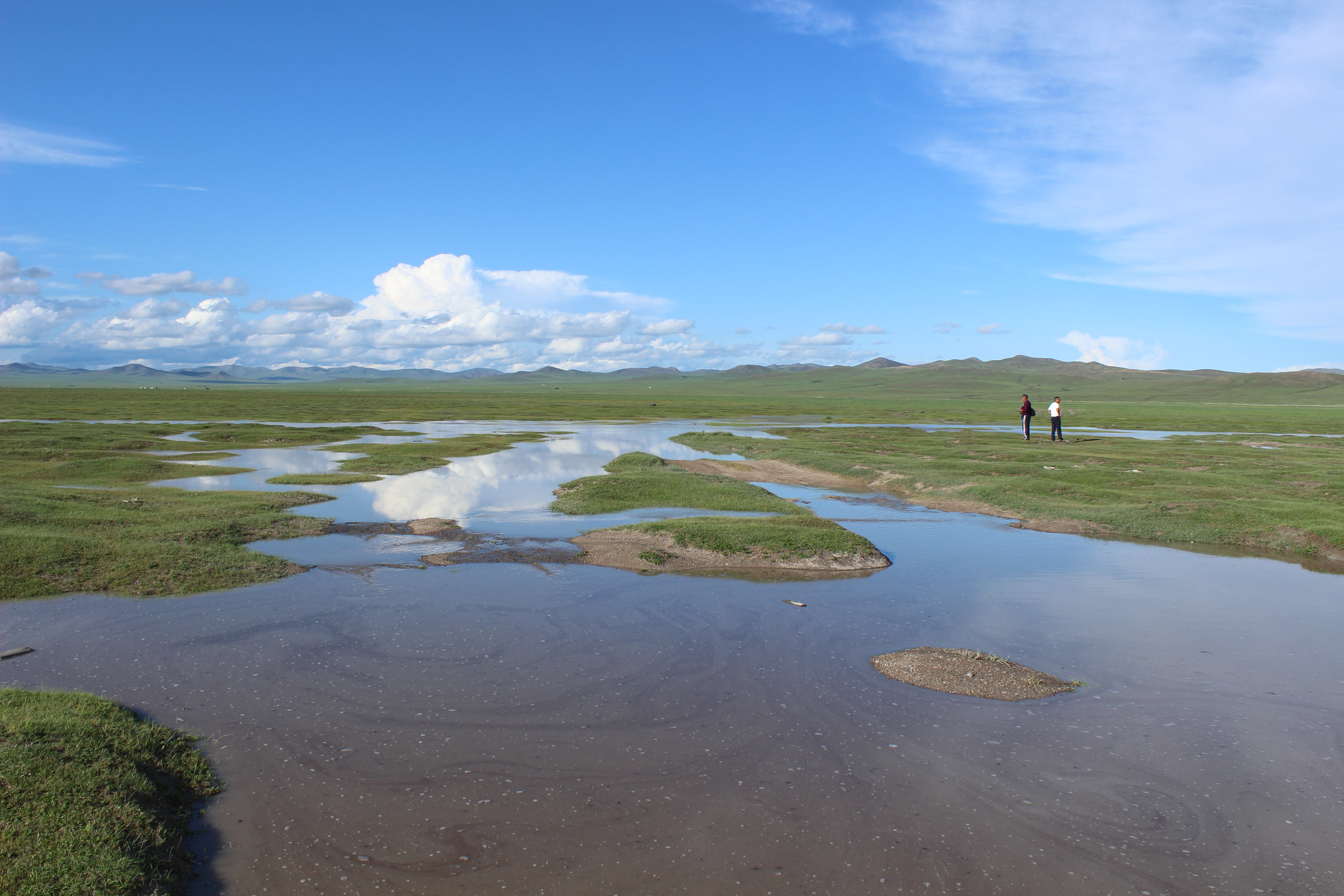

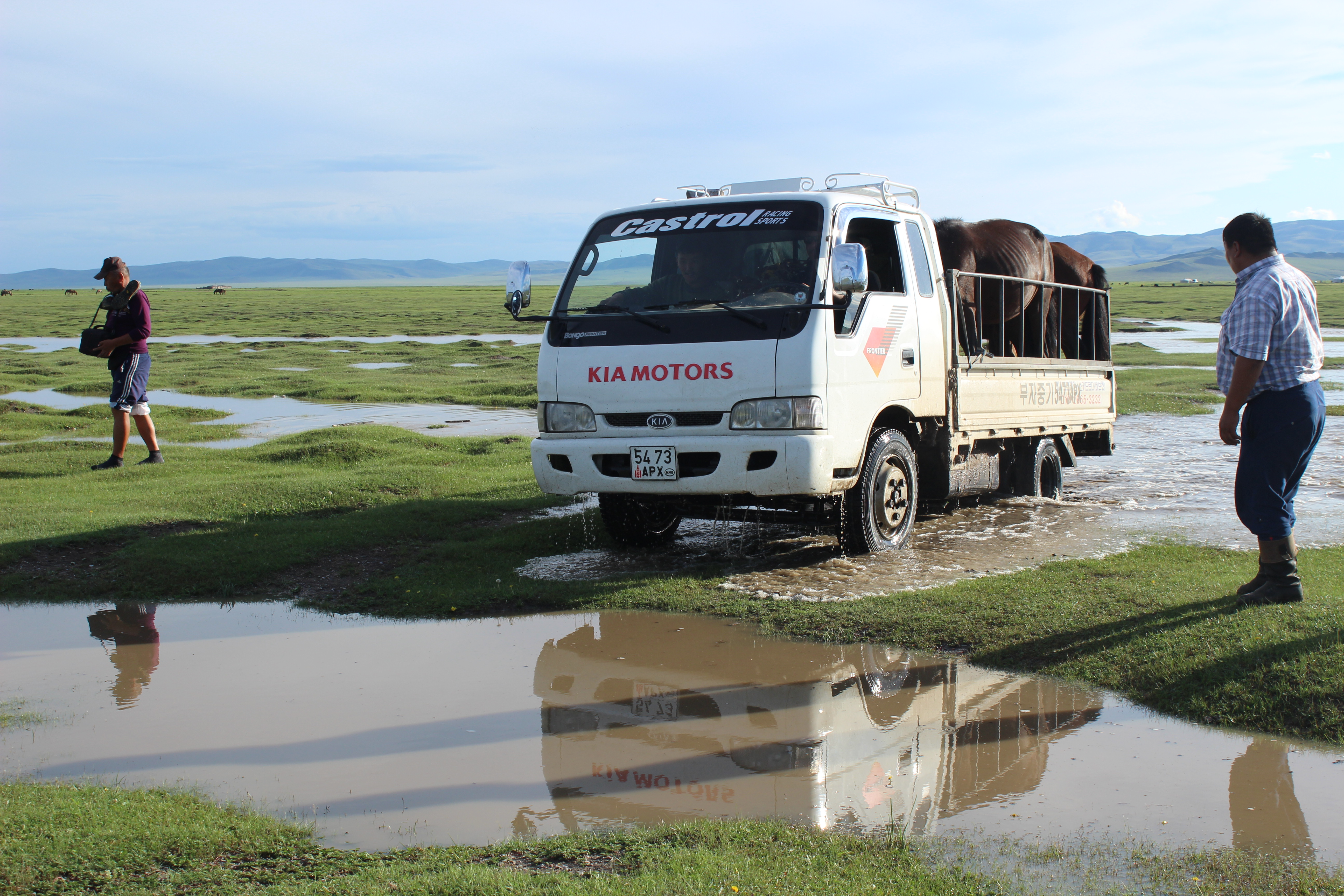
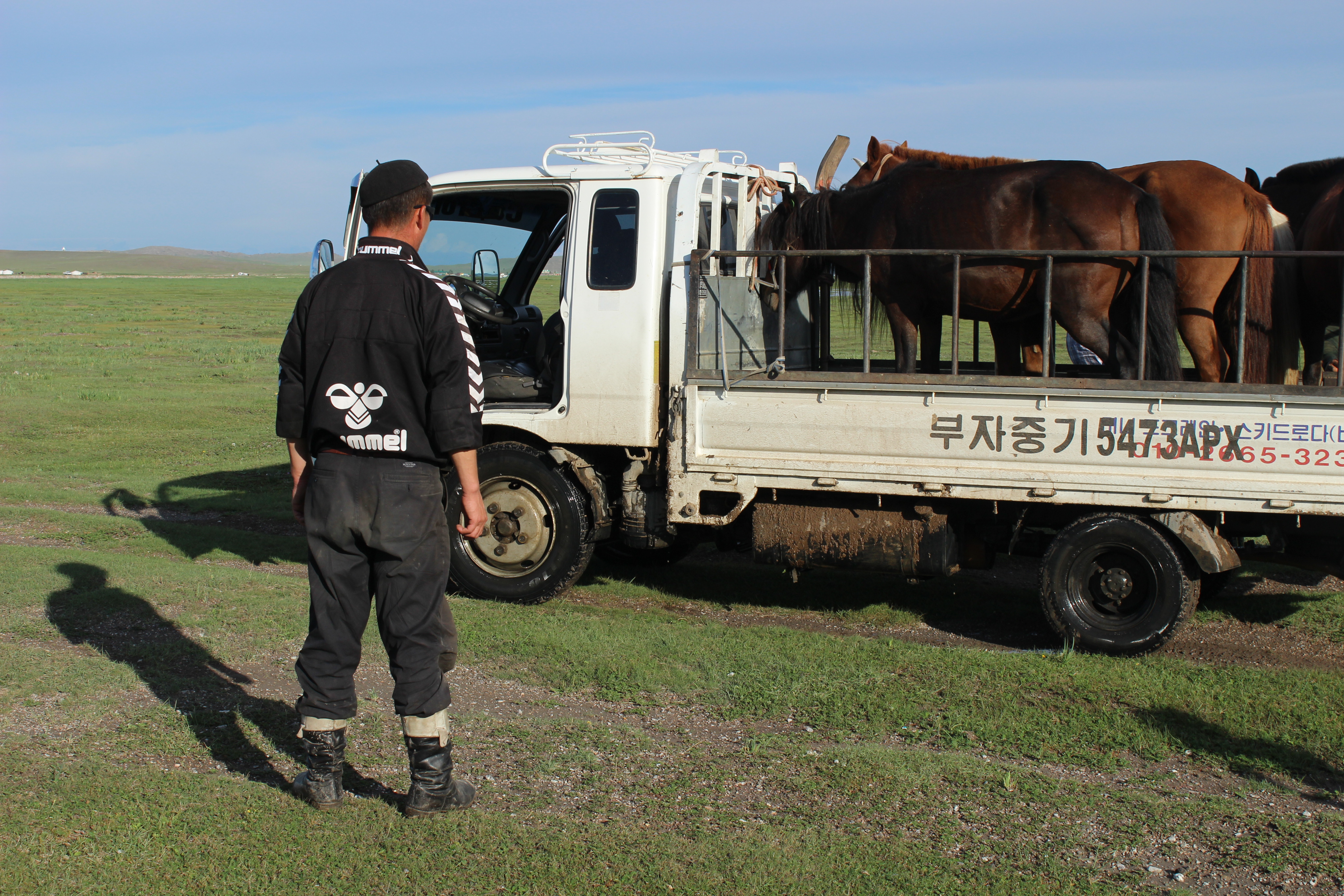


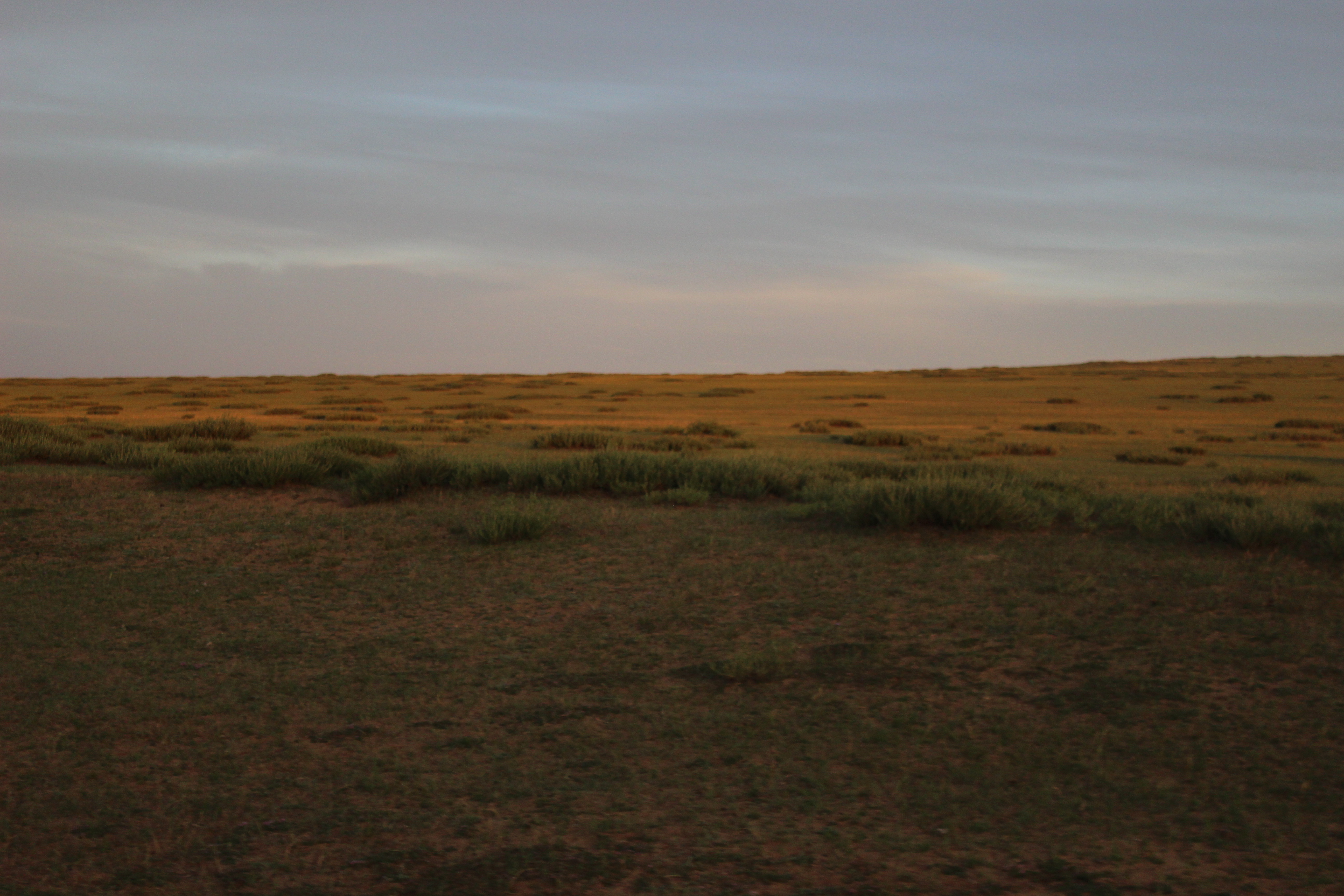
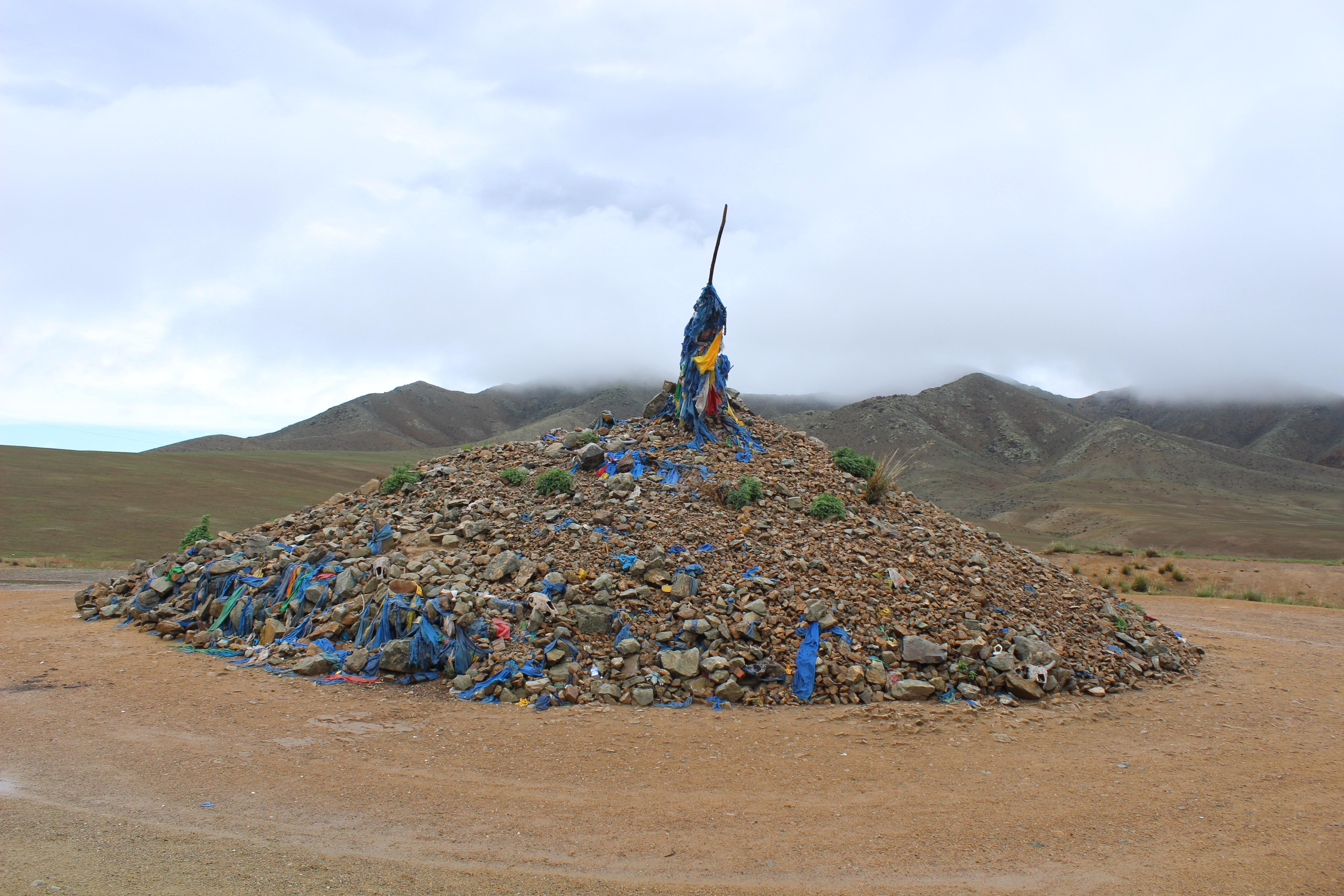

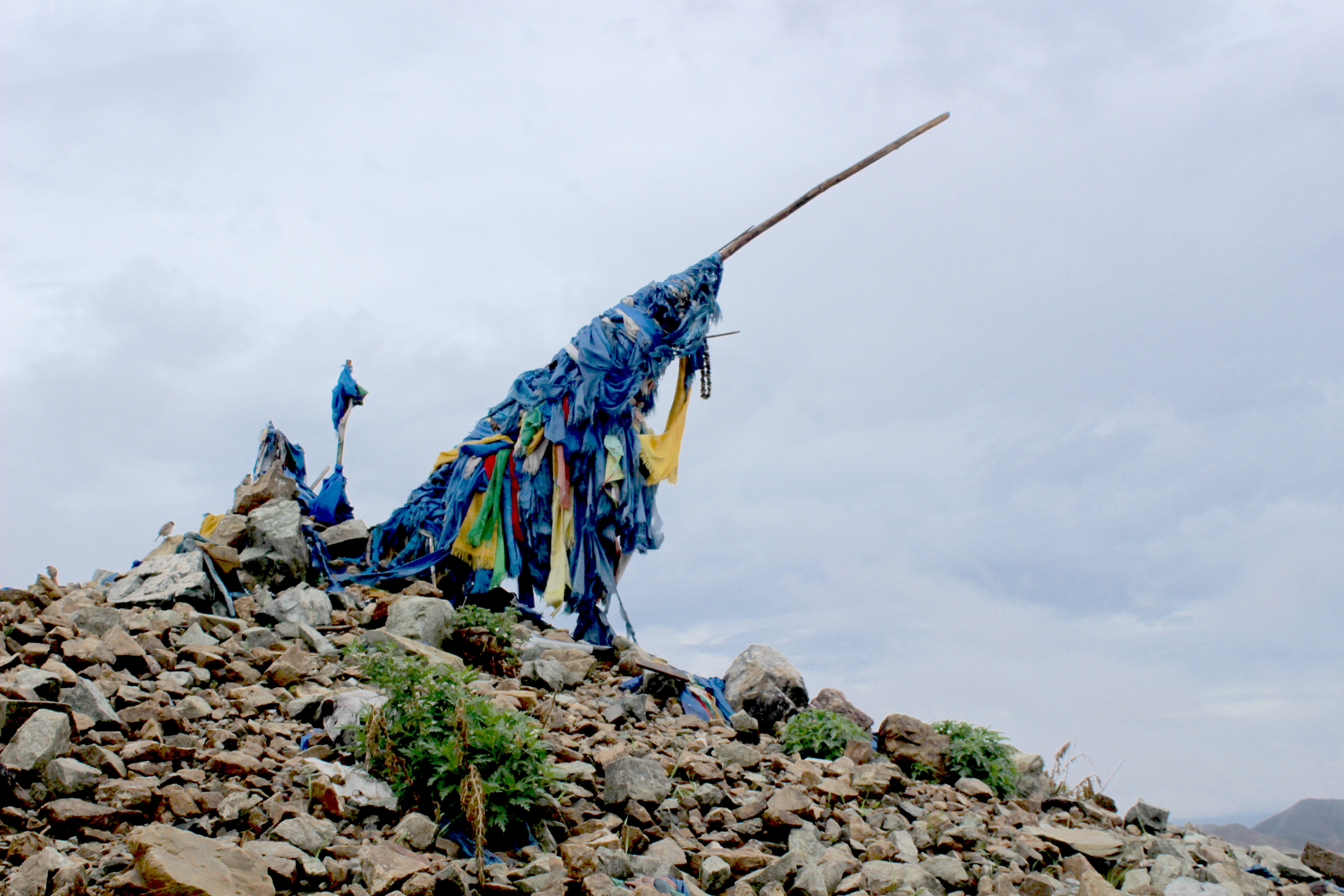

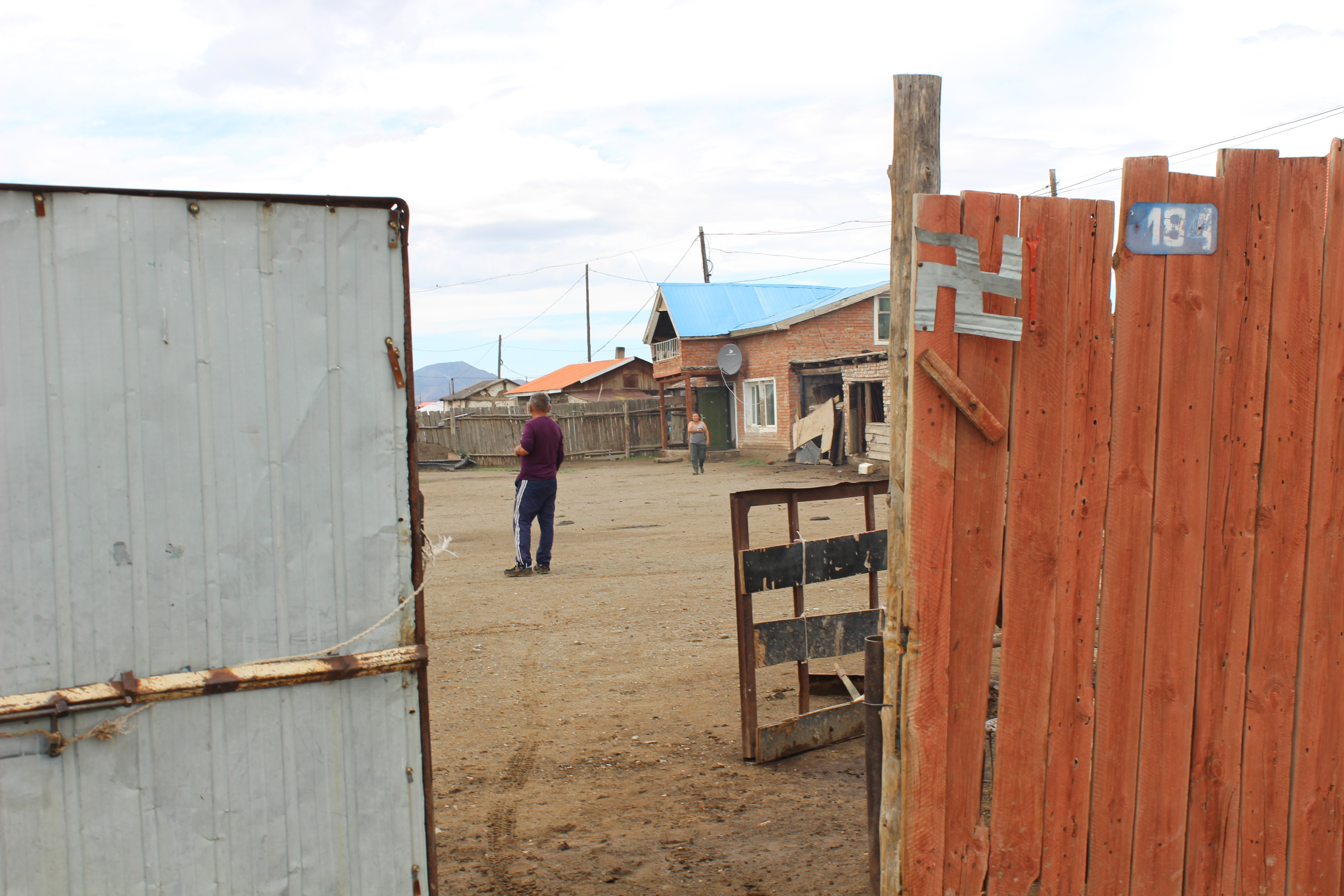
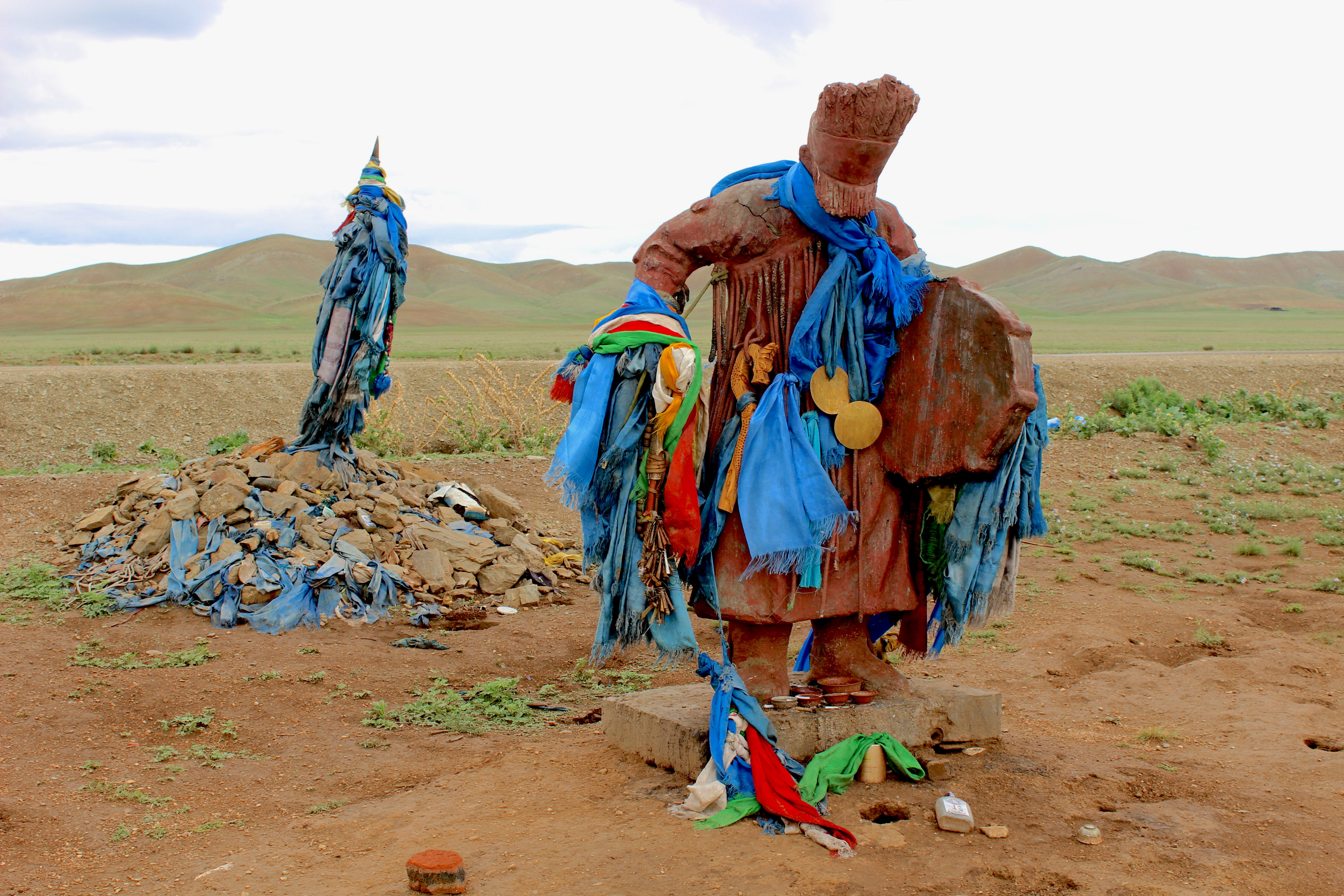

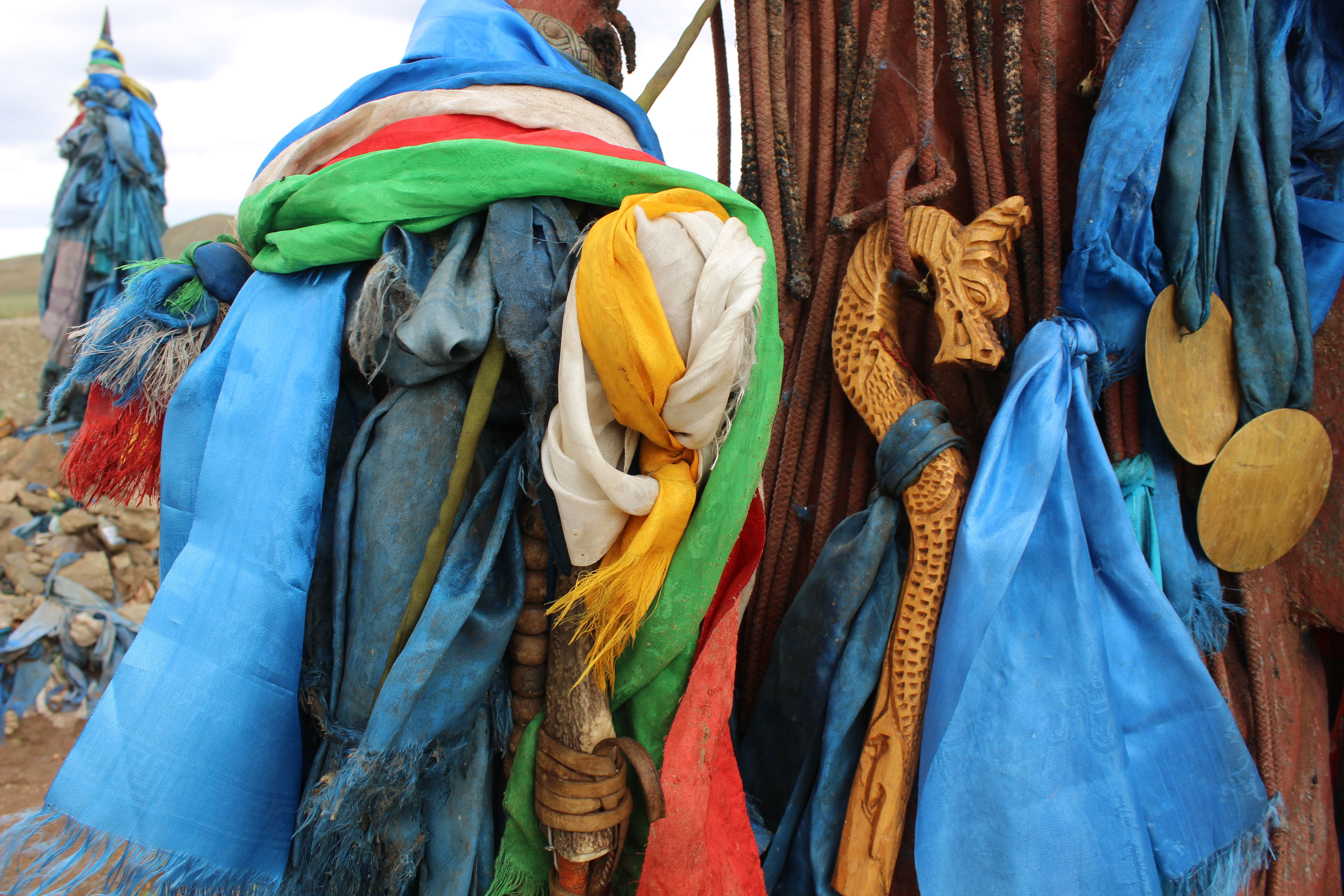


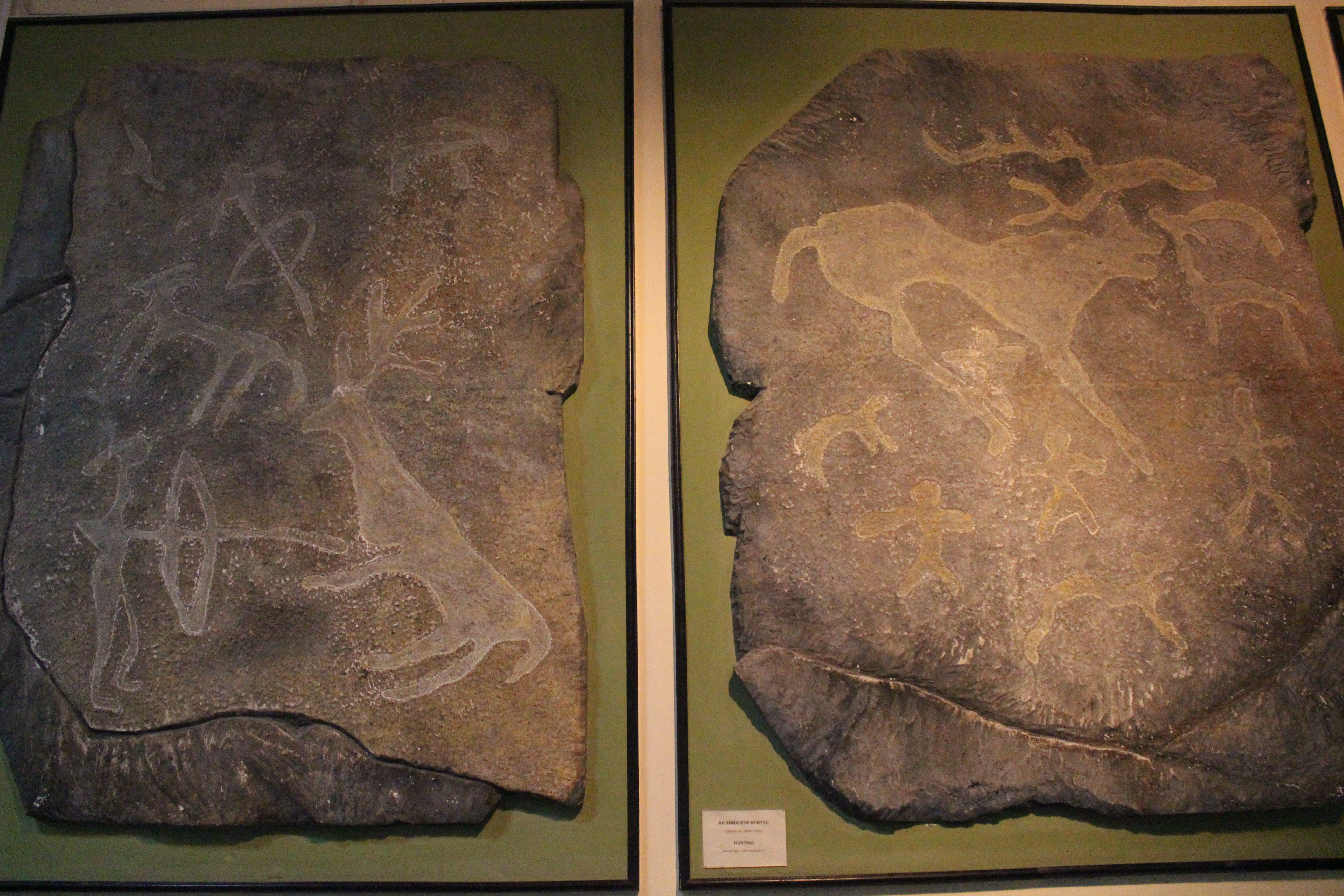
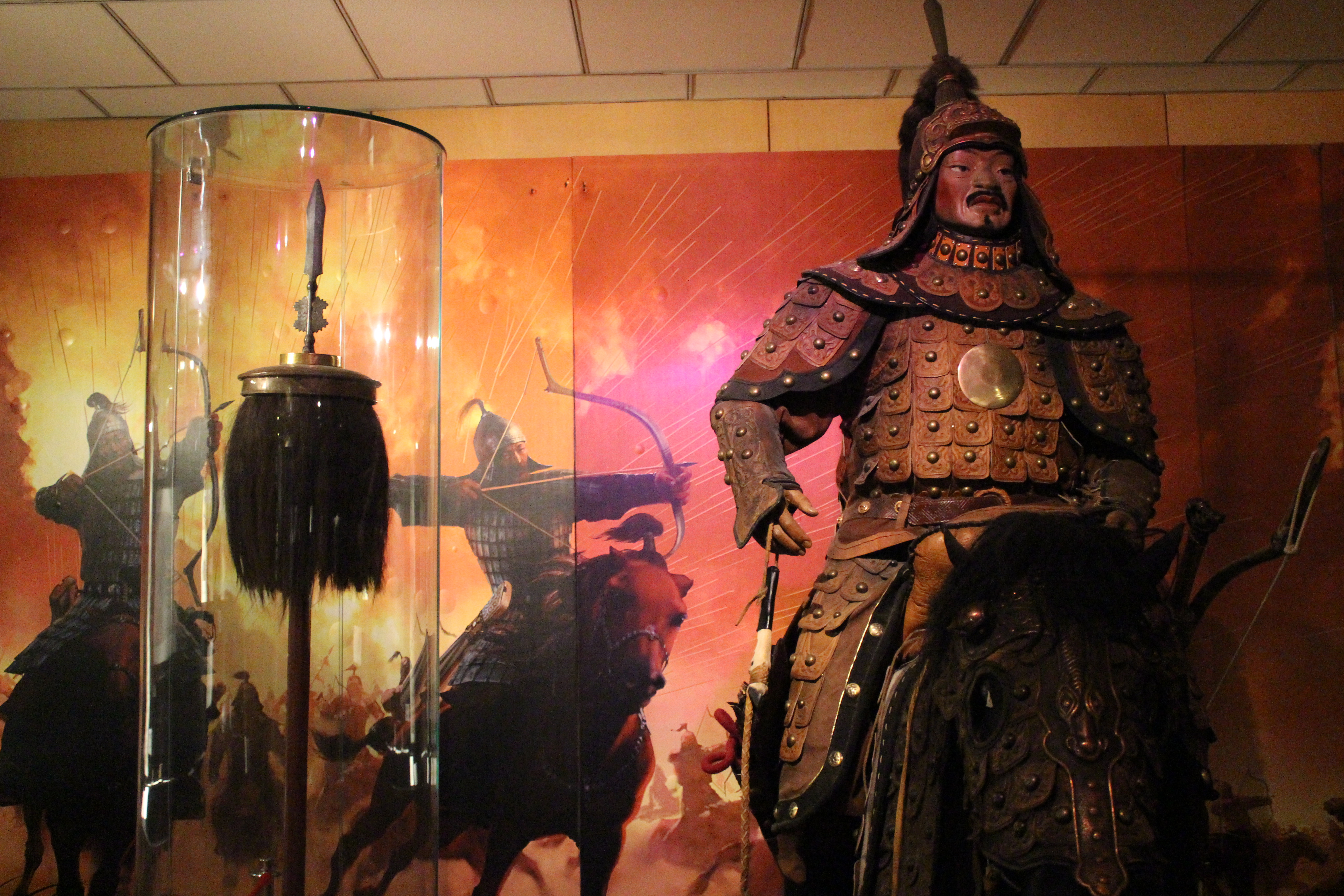
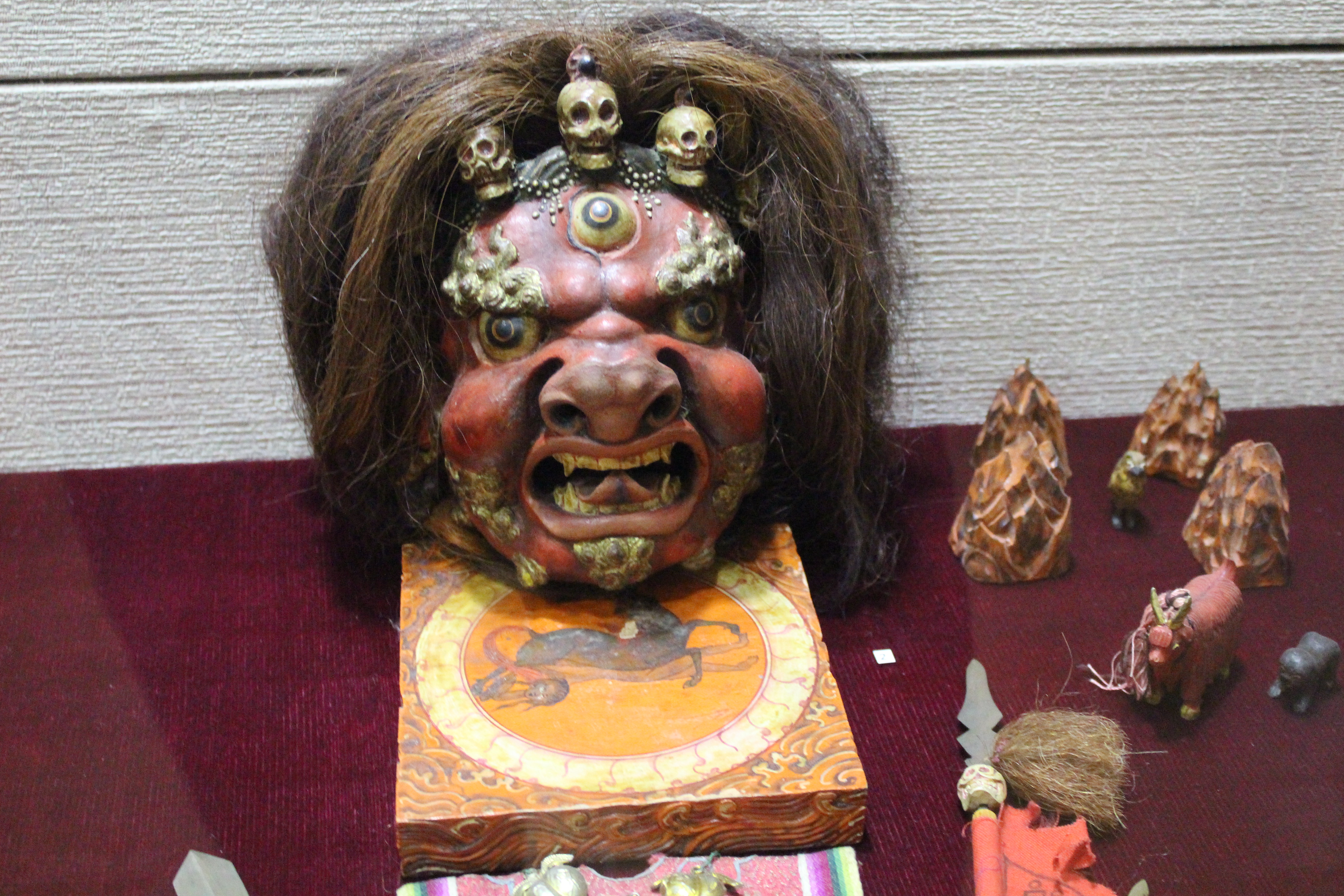

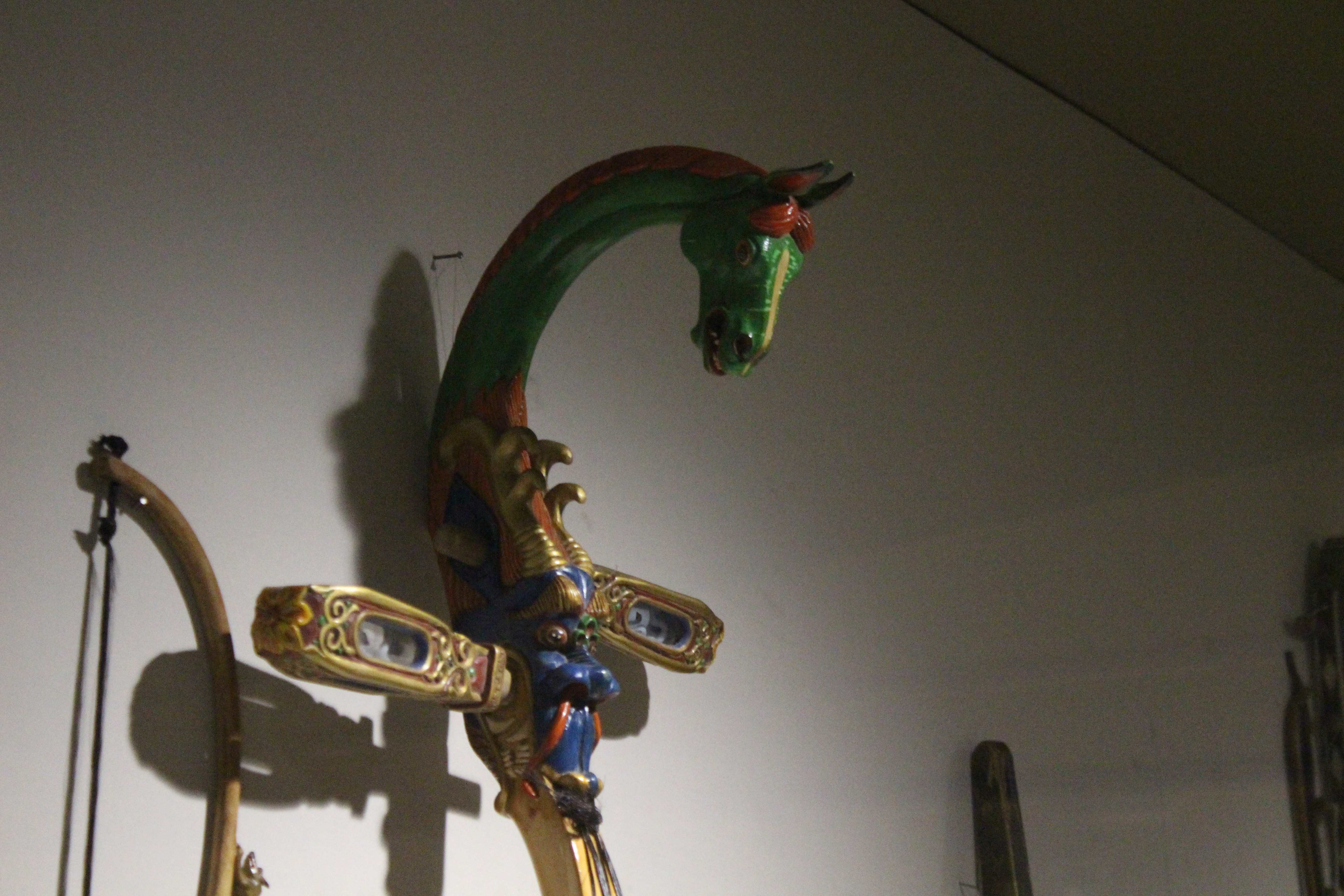
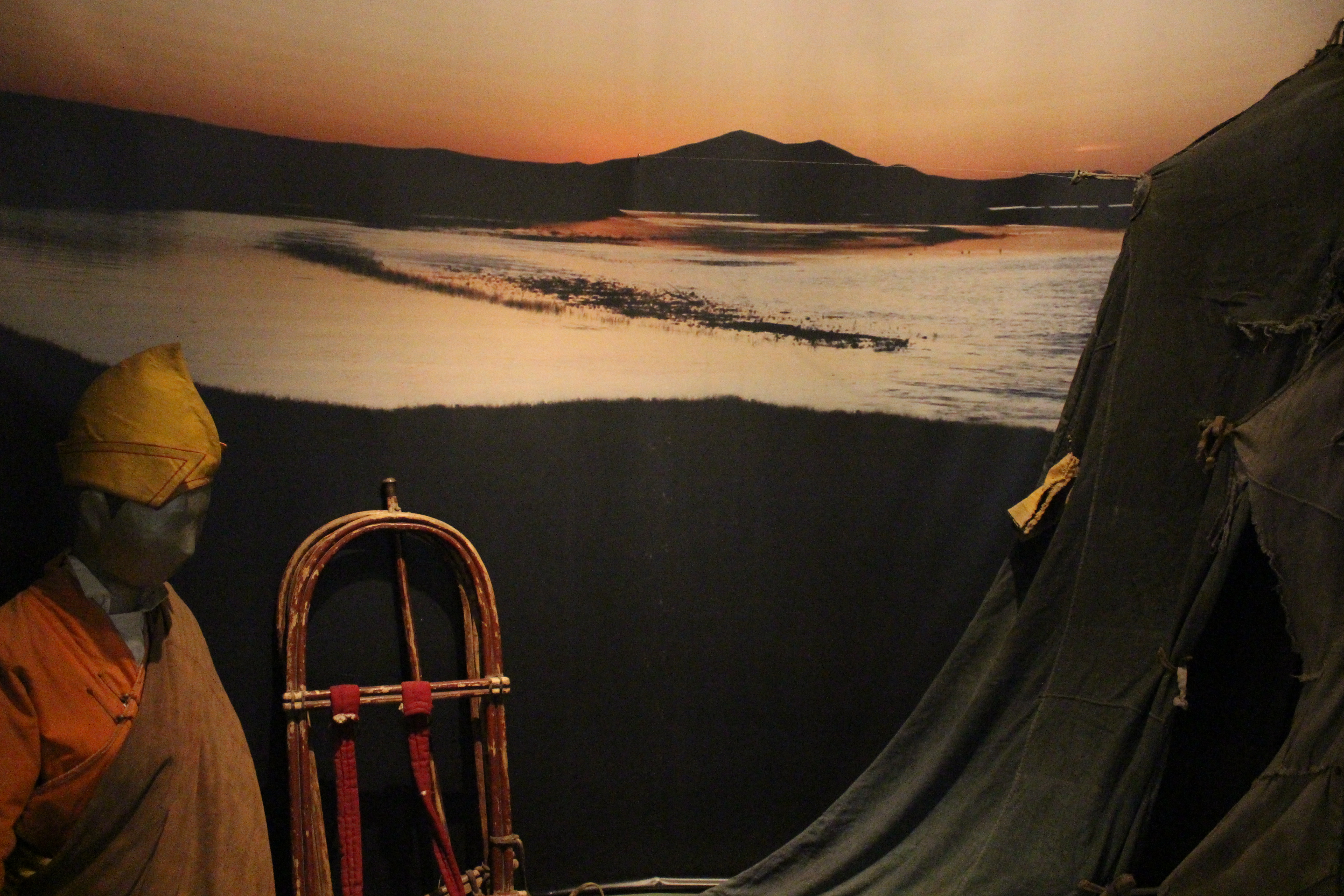
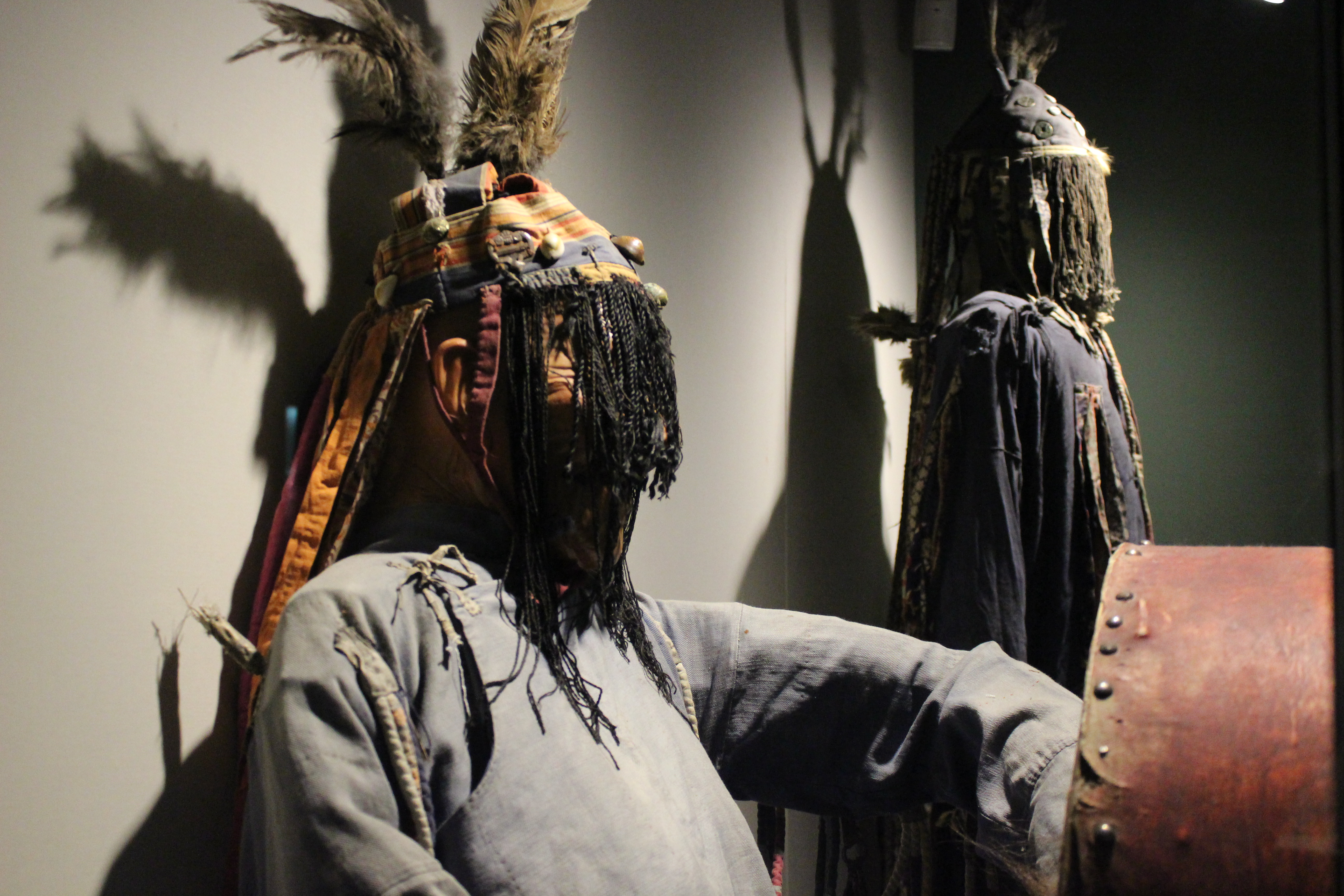
Really interesting compliments
Thanks Francesco 🙂